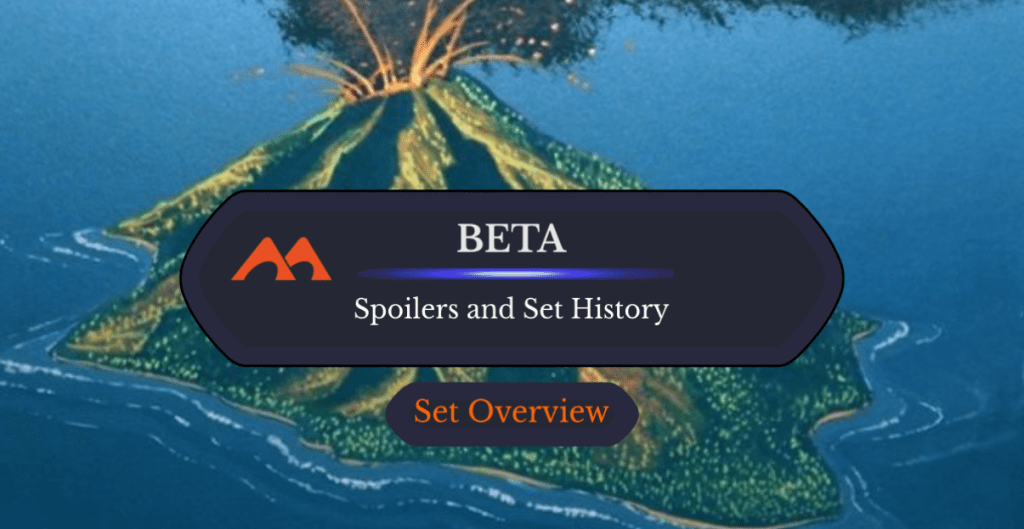
Volcanic Island | Illustration by Brian Snoddy
As a wise man once said: “If you’re not first, you’re last.” Sure, being the first at something is great, but Ricky Bobby’s dad didn’t seem to grasp that there’s merit in being second, too. Case in point: Limited Edition Beta, Magic’s second ever set.
Codenamed LEB (don’t worry, we’ll be calling it Beta), this set took everything people loved about the original Magic expansion Alpha and did it again. Imagine a universe where The Empire Strikes Back was just Star Wars: A New Hope with slightly different corners. Alpha will always be the GOAT, but Beta’s still belovedas the S-GOAT and has almost as much historical significance. That’s second greatest, for those keeping track.
Enough with these acronyms; let’s see what Beta’s all abouta.
Beta Basic Information
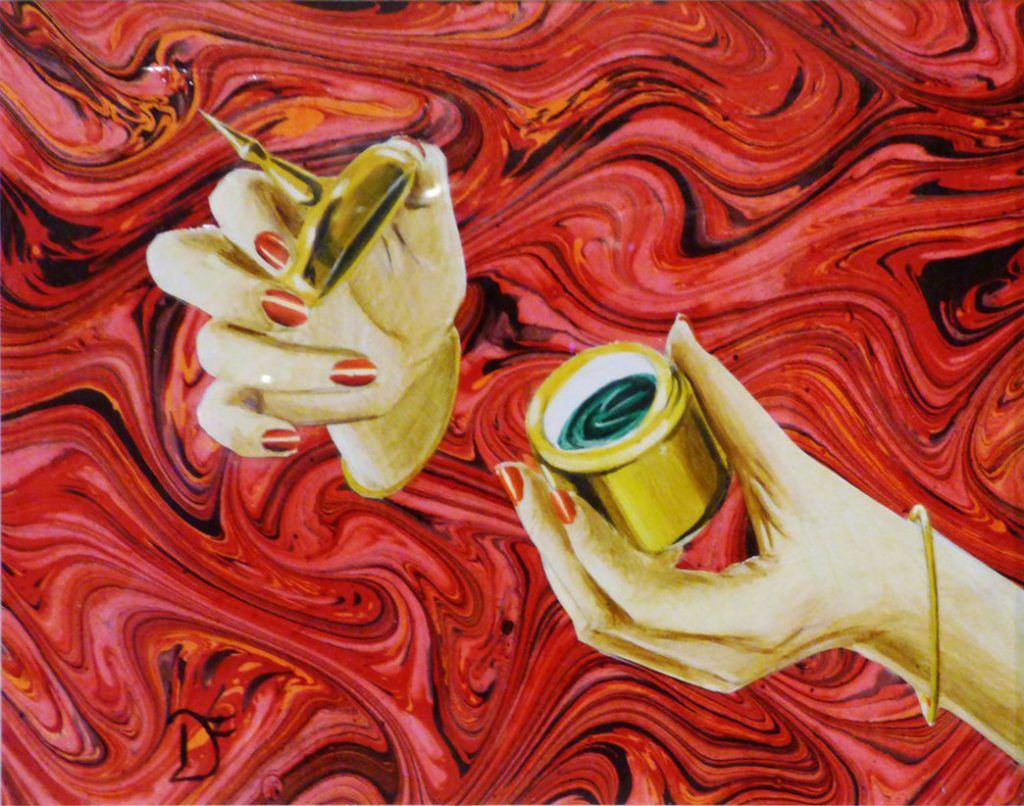
Healing Salve | Illustration by Dan Frazier
Set Details
| Set Symbol |  |
| Set Code | LEB |
| Number of Cards | 302 |
| Rarities | Common, Uncommon, Rare |
| Mechanics | Banding, Protection, Regenerate, Ante, Landwalk |
Important Dates
| Event | Date |
|---|---|
| Paper Release Date | October 4, 1993 |
| Available on Draftsim's Draft Simulator? | No |
About the Set: The Story
Limited Edition Beta is Magic’s second ever set, basically a full reprint of Limited Edition Alpha.
This is very much Magic’s infancy. They’re not trying to tell a story in the same way you’d expect to see in a recent set release. No Phyrexians or Gatewatch or Kellan here. Instead, Magic’s first batch of sets was simply trying to establish the game itself, using high fantasy tropes and settings as inspiration for the planes it was building. Peruse through the set and you’ll see a mix of very simplistic creature types and concepts, as well as obvious adaptations of fantasy tropes popular in Dungeons & Dragons or the works of Tolkien. Dragons, demons, curses, whatever the heck’s on Natural Selection – those sorts of things.
The groundwork is here for some later lore implications, like name-dropping Urza and Mishra on various artifacts, or naming various locations on what would later be identified as Dominaria. There’s a hint of story-telling elements here, but that focus didn’t come until much later.
Beta Mechanics
Ante
Quite a gut-punch of a mechanic to start out with. Ante’s a bit of a blemish on Magic’s history, pitting a card from each player’s deck as a reward for winning the game. Win and you collect your opponent’s ante card. Permanently. Like, forever. Imagine an Act of Treason that just let you put the card you took in your pocket and walk away.
Only three cards from Beta referenced ante, with Contract from Below being perhaps the most broken Magic card ever printed.
Banding
Thankfully it’s not my job to explain how banding works here, just know that the standard version of this confusing ability originated in Magic’s earliest sets. Three creatures in the set have banding (written as “bands” before any text updates), with an additional artifact that could giving banding to any creature.
Protection
That’s right, Alpha/Beta was nothing but homerun mechanics from the beginning. Protection was used across the entire Circle of Protection cycle, as well as on a mirrored pair of creatures, Black Knight and White Knight.
Regeneration
The hits keep coming! Regeneration lasted for a very long time, eventually being phased out of the game due to how complicated and unintuitive it was. If a creature that regenerates would die, it instead taps, removes all damage from itself, and is removed from combat. The regeneration ability has to be activated and resolve before the effect destroying it or dealing damage to it.
11 cards in Beta either regenerate themselves or another creature, with another four removal spells that circumvent regeneration.
Landwalk
Not a super prevalent part of the set, various landwalk abilities appeared throughout Beta. Plains is the only basic land type that doesn’t have a corresponding landwalk ability in this set. There were no plainswalkers at this time, after all (please clap).
Evergreen Mechanics
The concept of “evergreen” didn’t really exist in the first set, but plenty of mechanics debuted here as keyworded abilities that we now expect to see in most sets:
Color Hosers
In addition to protection in general, this set featured a hallmark of early Magic design: dedicated color hate.
- Conversion
- Karma
- Northern Paladin
- Blue Elemental Blast
- Volcanic Eruption
- Deathgrip
- Gloom
- Flashfires
- Red Elemental Blast
- Lifeforce
- Tsunami
Land Destruction/Mana Denial
Considered somewhat taboo in modern card design, Beta doesn’t care if you don’t have any mana to cast your spells. There’s tons of land destruction and mana denial floating around, from mass land destruction to single-target effects.
- Armageddon
- Stasis
- Volcanic Eruption
- Demonic Hordes
- Sinkhole
- Flashfires
- Stone Rain
- Ice Storm
- Kudzu
- Tsunami
- Winter Orb
Walls
Alpha/Beta has a very strange fascination with walls, with 10 total wall creatures across all five colors. There are also another 10 cards that reference walls, either by directly interacting with them, or by specifically mentioning non-wall creatures in their text.
Remember there was no defender keyword in the early stages of Magic, so it was understood that having the wall creature type meant that creature couldn’t attack. Well, unless they were enchanted with Animate Wall.
Beta Card Gallery
White
Blue
Black
Red
Green
Colorless
Land
Notable Cards
Titular Magic Cards
Here I’m listing all the card names that we use as MTG slang to reference a certain subset of cards. For instance, we tend to call anything that kills an artifact or destroys an enchantment a Disenchant:
- Disenchant: Effects that destroy artifacts and/or enchantments.
- Wrath of God: “Wraths” are effects that destroy all creatures.
- Clone: The standard creature that enters the battlefield as a copy of something else.
- Control Magic: Effects that permanently steal opposing creatures.
- Counterspell: Uhh, they’re counterspells.
- Time Walk: Used to refer to an extra turn, or a situation that effectively skips someone’s turn (a player who didn’t do anything on their turn “Time Walked” themself).
- Twiddle: Twiddling a permanent taps or untaps it.
- Unsummon: A bounce spell.
- Dark Ritual: Rituals add a temporary burst of mana.
- Demonic Tutor: Tutors search your library for some number of cards.
- Raise Dead: An effect that returns a creature from your graveyard to your hand.
- Fireball: X-spells that deal damage, usually red.
- Firebreathing: An activated ability that costs red mana and pumps a creature.
- Fork: To redirect the target of a spell.
- Lightning Bolt: A Bolt is anything that deals 3 damage.
- Shatter: An effect that specifically destroys artifacts.
- Stone Rain: An effect that destroys a land. Strange that this became the accepted slang when Sinkhole and Ice Storm are also in the set.
- Wheel of Fortune: Wheels makes players discard their hands and draw a specified number of cards.
- Fog: A combat damage prevention effect.
- Lure: Lures force your opponents’ creatures to block.
- Regrowth: An effect that returns any card from your graveyard to your hand.
- Verduran Enchantress: An enchantress draws a card when you play an enchantment.
- Howling Mine: An effect that draws multiple extra cards each turn.
Archetypal Creatures
Similar to the titular cards, the original batch of Magic cards gave us quite a few creatures whose names we still use to denote creatures with the same cost-to-stats ratio:
- Savannah Lions: A 1-mana 2/1, usually in white.
- Air Elemental: A 5-mana 4/4 with flying.
- Phantom Monster: A 4-mana 3/3 with flying.
- Gray Ogre: A 3-mana 2/2.
- Hill Giant: A 4-mana 3/3.
- Grizzly Bears: “Bear” specifically refers to a 2-mana 2/2 or 2/1 in any color.
The Boon Cycle
Magic’s always been good at using cycles to show how different colors handle the same baseline effects, and Alpha/Beta had a few of those. There were the Circles of Protection as well as the “lace” cards like Deathlace and Chaoslace, but the most important cycle of all is certainly the Boon cycle.
This cycle consisted of one card per color that demonstrated each color’s ability to specialize in something. Each card used the number 3 in some way, whether that was +3/+3 on Giant Growth or 3 black mana from Dark Ritual. Healing Salve is the ugly duckling of the bunch and can only be described with one word: lol.
You might also consider Black Lotus the honorary sixth member of this cycle since it taps for 3 mana.
Lords
Magic was innovative right from the start, all the way down to the origins of typal strategies. “Lord” has been phased out of the game as a standalone creature type, but the original typal lords were printed here.
The Dual Lands
For every Raging River in Alpha/Beta there’s another perfectly elegant design. The original Dual Lands in Alpha were perfect, from their flavorful names to their long-lasting power level, except for one thing: because of an internal error,
didn't see print in Alpha. WotC fixed this with Beta, and since then these are the dual lands that define Magic. While the fetch lands are likely more universally played, that’s partly due to the price these duals demand. Thanks for nothing, Reserved List!Alpha Omissions
Various errors resulted in a number of cards intended to be released in Alpha being omitted from the set accidently. That meant Volcanic Island and Circle of Protection: Black were printed for the first time in Beta.
Beta also included an additional unique art for each basic land type, resulting in 15 total basics compared to Alpha’s 10. Supposedly Beta was advertised as having over 300 cards when it actually only had around 297, so the extra basics were added to make this claim true.
The Power Nine
I can’t imagine this is the first time you’re hearing about the Power Nine, Magic’s prestigious artifacts of yore. These are the most storied cards in the game, with Black Lotus even being recognizable to non-Magic players. I’ve always considered Sol Ring an honorary tenth member, and if it were up to me, I’d replace Timetwister with it altogether. Can’t go messing with history though.
Powerhouse Cards
Aside from the Power Nine, Magic’s first sets are responsible for printing some of the best cards to ever exist. I can’t go over every card individually, but I also can’t in good conscience talk about Beta without at least mentioning these. Here are a few cards that have stood the test of time, either by continuing to see play to this day across various formats, or by virtue of being Vintage Cube staples:
- Armageddon
- Balance
- Swords to Plowshares
- Wrath of God
- Counterspell
- Animate Dead
- Dark Ritual
- Demonic Tutor
- Mind Twist
- Lightning Bolt
- Wheel of Fortune
- Birds of Paradise
- Channel
- Fastbond
- Llanowar Elves
- Basalt Monolith
- Mana Vault
- Sol Ring
- Time Vault
- Winter Orb
Crusade
Very keen observers might’ve noticed the card Crusade missing from the gallery up above. This card has since been deemed inappropriate by Wizards’ community standards and is banned in almost all competitive play due to its depiction of sensitive real-world material. It joined a list of seven total cards that were banned in 2020 to promote inclusivity and diversity in the game.
Available Products
Oh, you want to invest in Beta, do you? Bad news: It’s very hard to find. Badder news: It’s very expensive if you do find it. These are so rare that most trusted retailers have literally no sealed Beta-related items in stock, which means your best bets are either finding what you’re looking for on eBay or inventing time travel and stockpiling packs for yourself.
Booster Packs
Beta was sold in 15-card booster packs, with a usual distribution of one rare, three uncommons, and 11 commons. Note that rarity isn’t denoted on the cards from this era, so good luck guessing what’s what. Also note that basic lands often take the place of cards in Beta booster packs across all rarities. It’s possible to open a Beta booster with 4+ basics and no actual rare.
You could drop a cool $7,000 on a single pack of Beta from Card Kingdom, but sadly they’re out of stock. Guess I’ll just go but a car or something instead.
Booster Boxes
Beta booster boxes include 36 packs with 15 cards each. Card Kingdom was the only major retailer I could find that even had a price associated with this product, which was a meager $300,000. That’s almost $2000 less than buying 36 individual boosters. What a steal! Unfortunately, this product is also out of stock, so I guess I’ll just go put my children through college with that money instead.
Beta Starter Decks
Okay, this one I couldn’t find at all, at least not on any of the usual trusted Magic retailer sites. Beta starter decks included 60 cards, divided into two rares, 13 uncommons, and 45 commons, though some number of basics randomly replaced cards in these decks.
You Beta Believe It
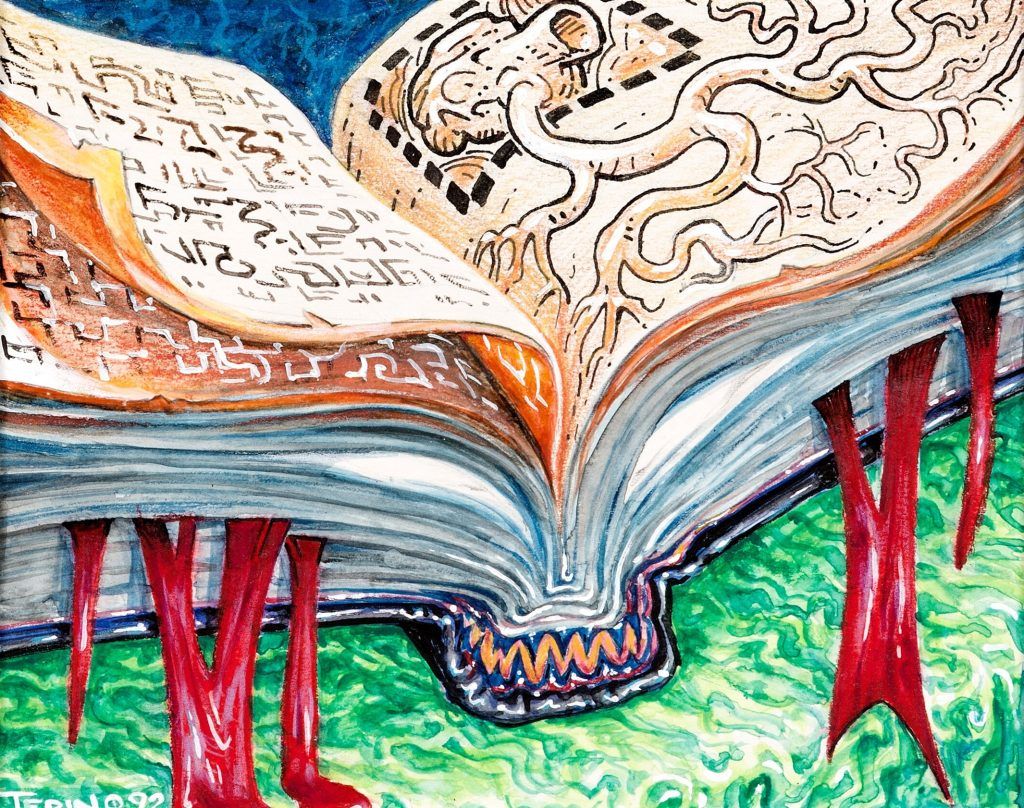
Jayemdae Tome | Illustration by Mark Tedin
Thanks for taking this little Time Walk through history with me. Yeah, it’s a bit of regurgitating everything we said about Alpha already, but if Magic can keep reusing all its same content, so can I. Also, I didn’t write the Alpha overview, so here’s to a fresh set of eyes on one of Magic’s earliest sets.
Alpha/Beta/Revised are the most influential sets in all Magic and likely always will be. It’s hard to break away from your origins, but Magic’s used the strength of these starter sets to propel it 30+ years ahead.
Do you have any fond memories of Beta, or the original trifecta of sets in general? I was but a wee tike at that time, so I’d love to hear how you interacted with one of Magic’s earliest sets. Let me know in the comments below or over in the Draftsim Discord.
Thank you for making Draftsim your #1 stop for all things Magic!
Note: this post contains affiliate links. If you use these links to make a purchase, you’ll help Draftsim continue to provide awesome free articles and apps.
Follow Draftsim for awesome articles and set updates: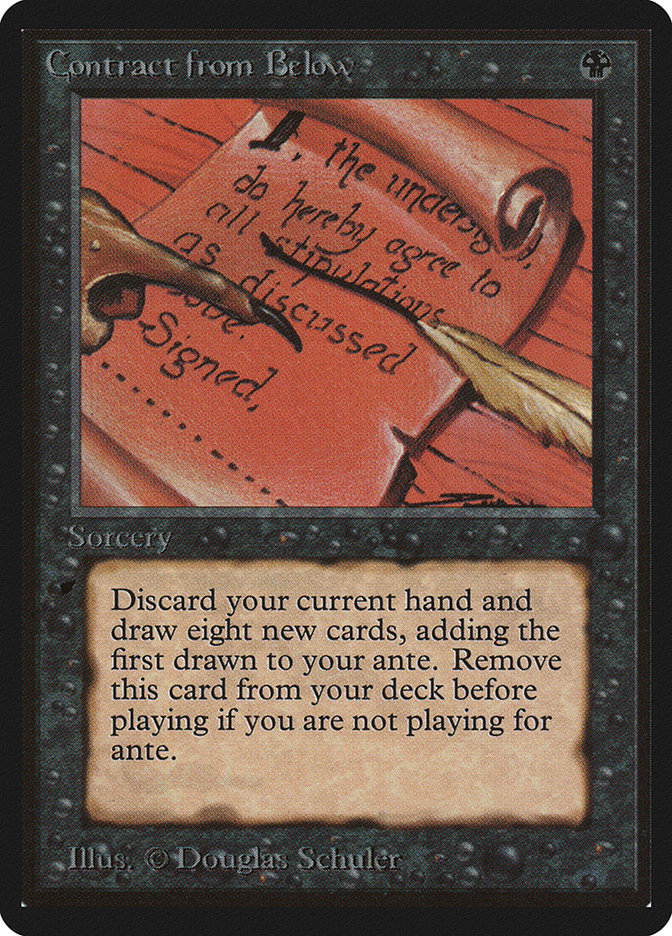
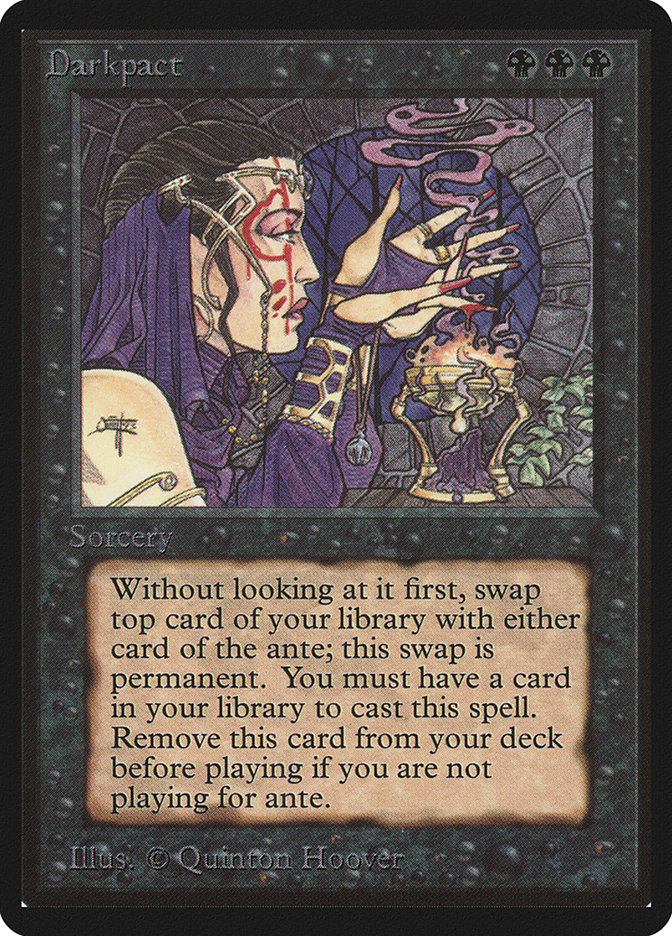
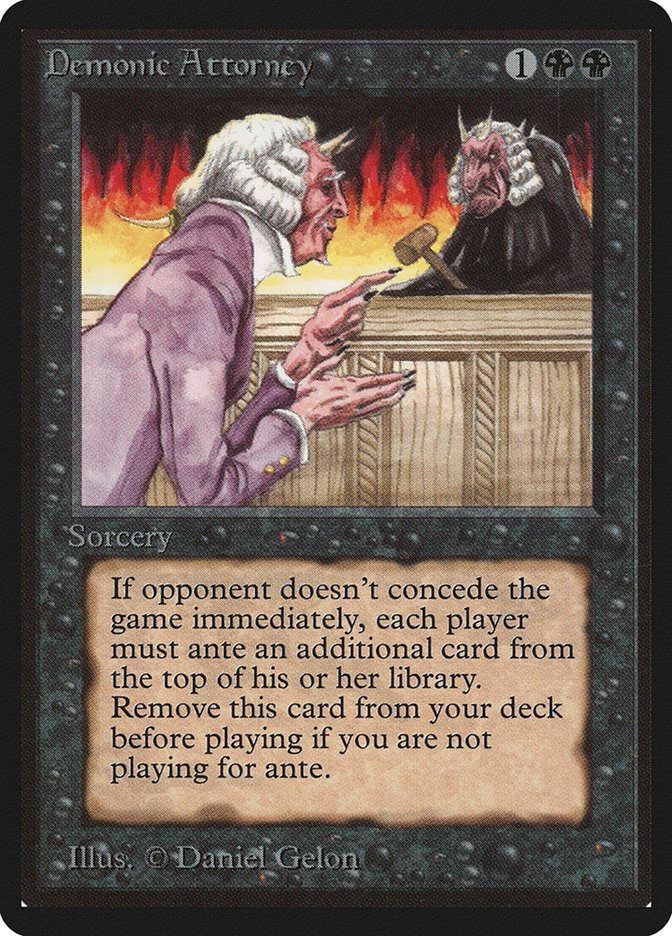

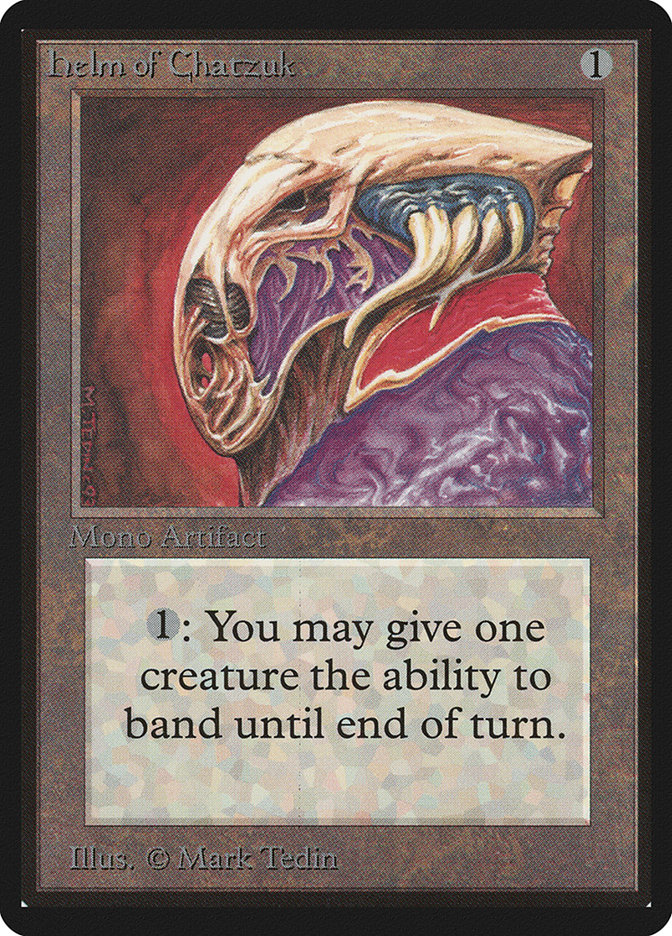
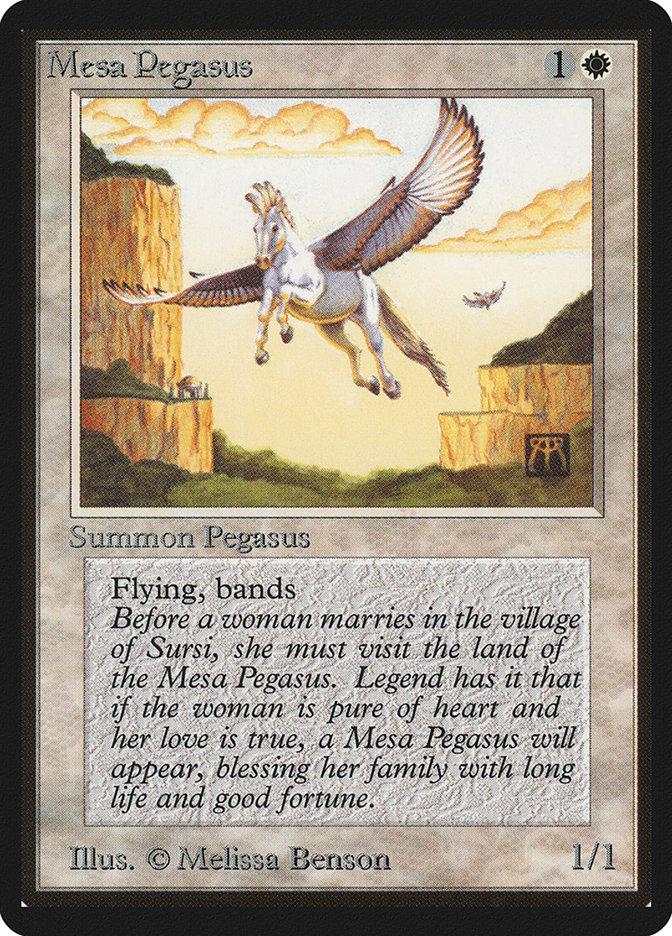
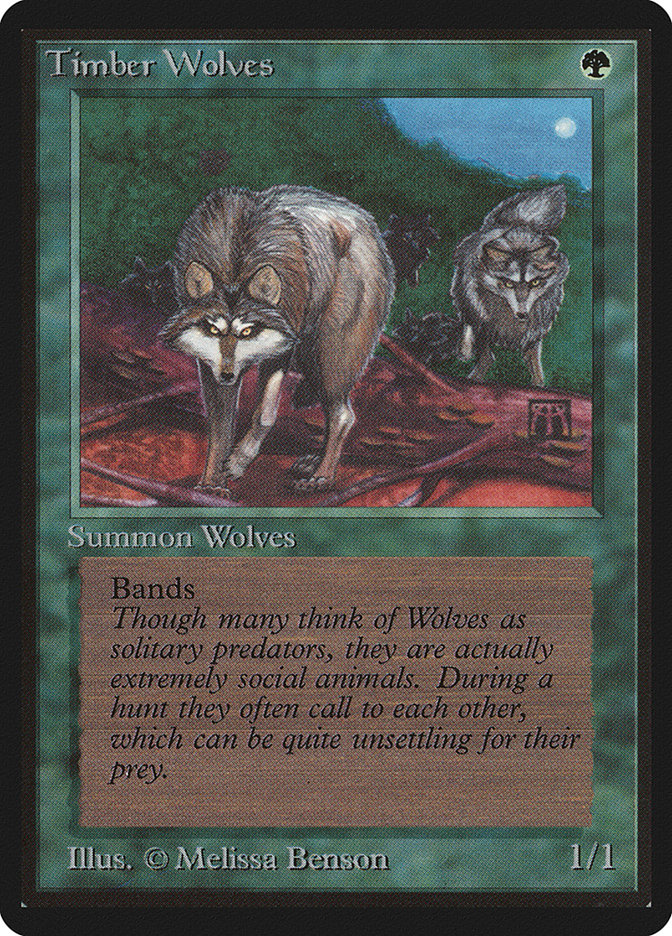
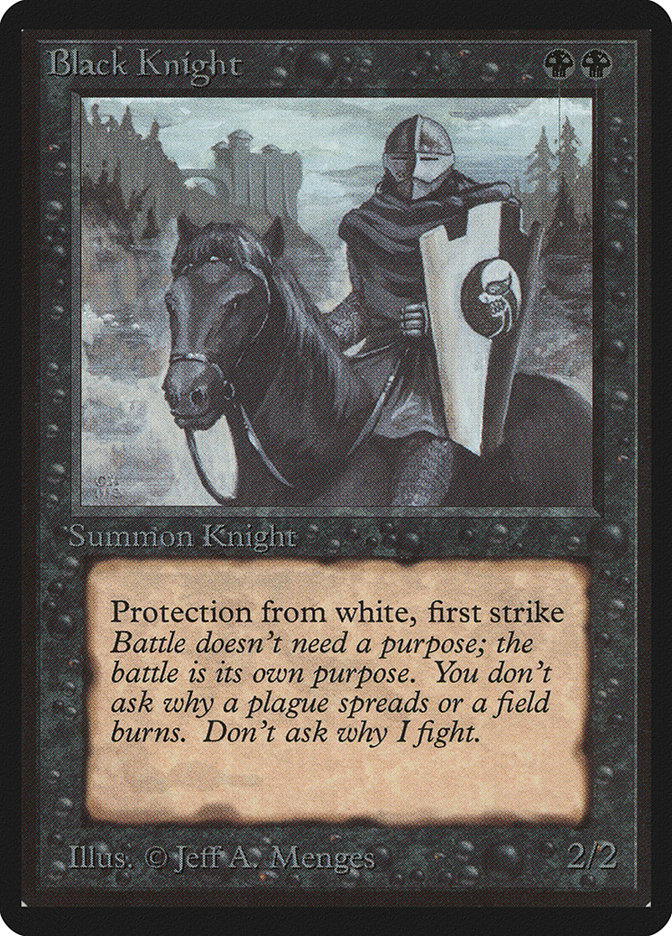
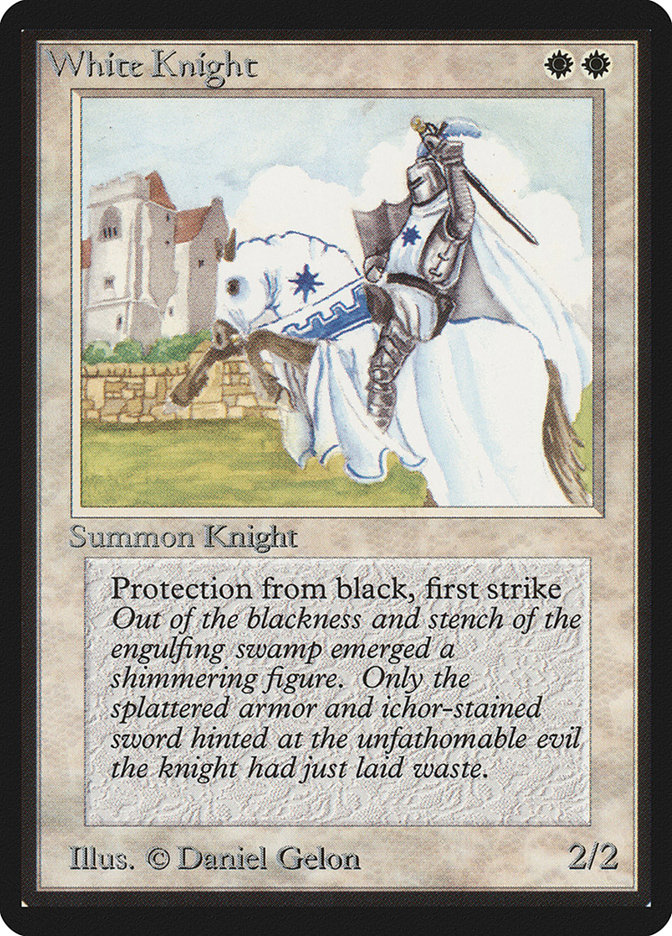
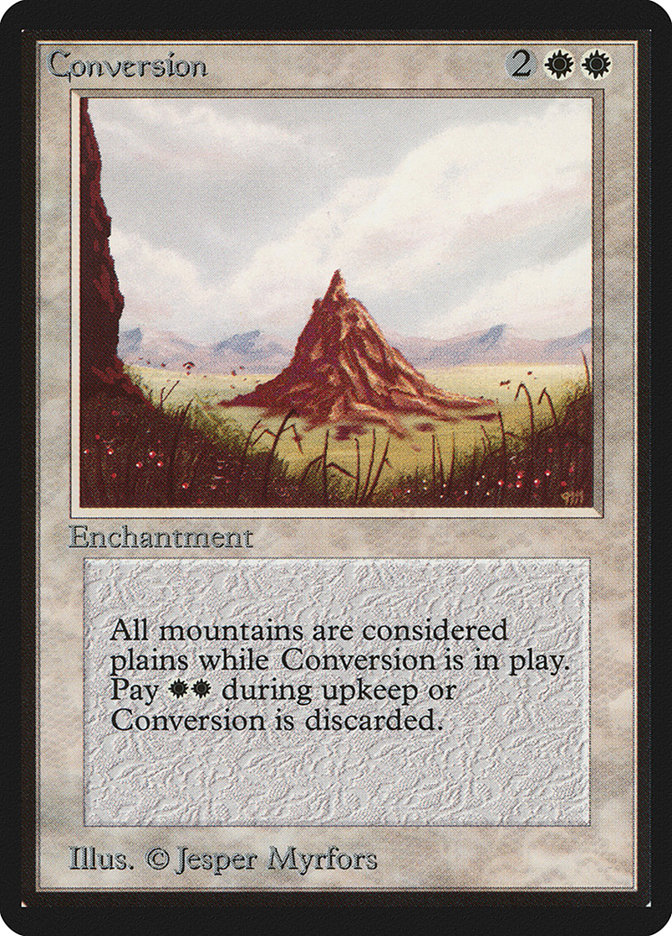
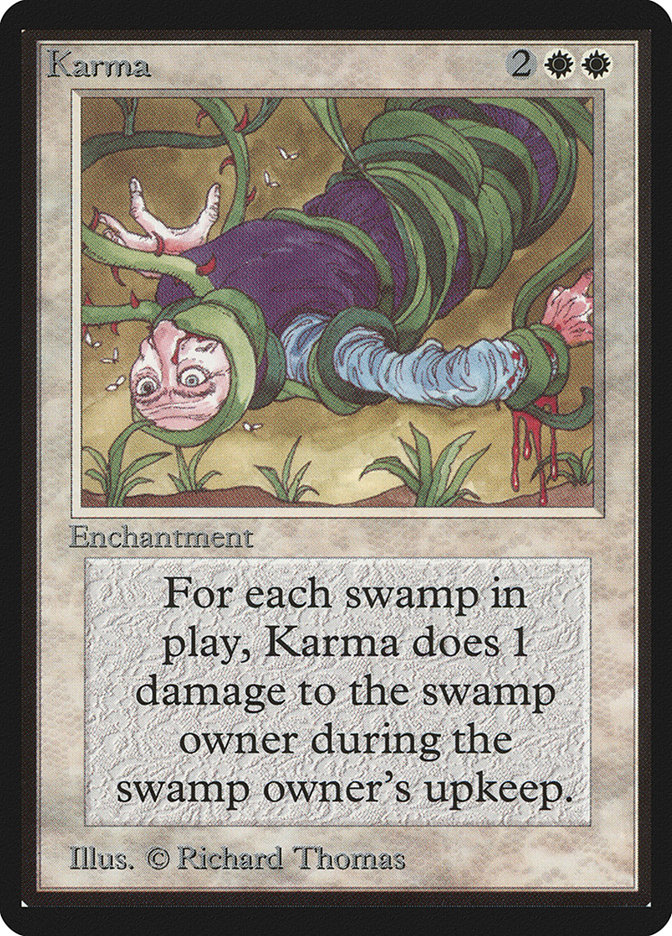
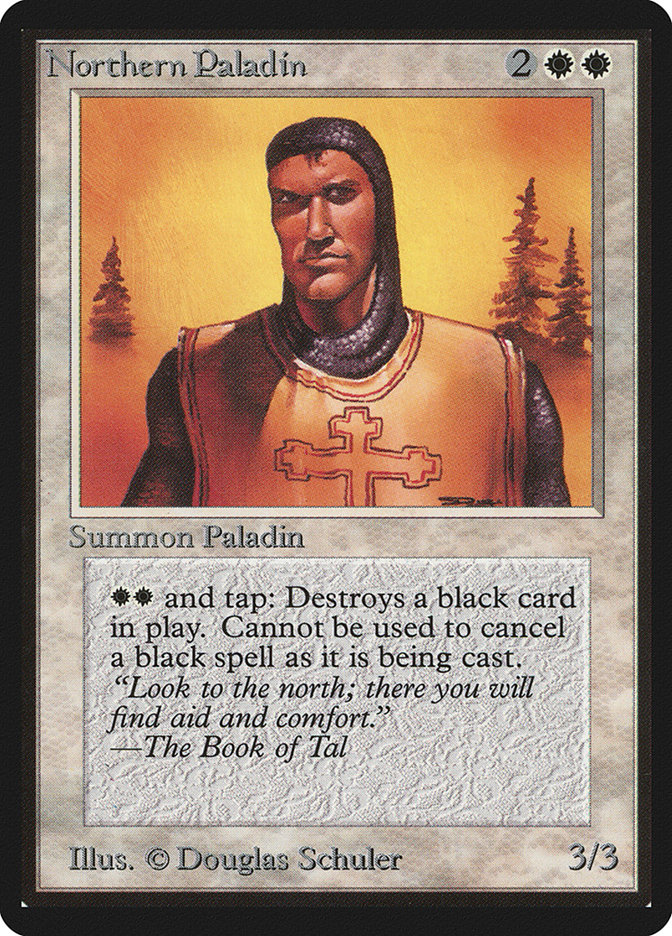
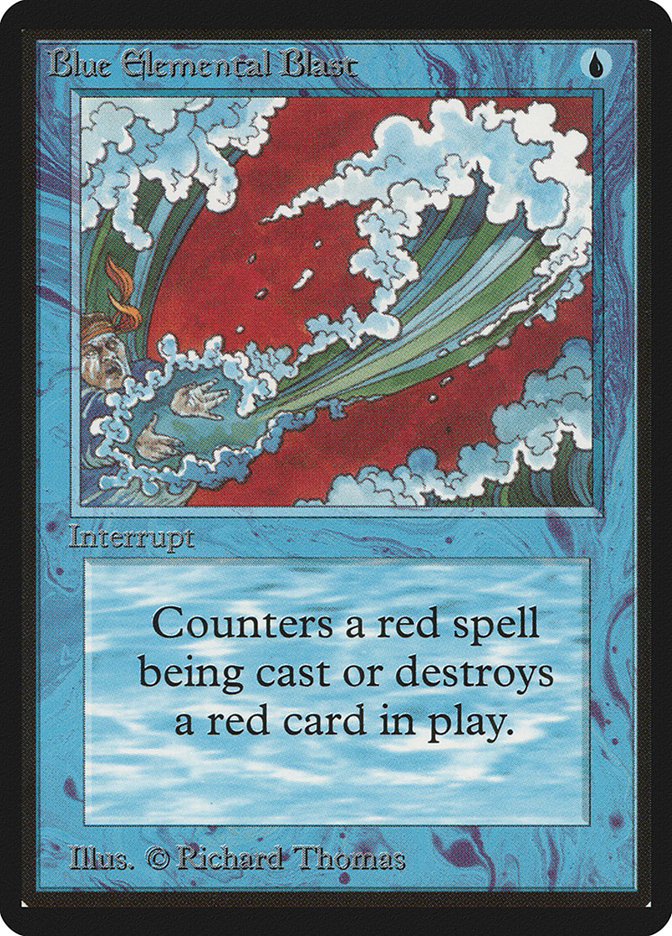

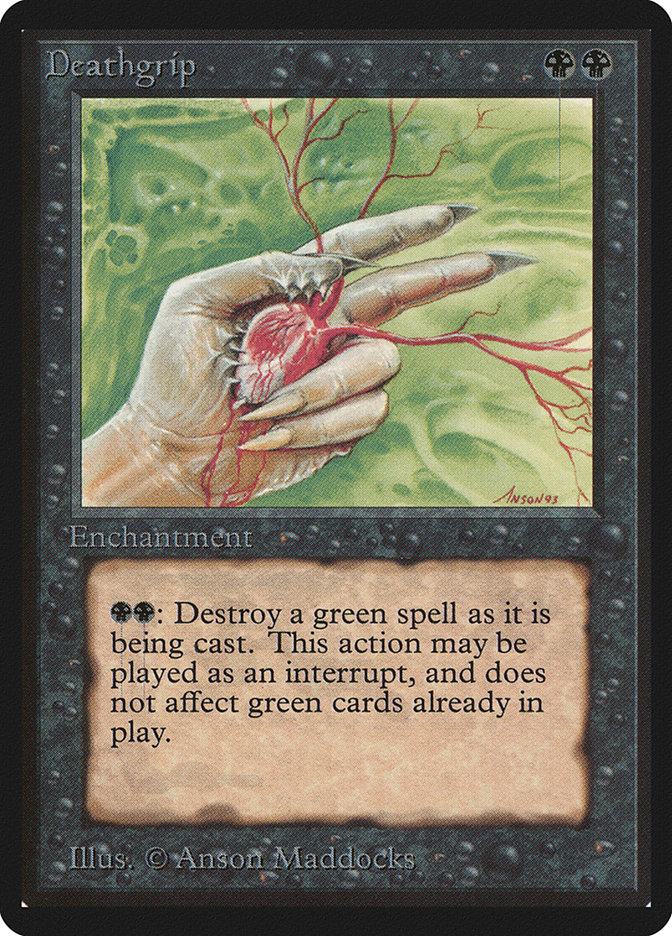
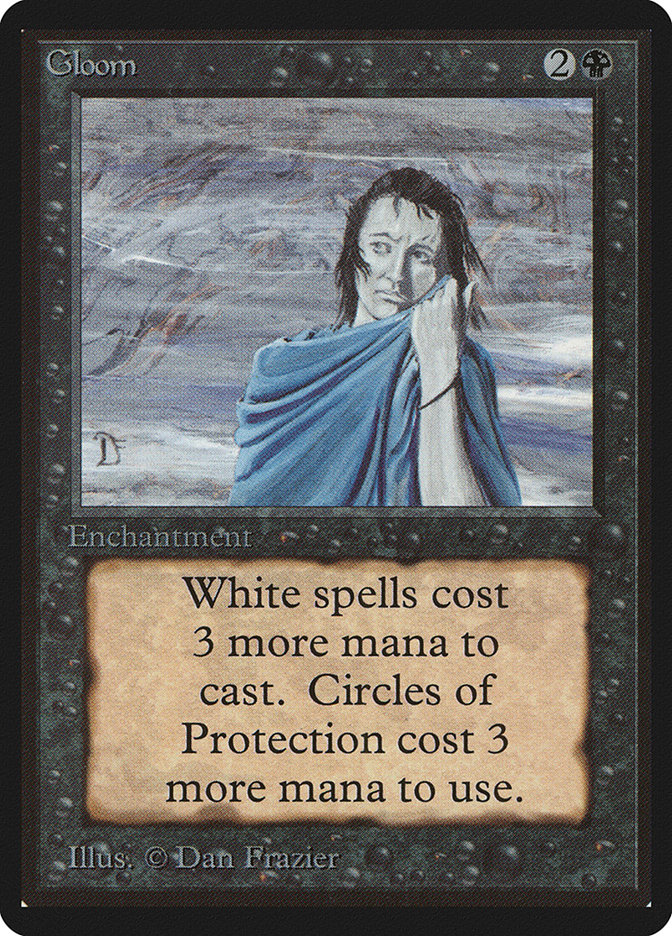
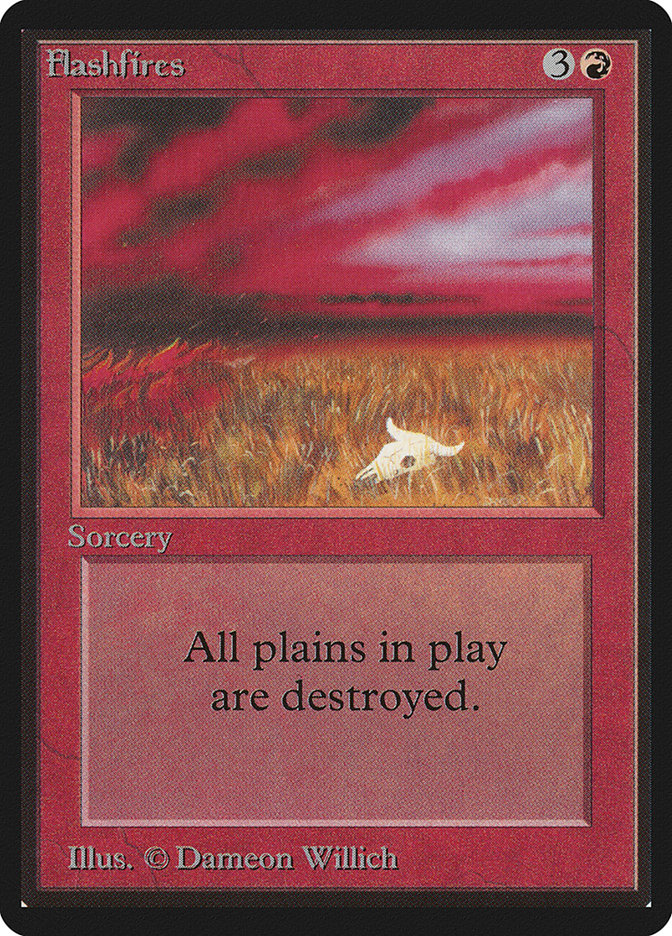
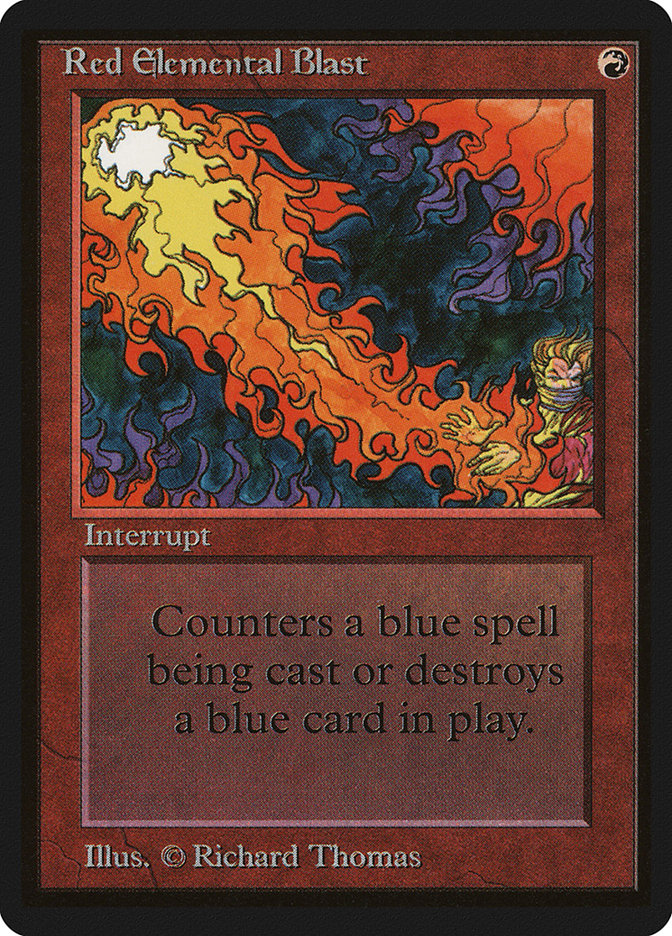

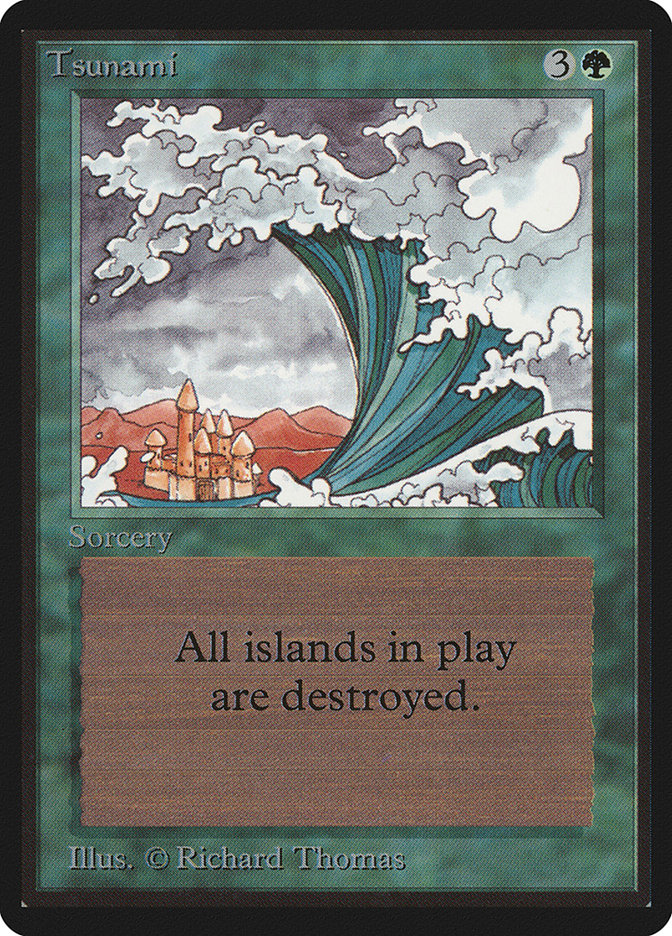


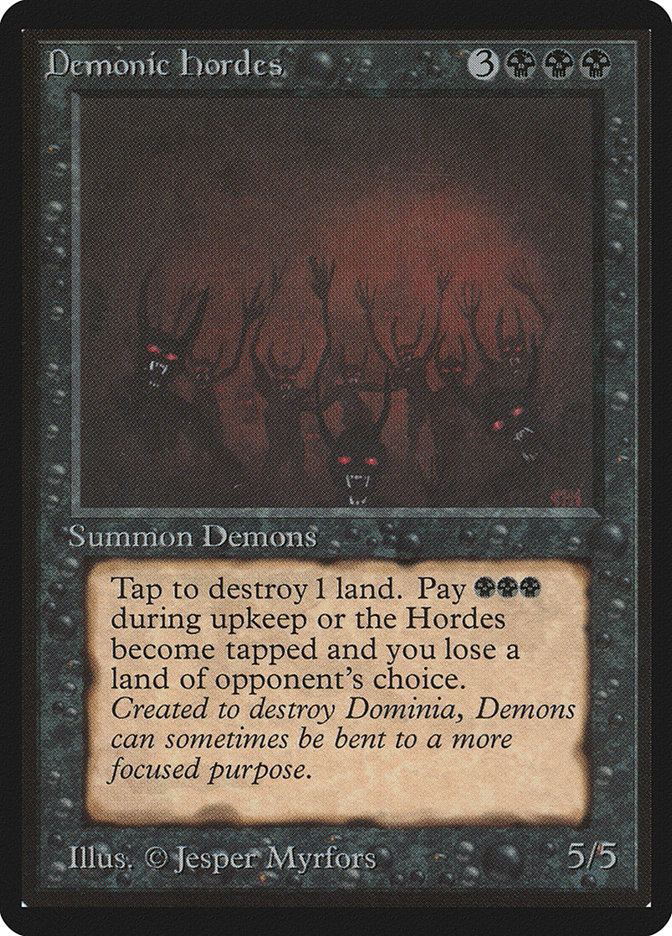
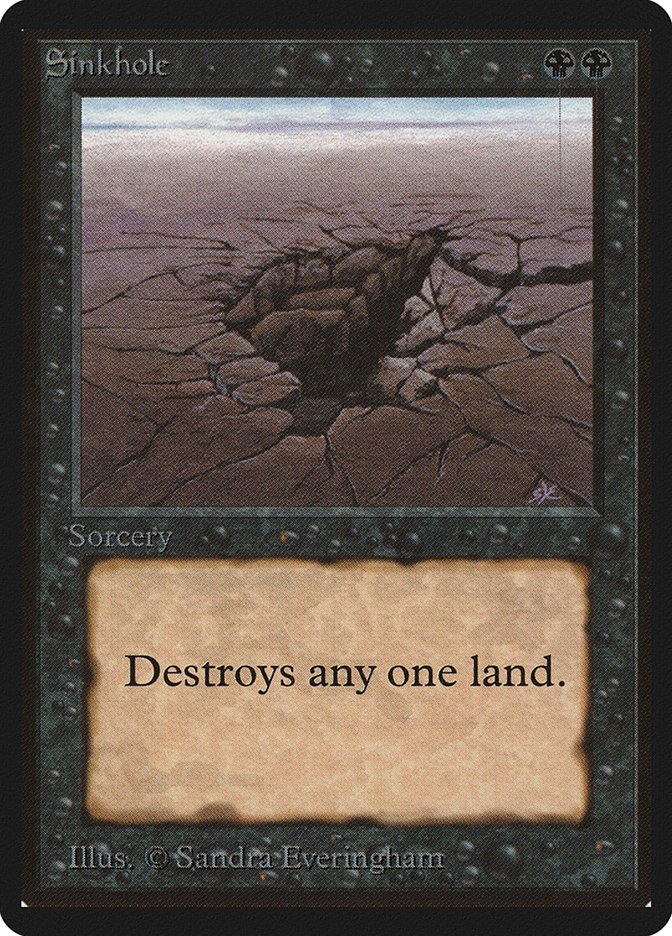
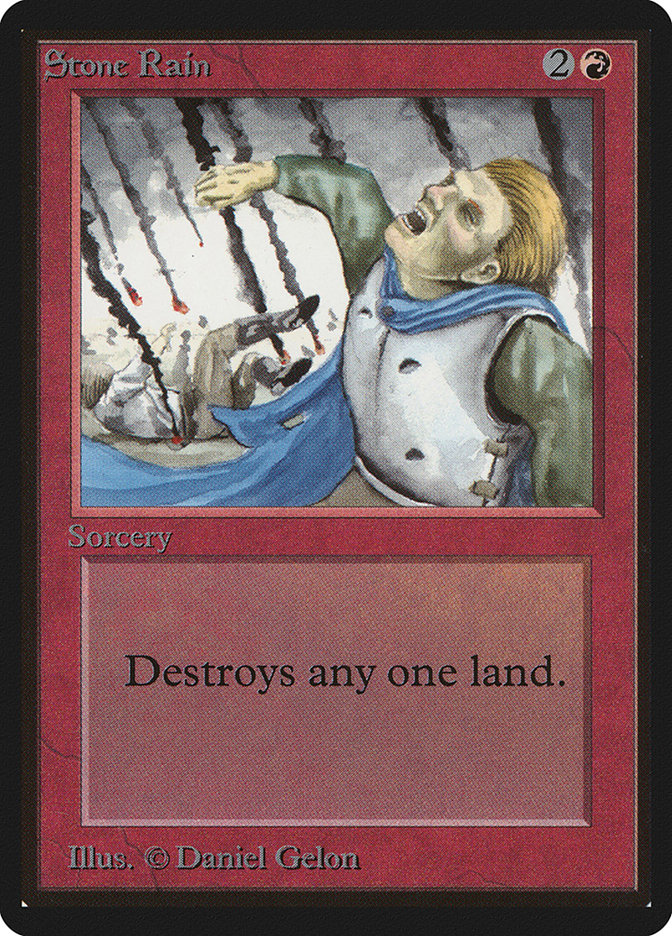


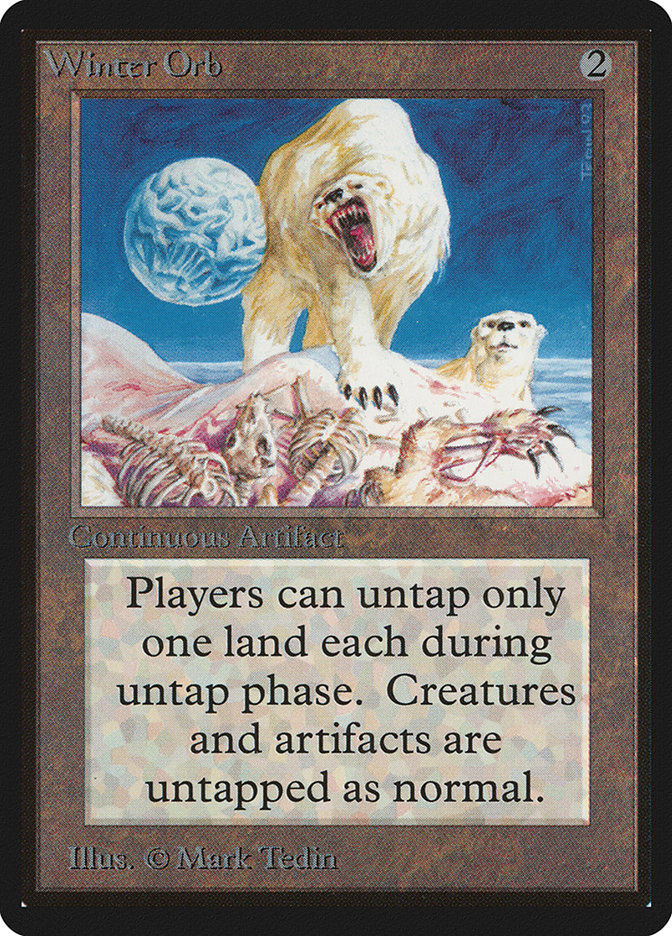
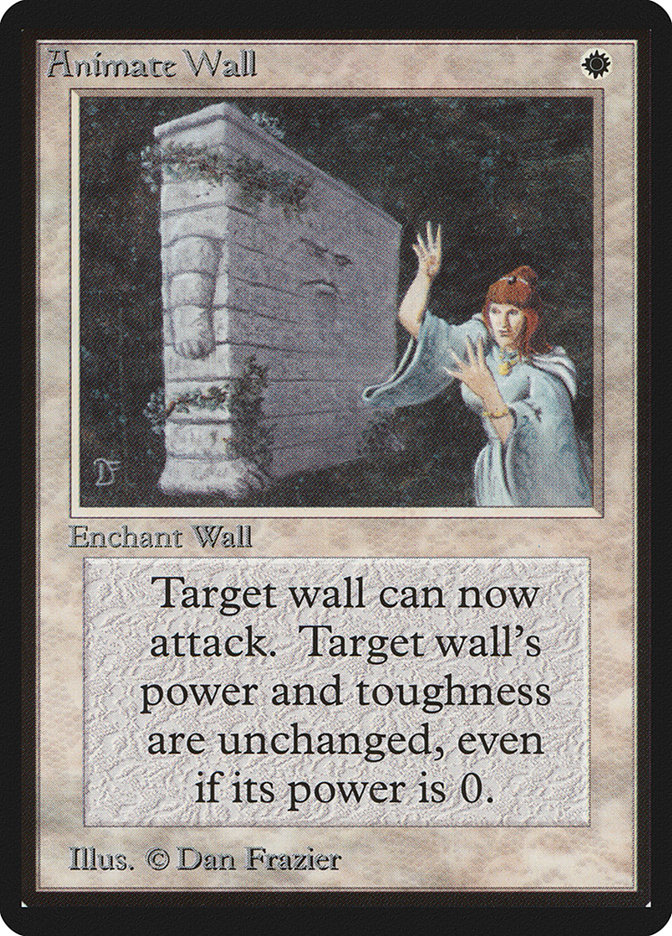
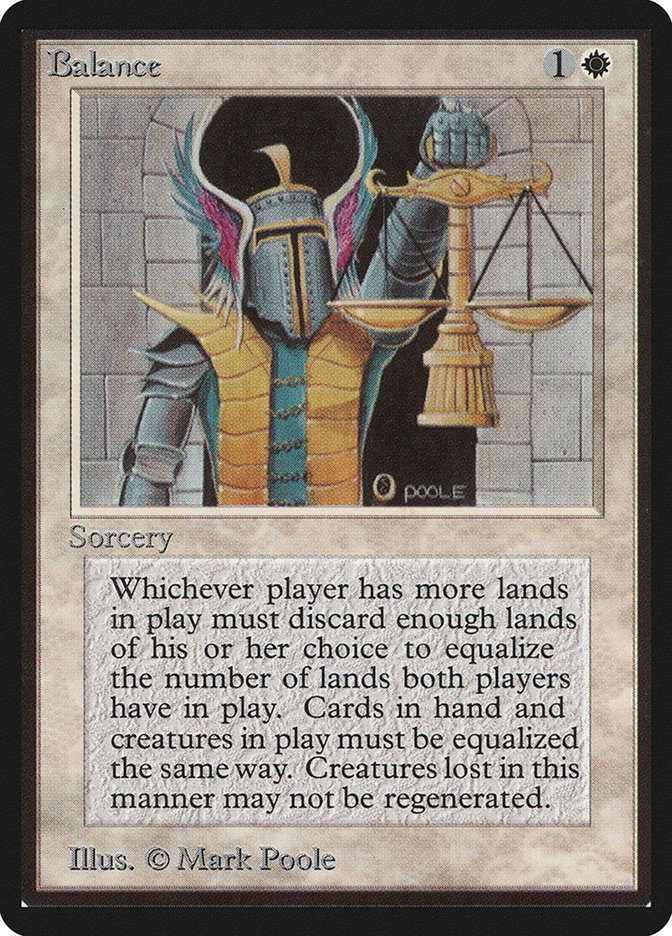
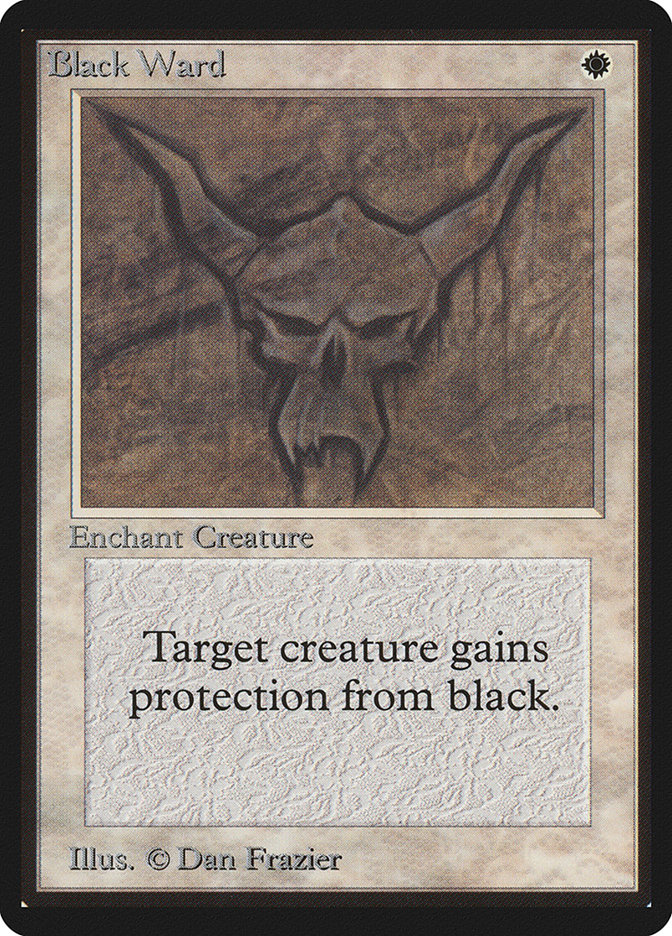
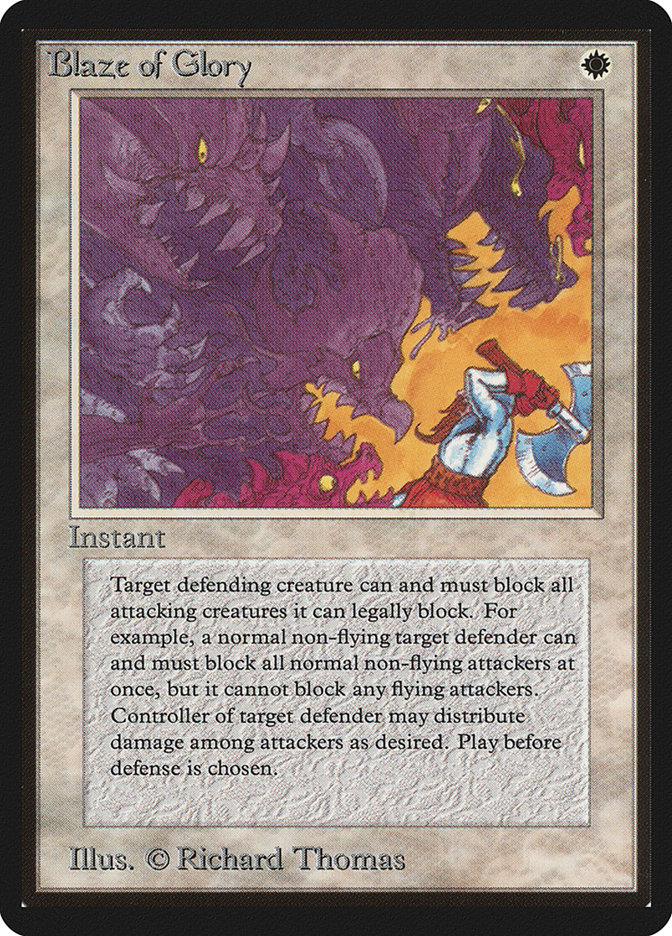

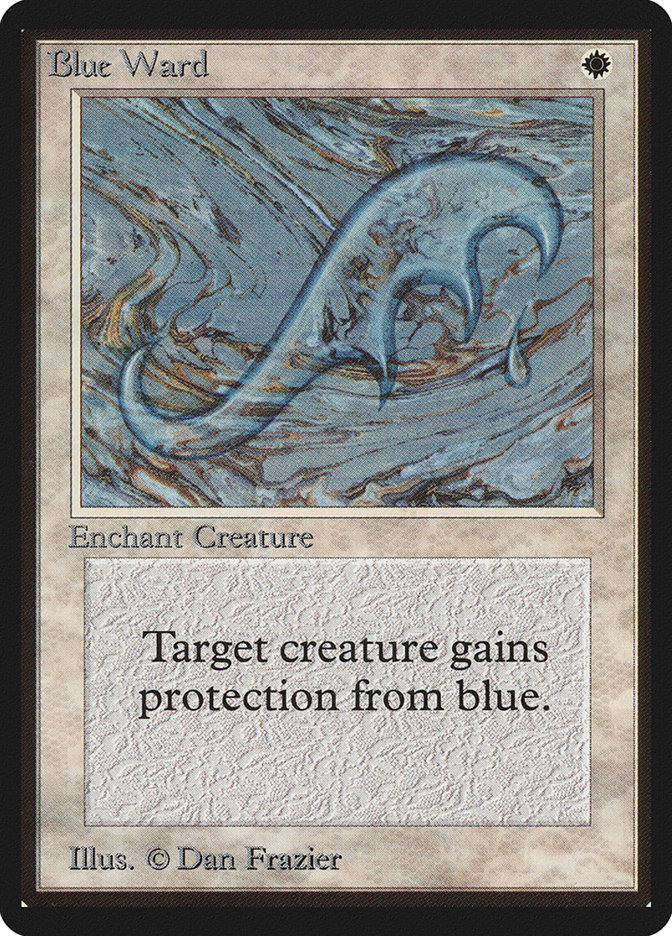
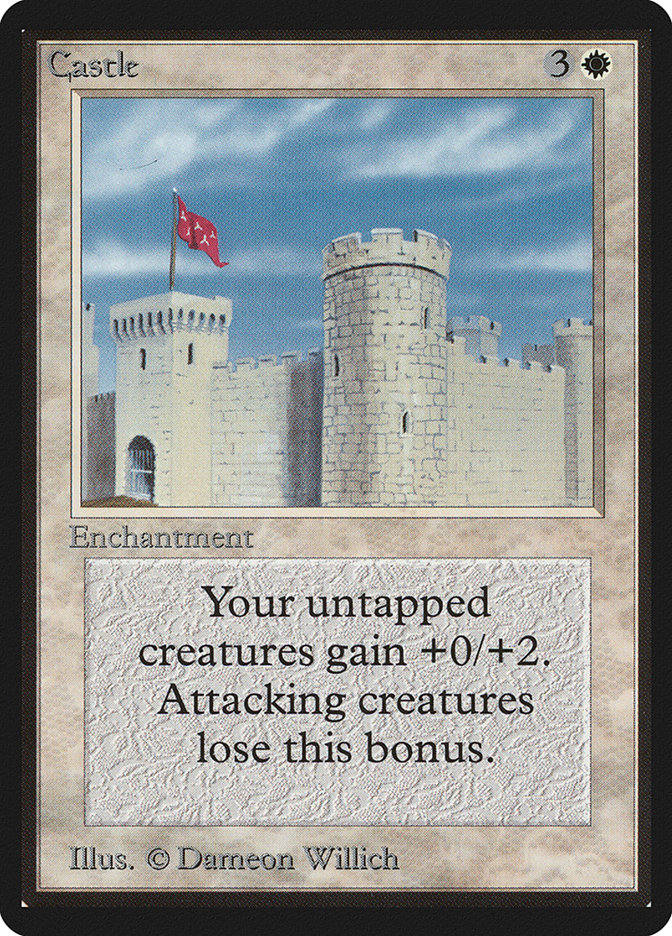

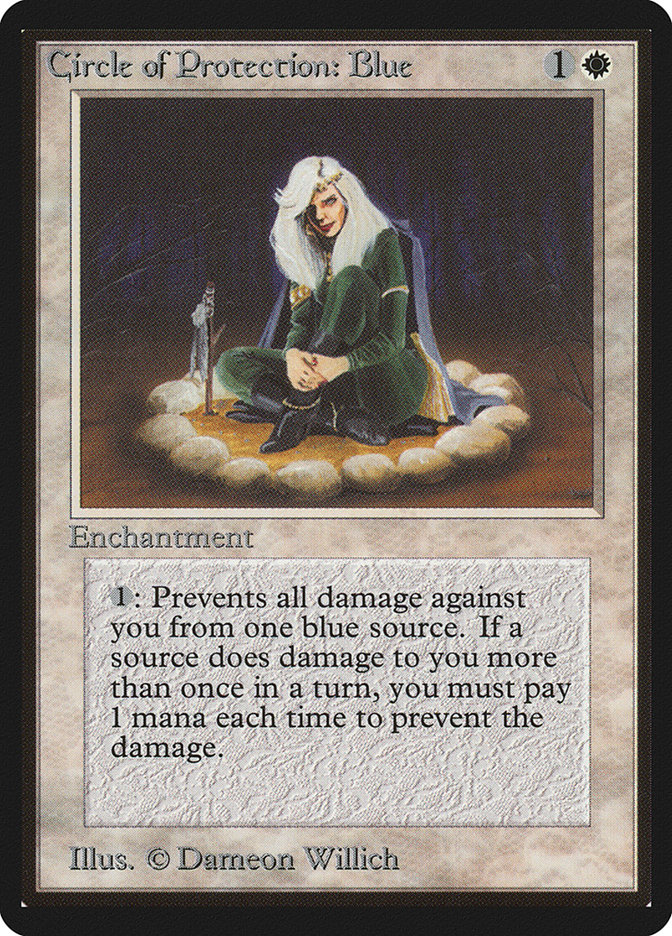
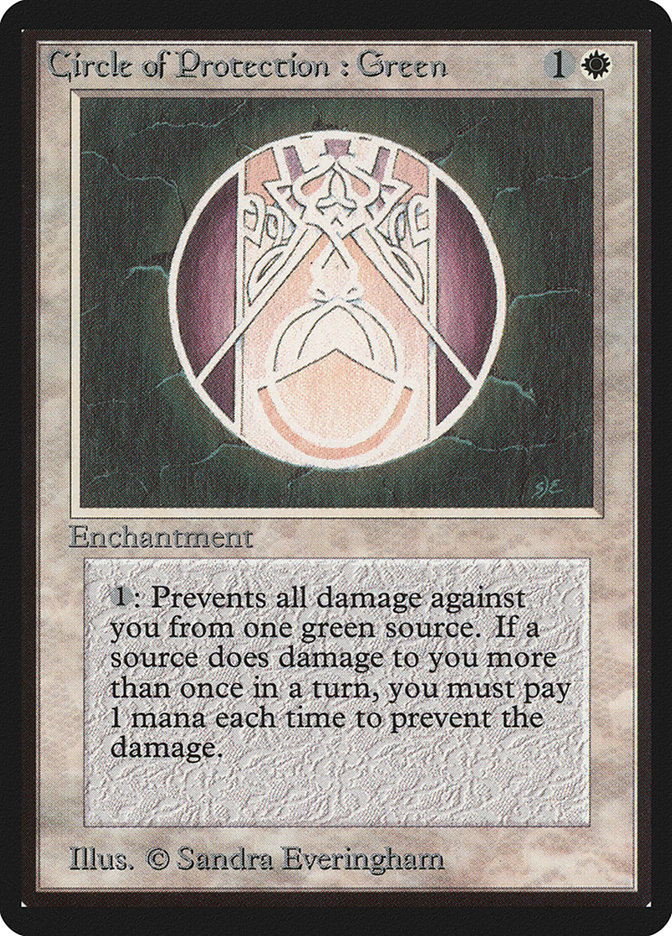
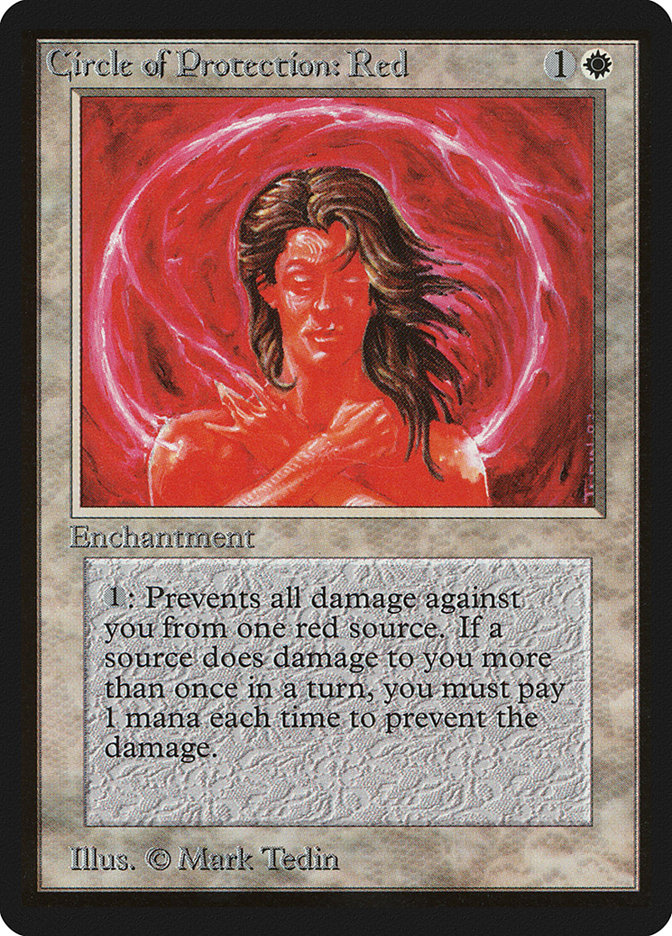

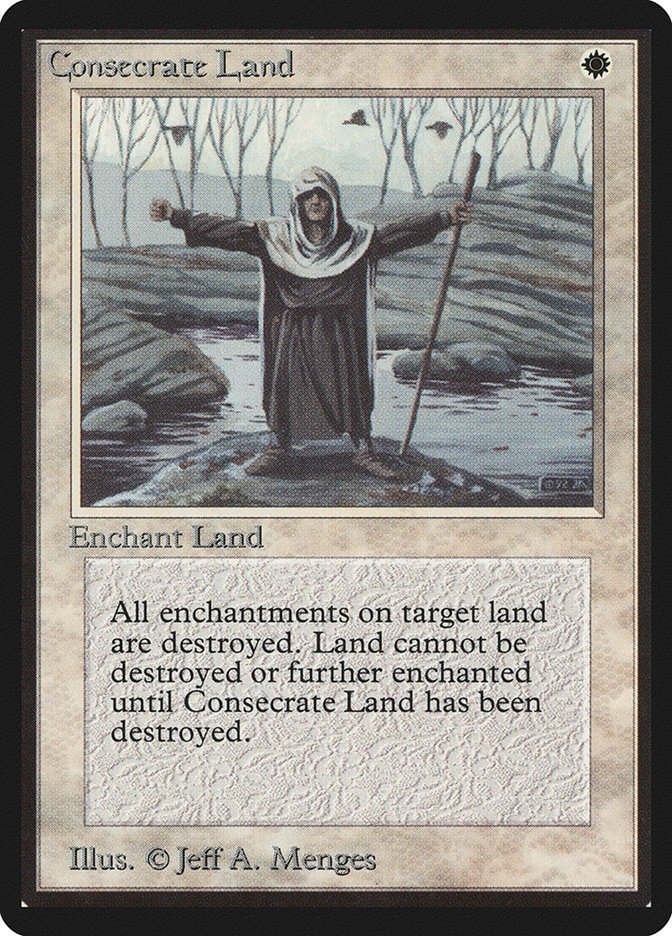

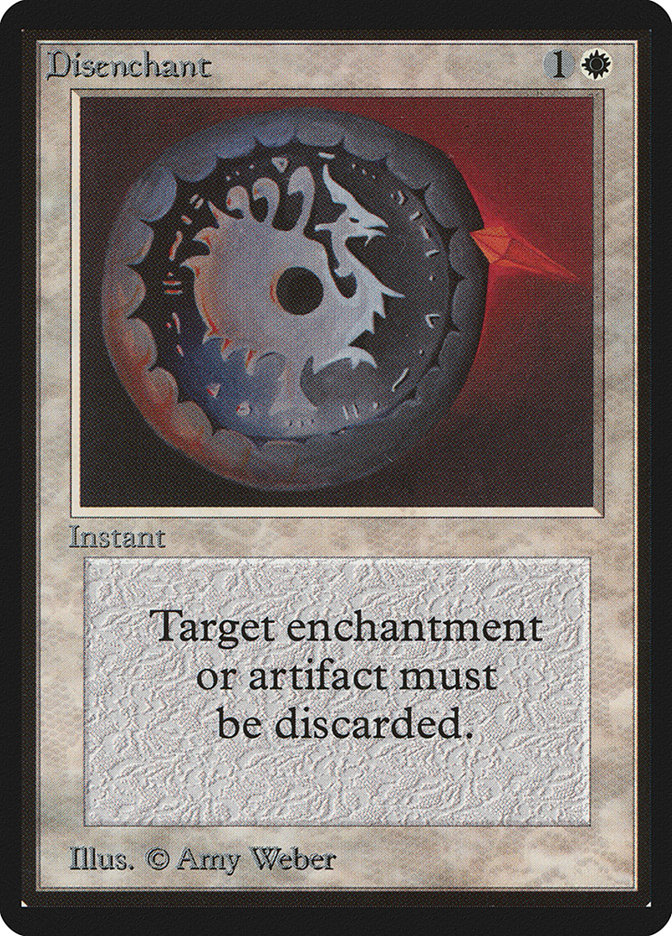
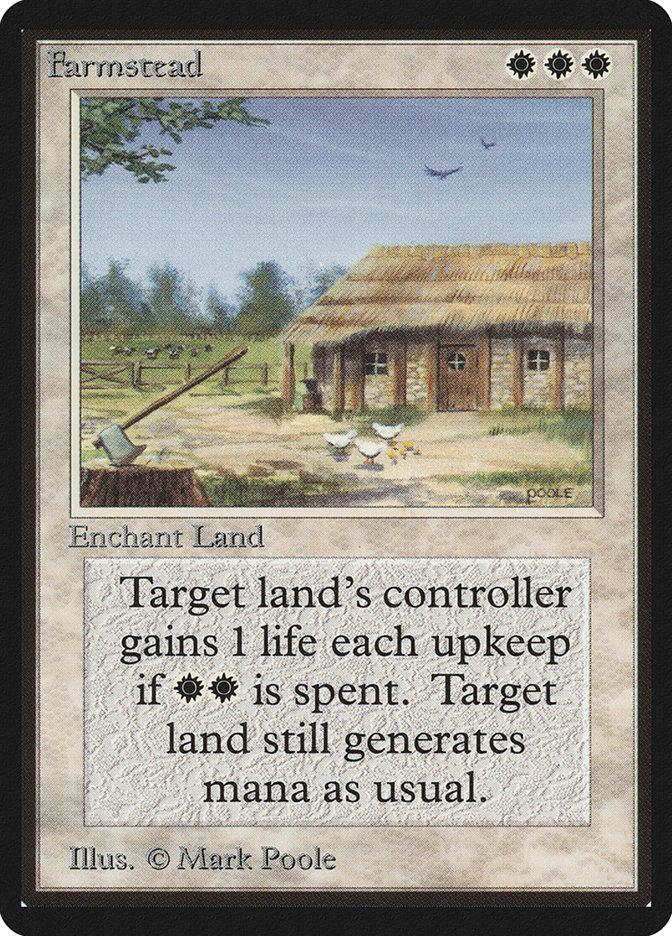



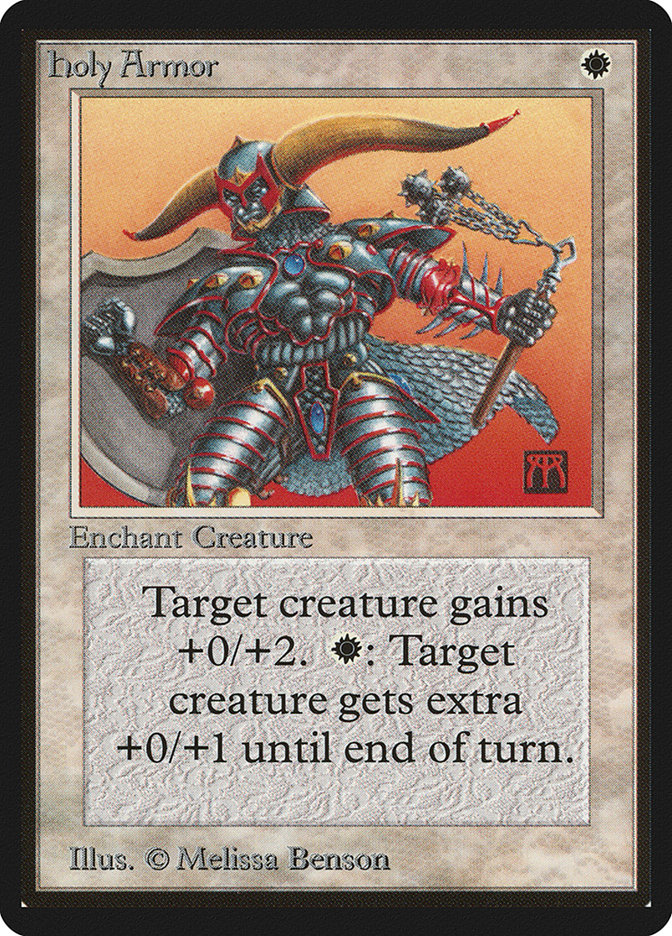
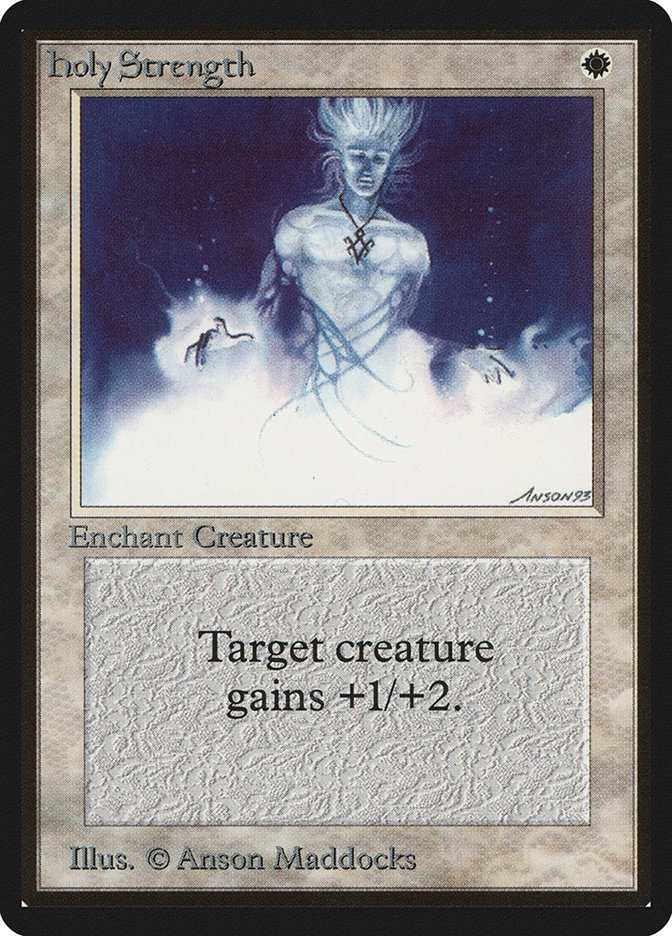

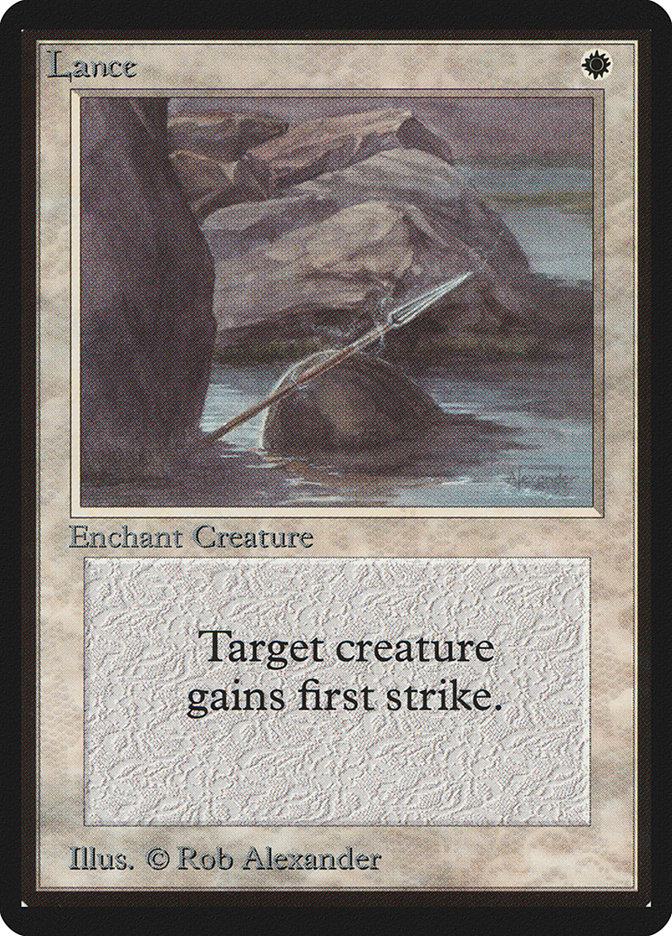
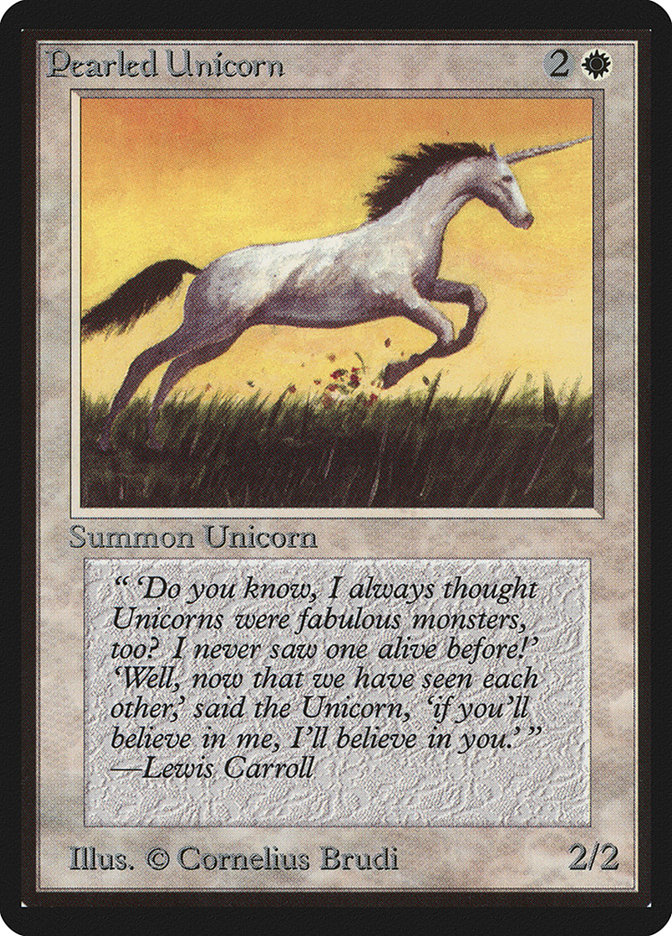
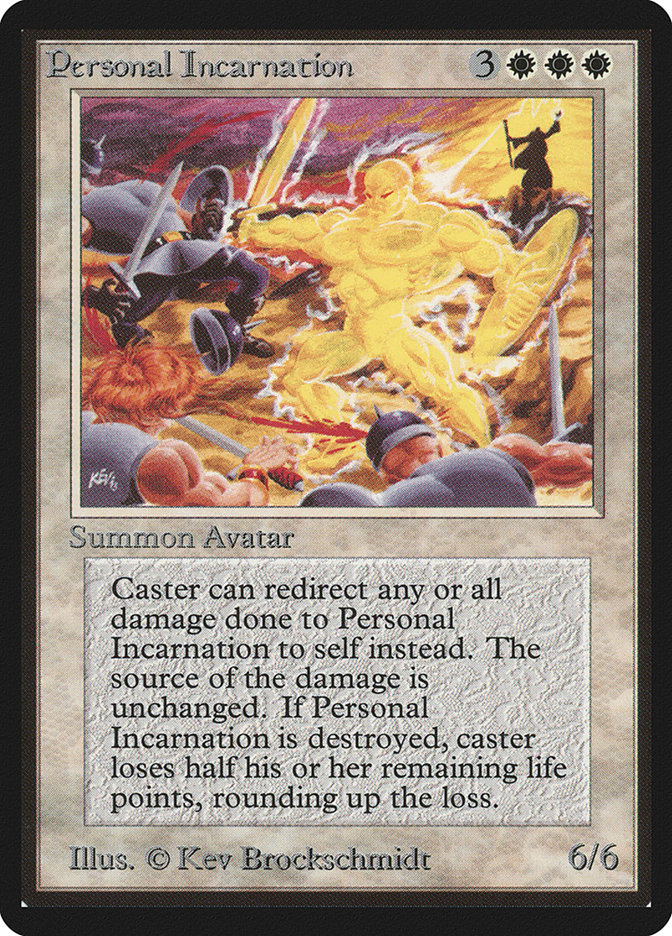
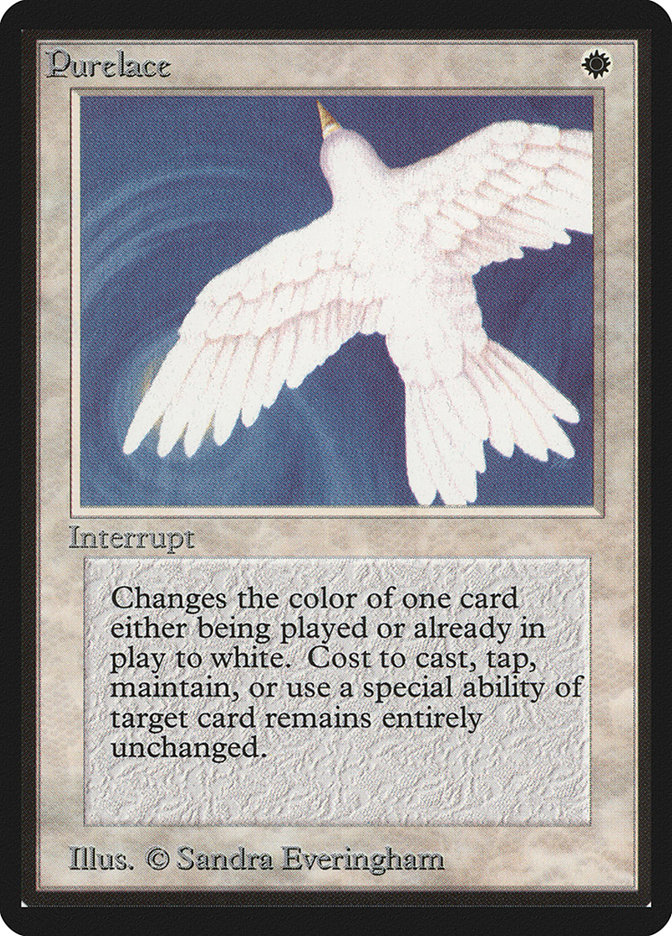
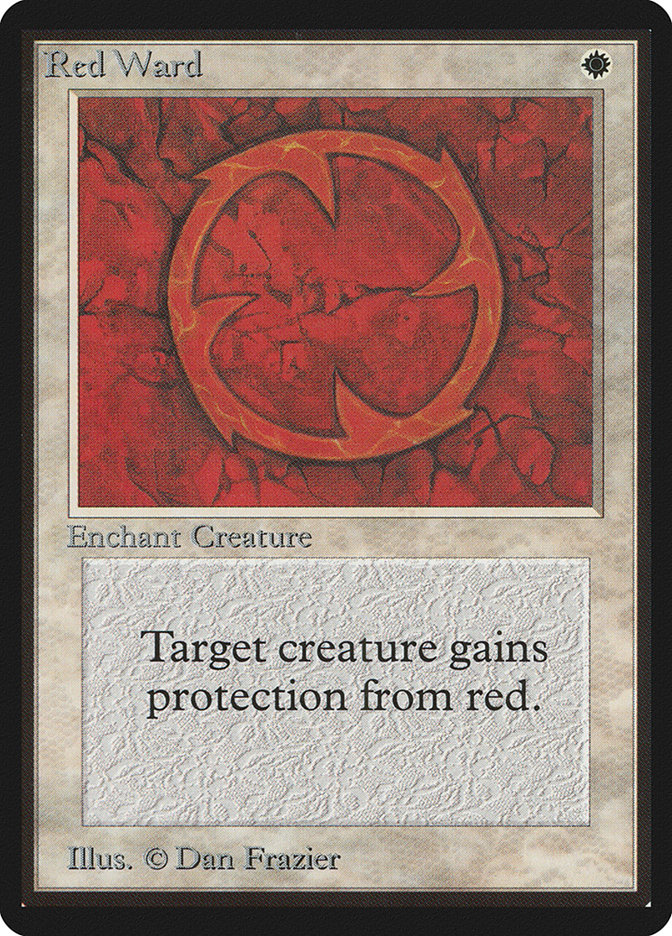
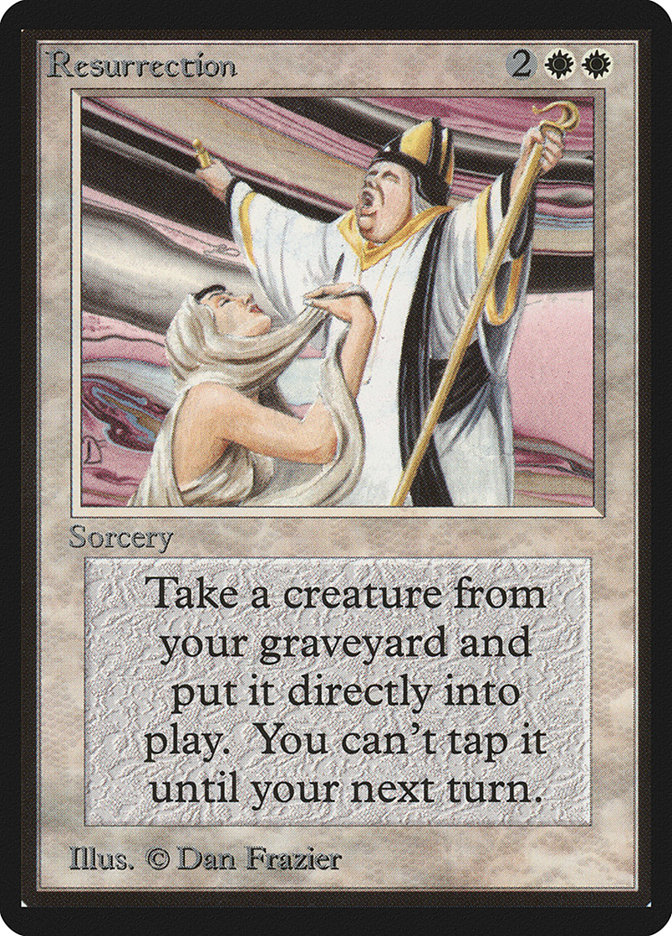
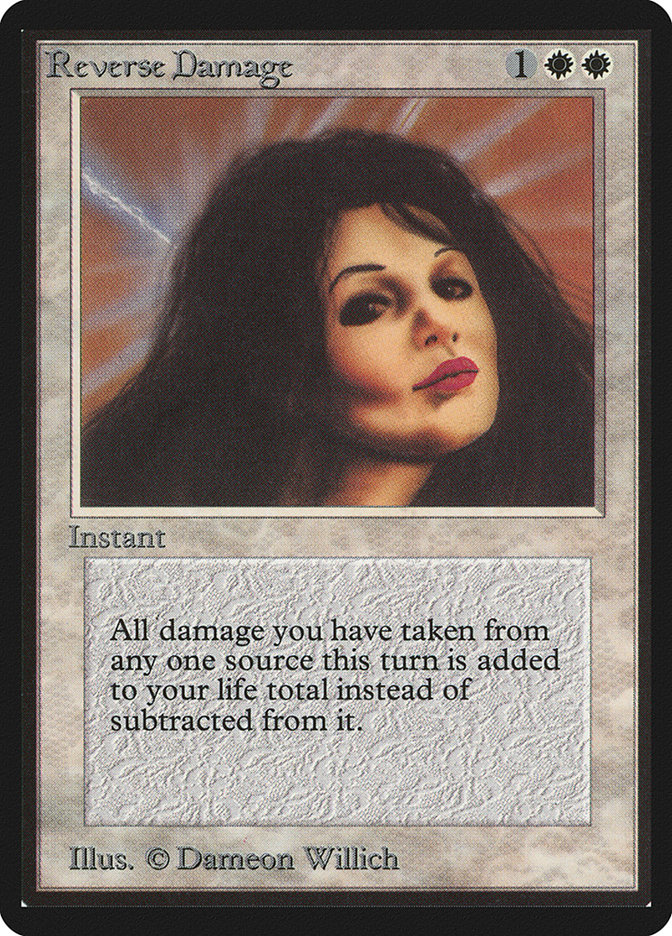
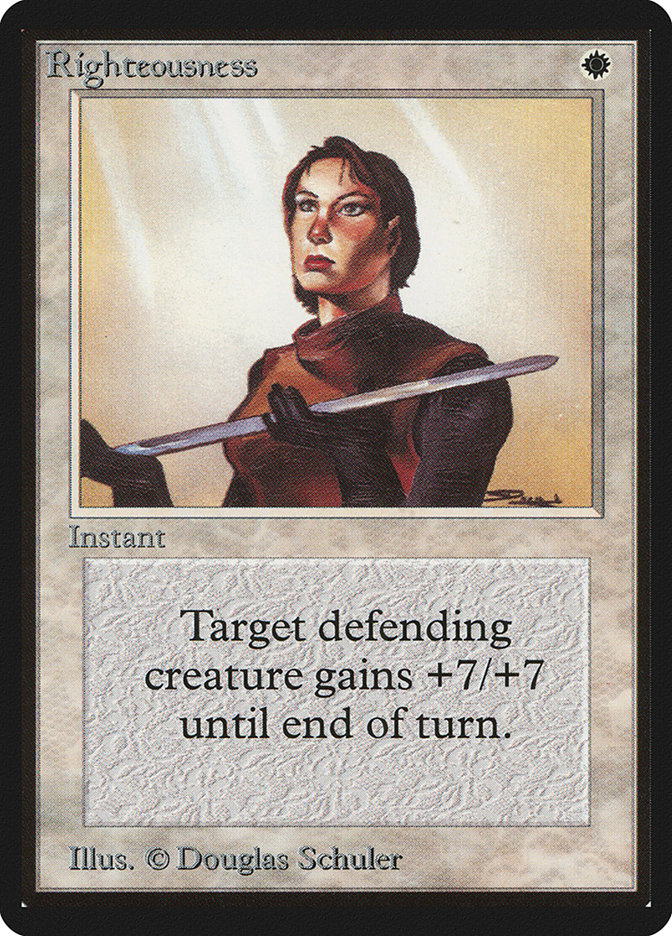
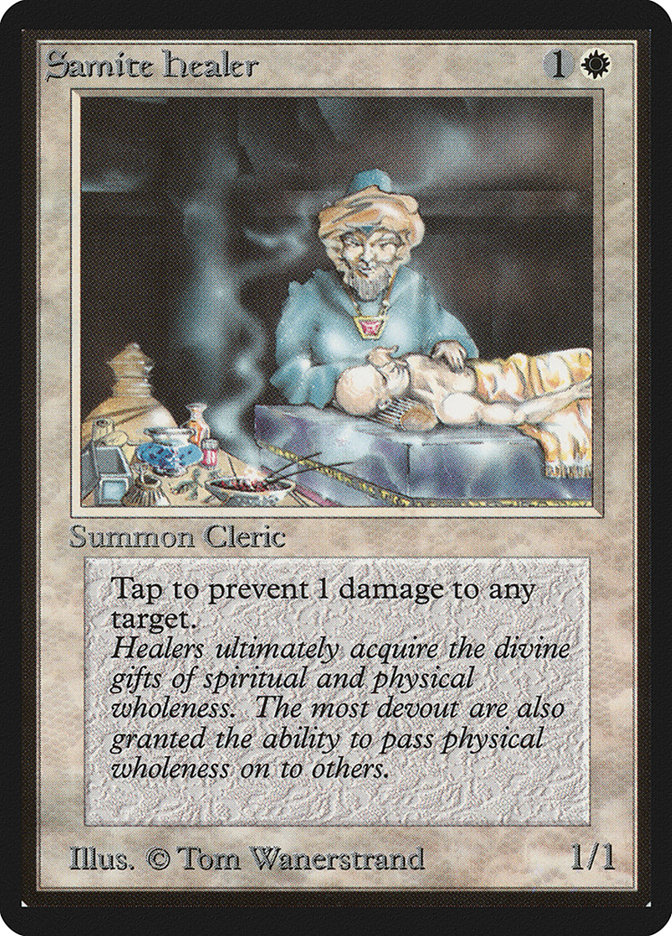
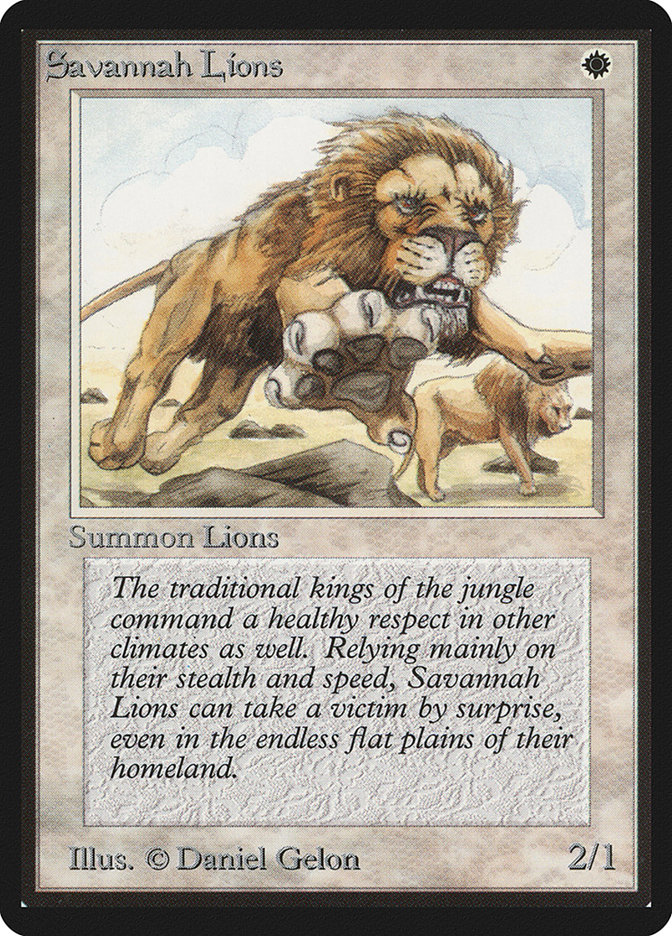
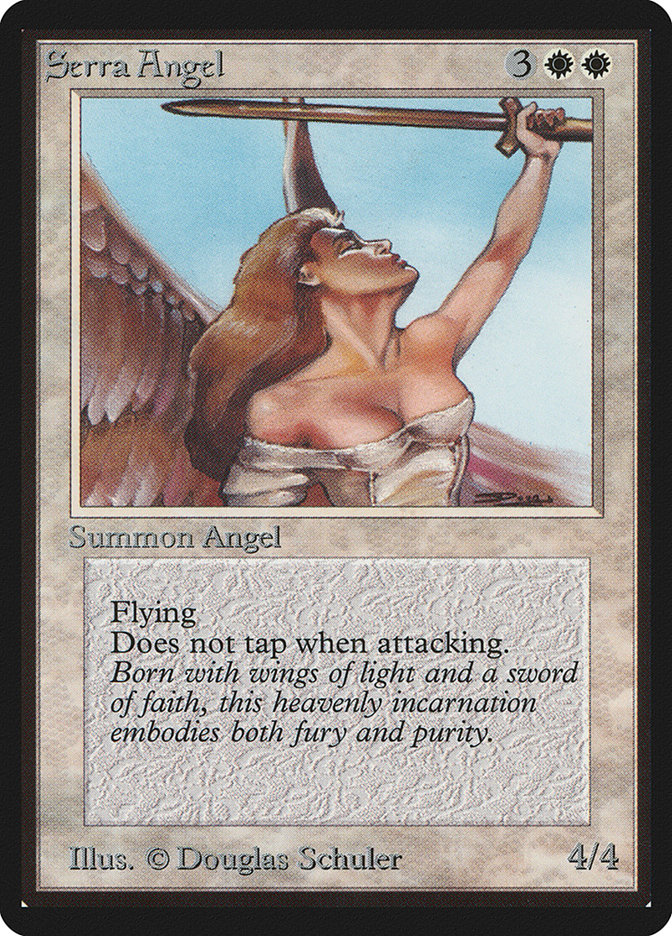

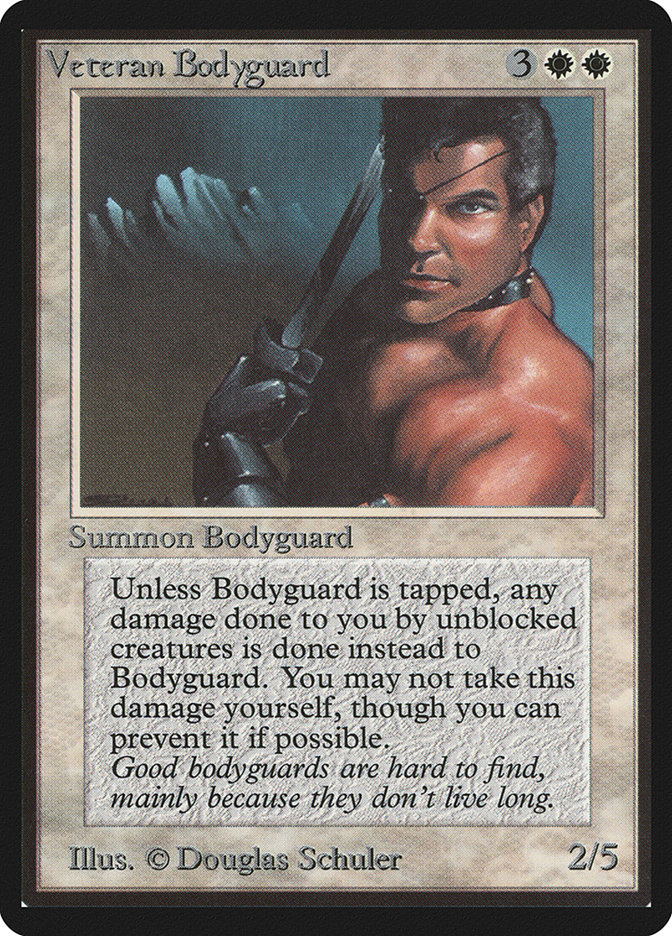


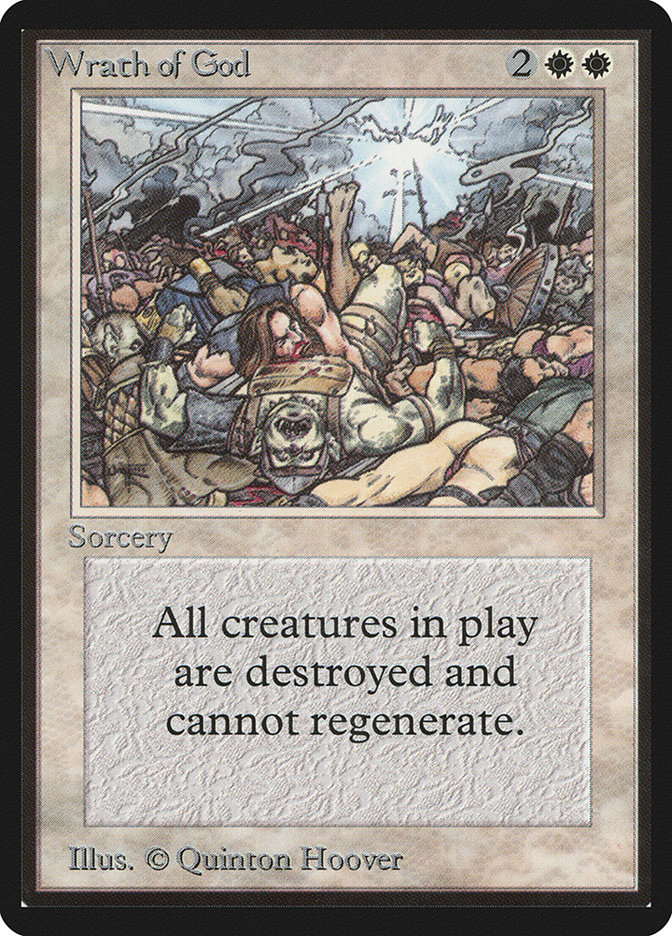
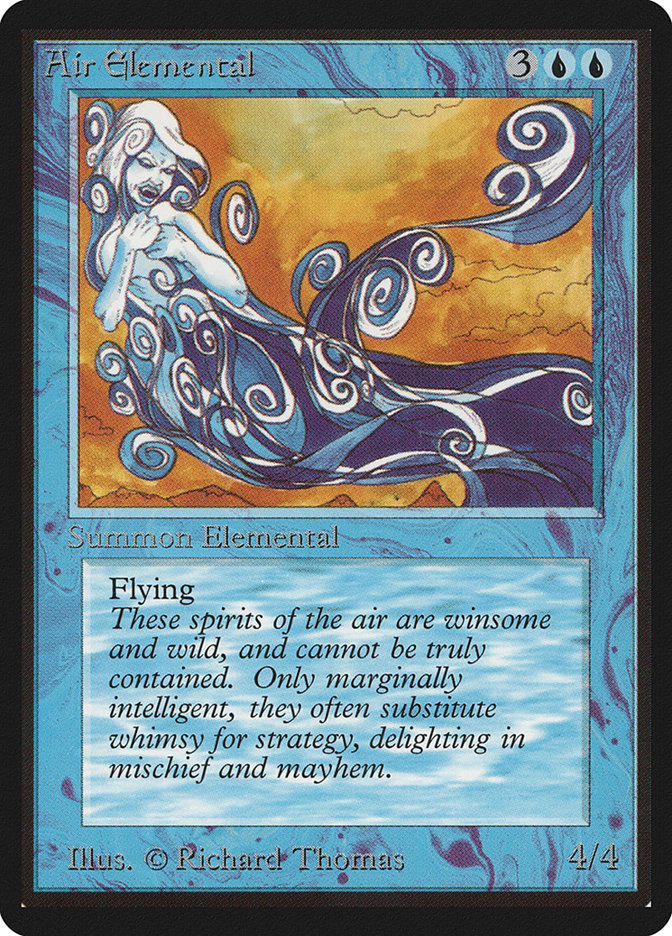
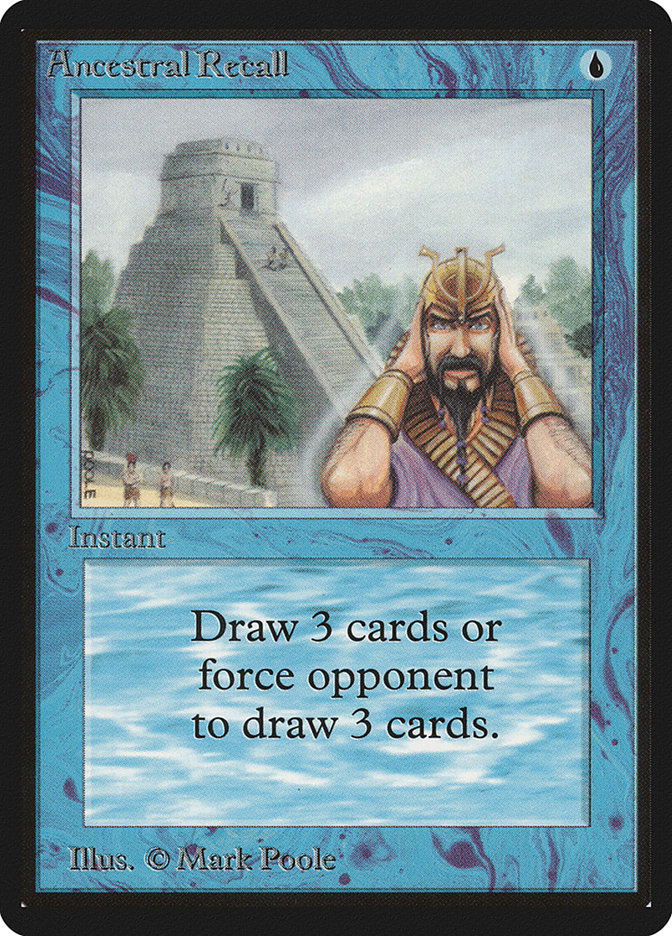
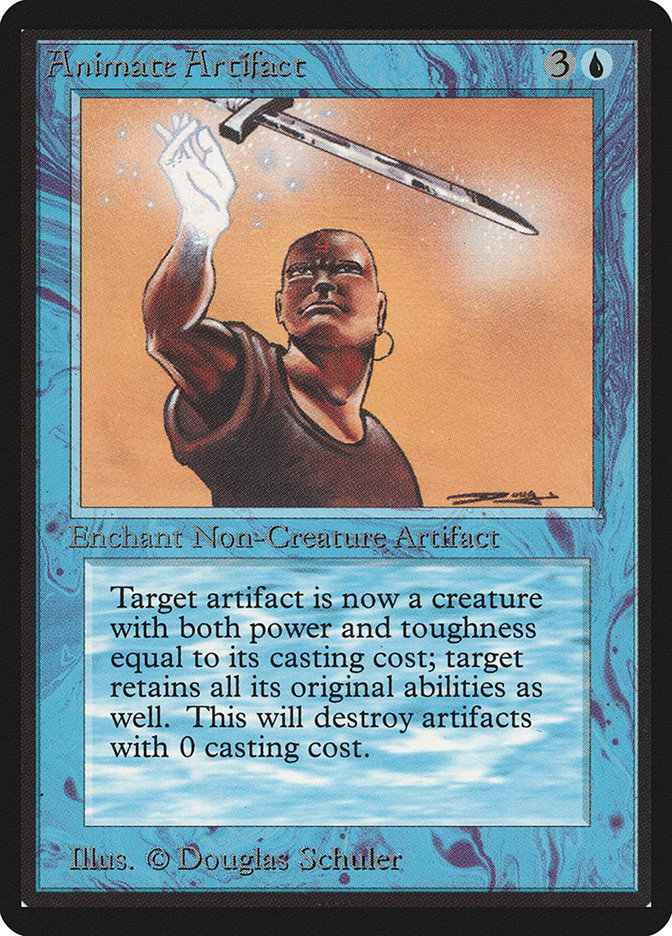
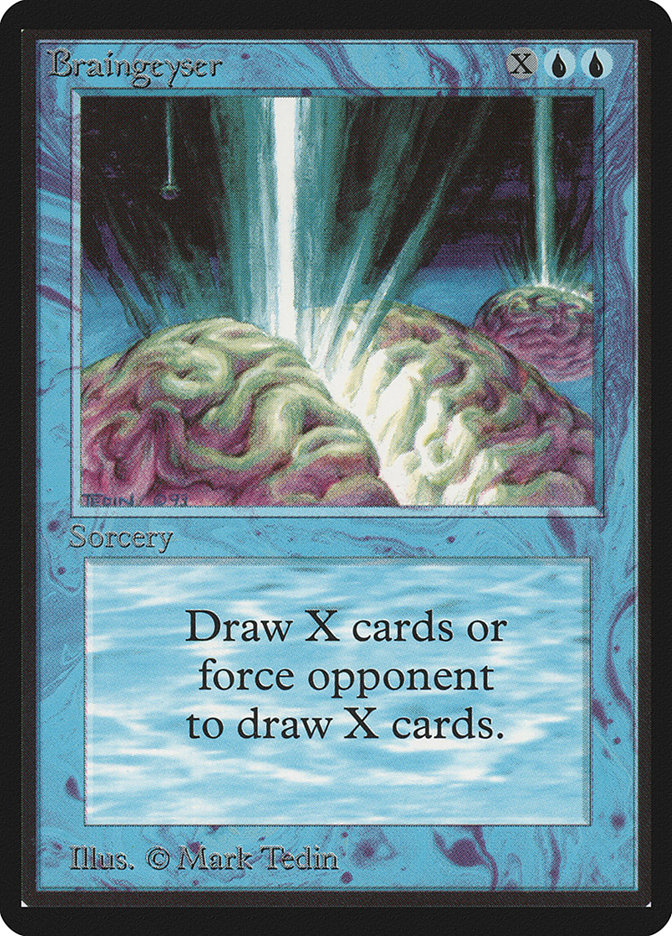
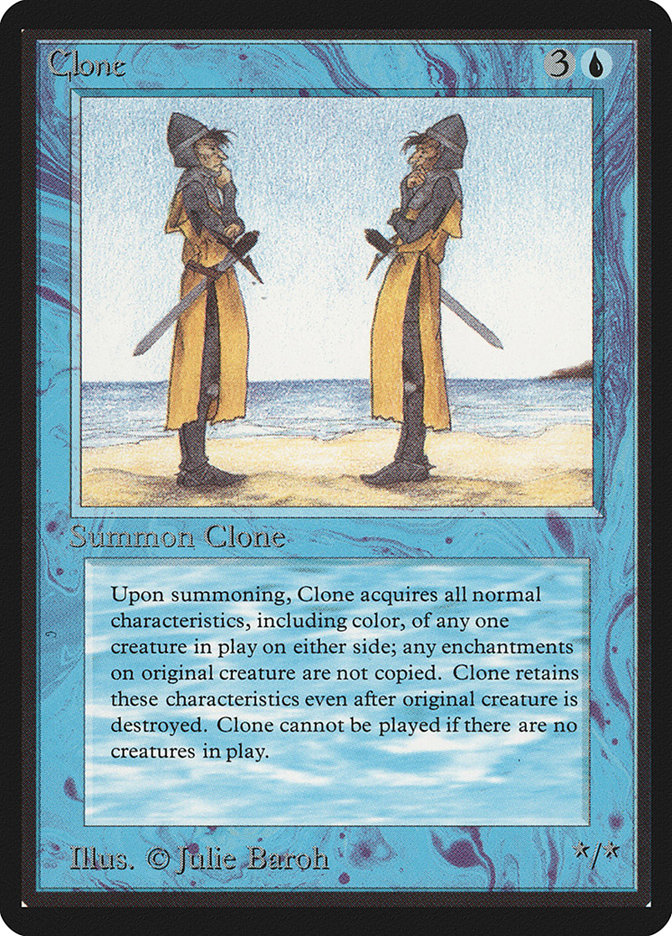
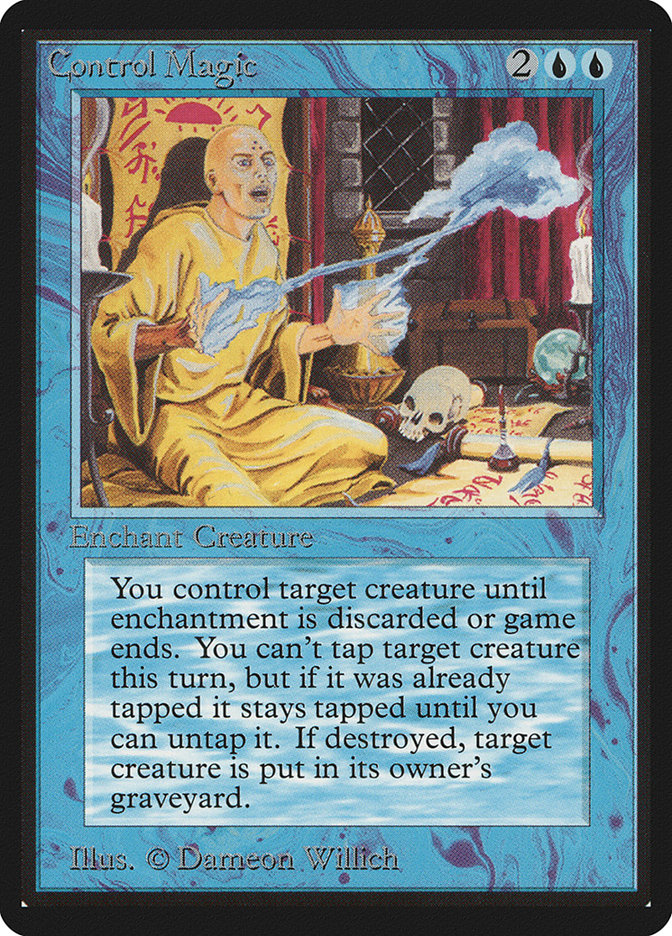
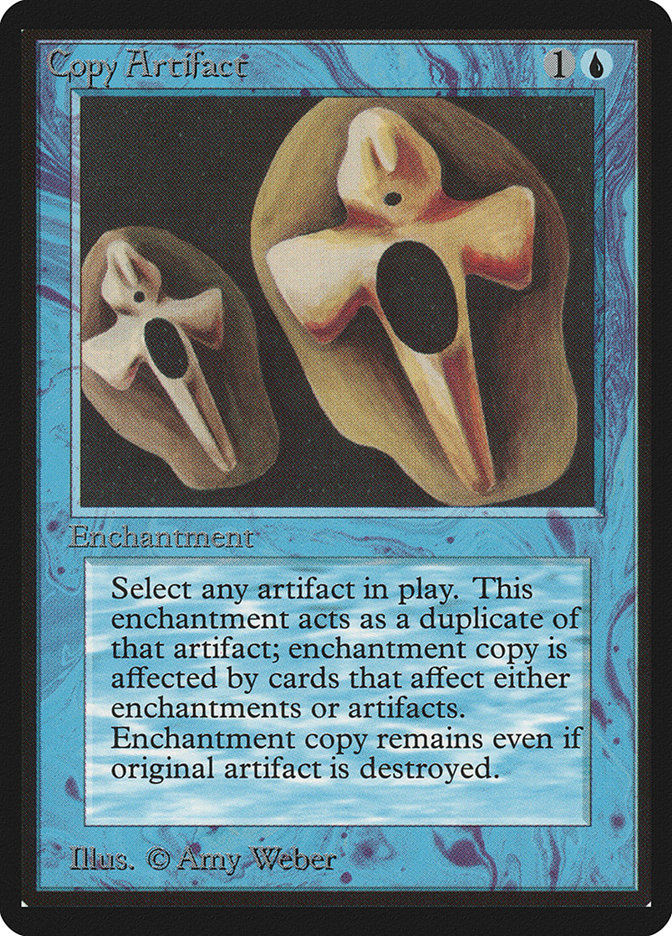
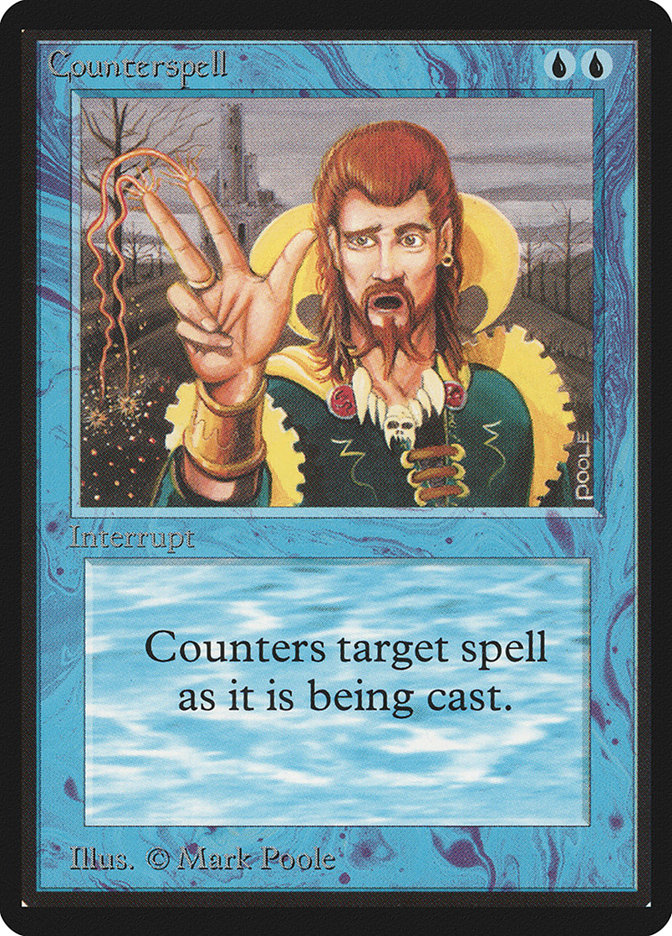
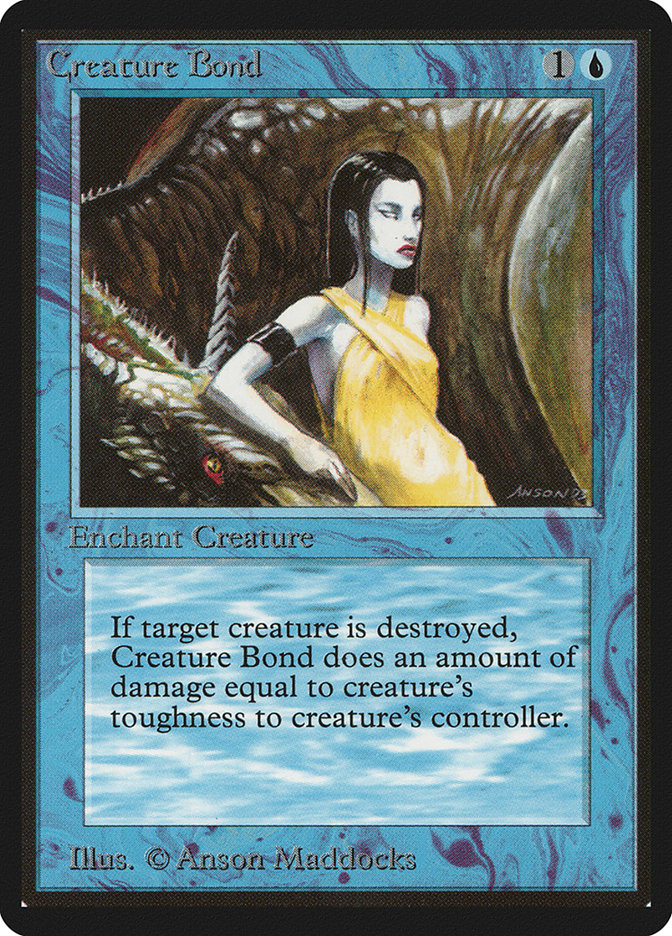
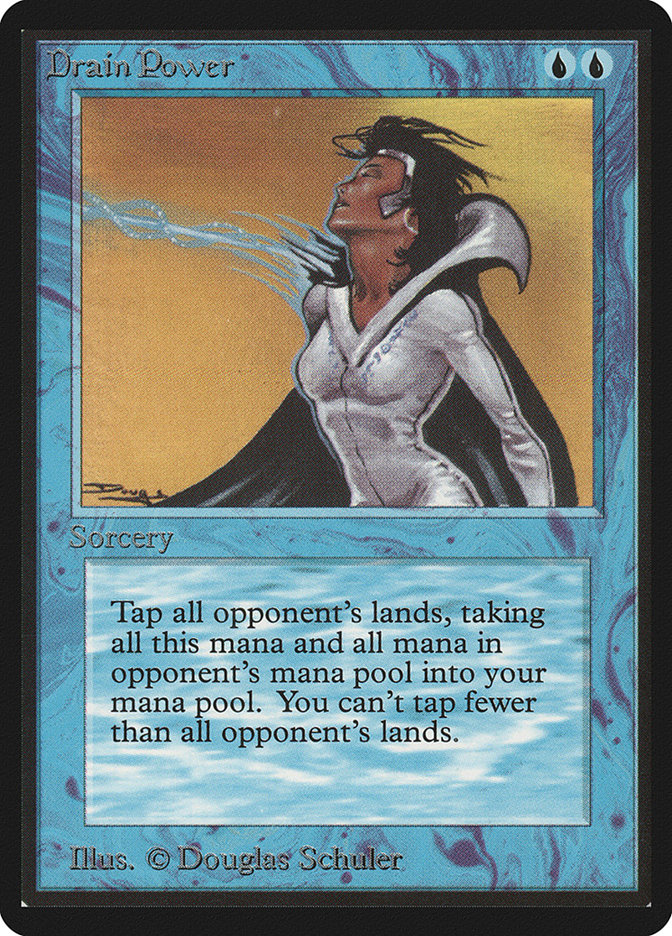

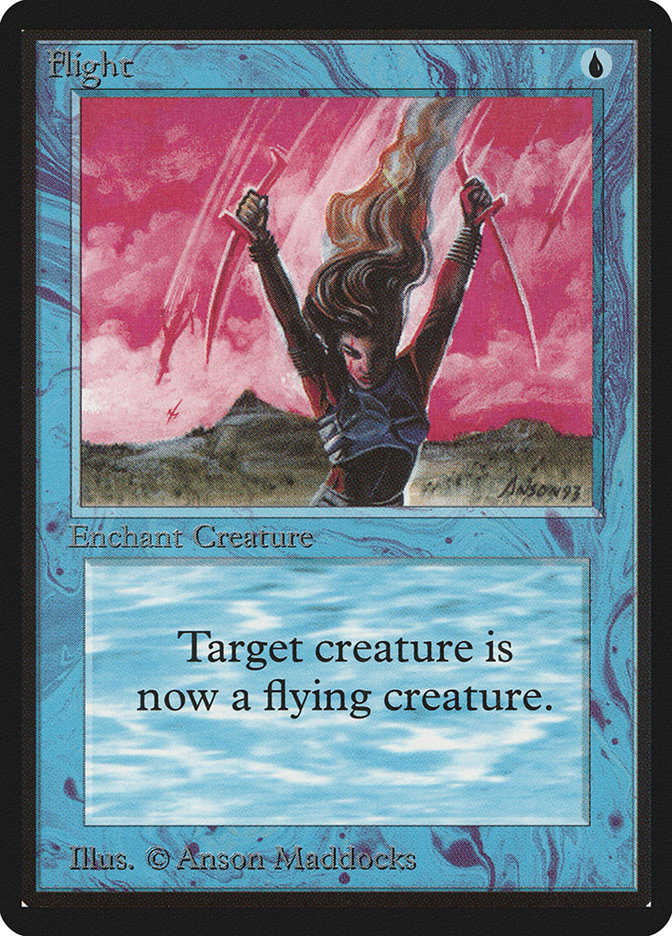
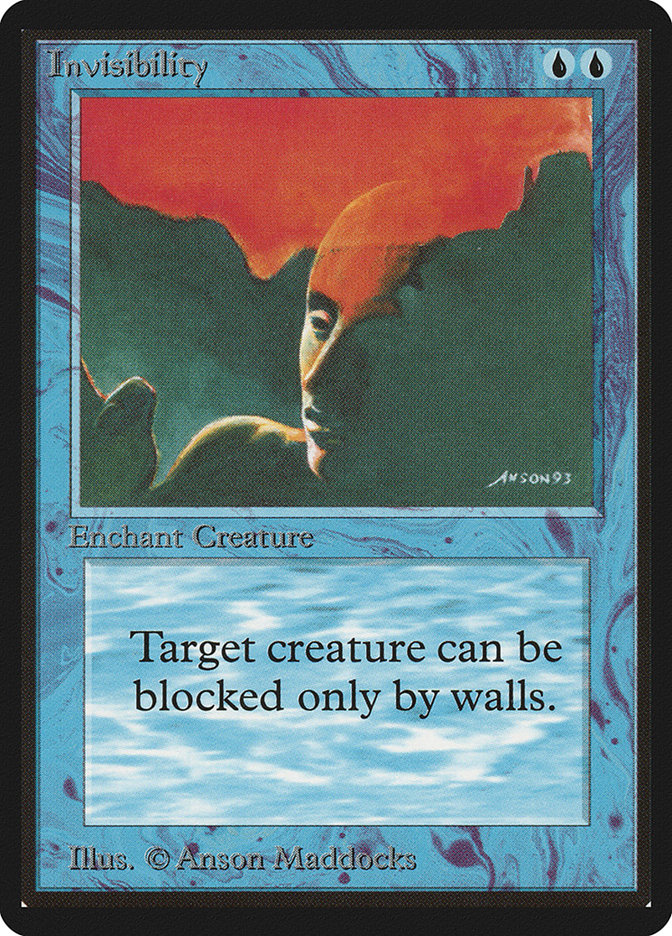
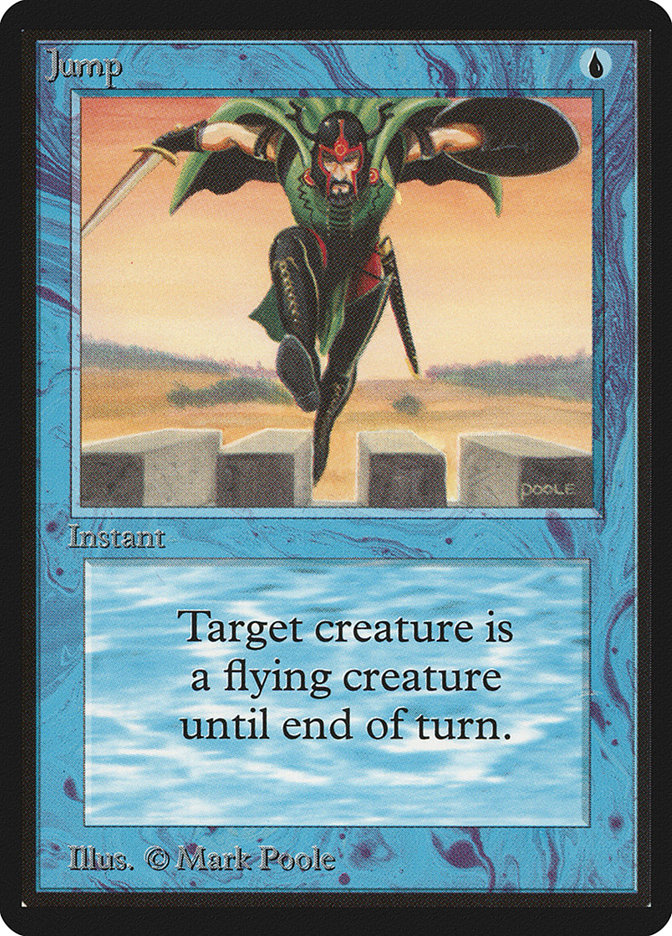

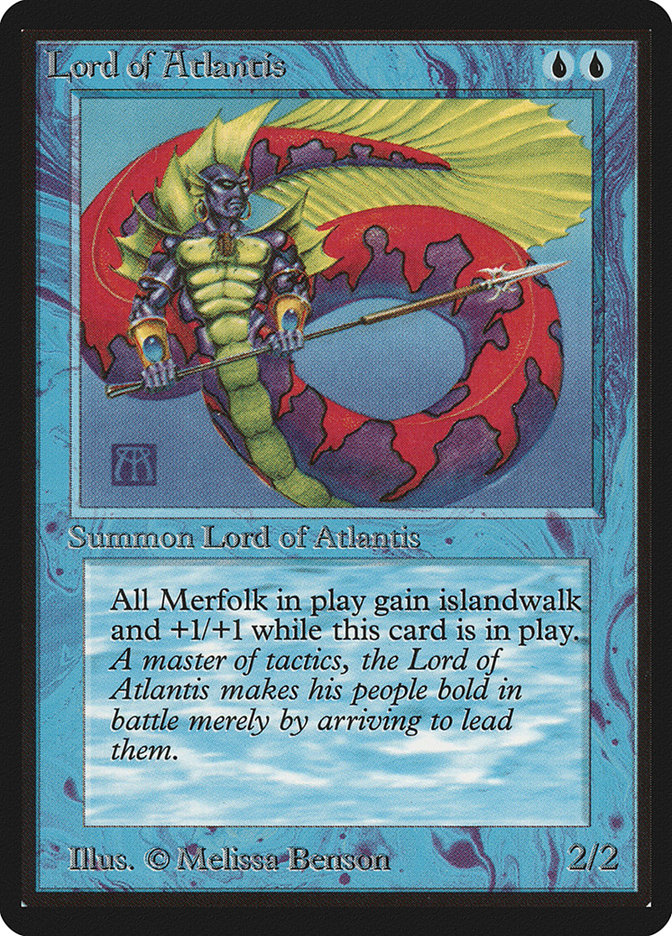

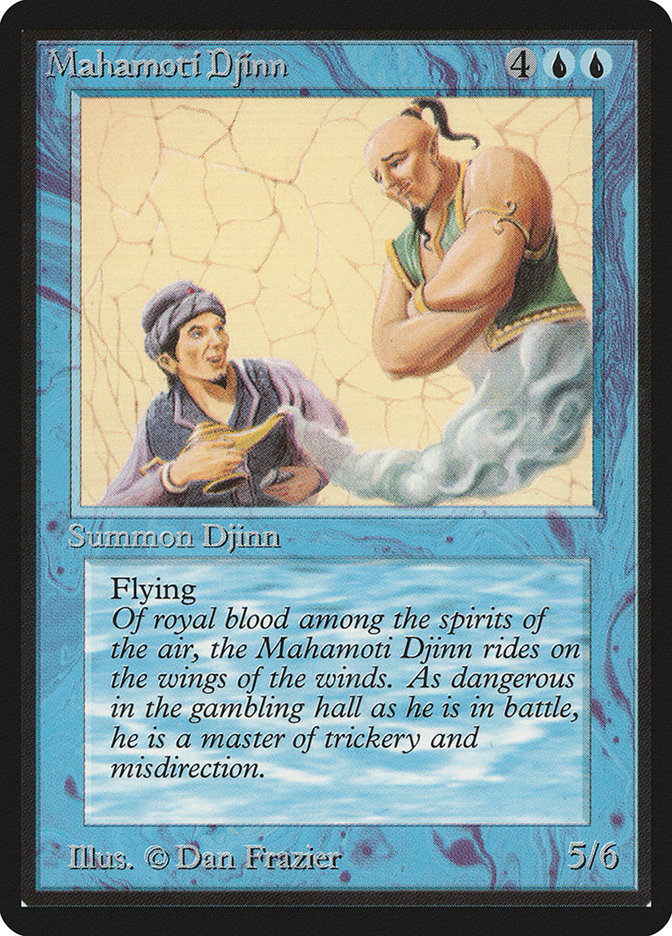
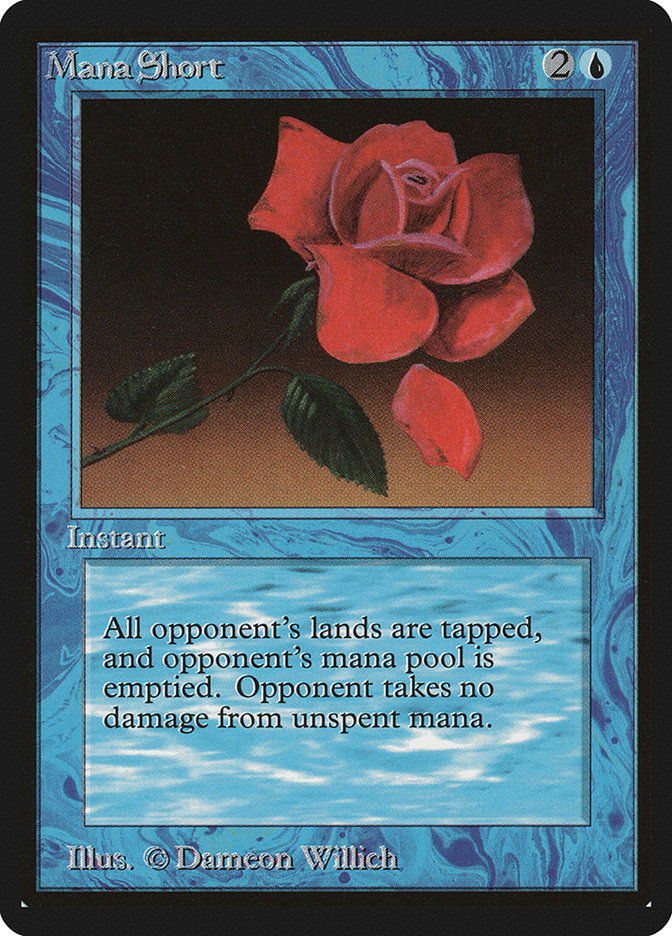
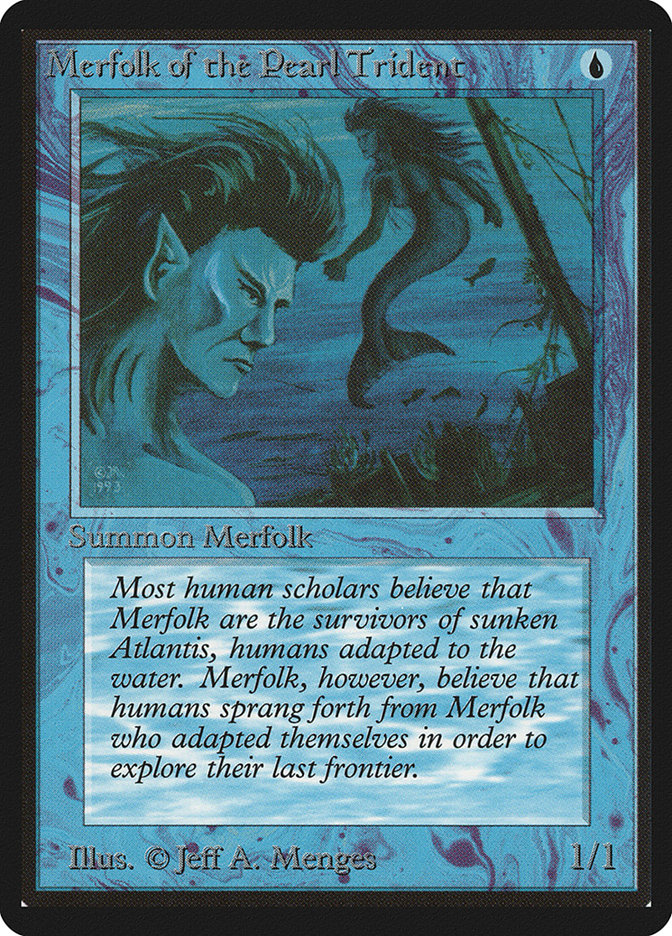
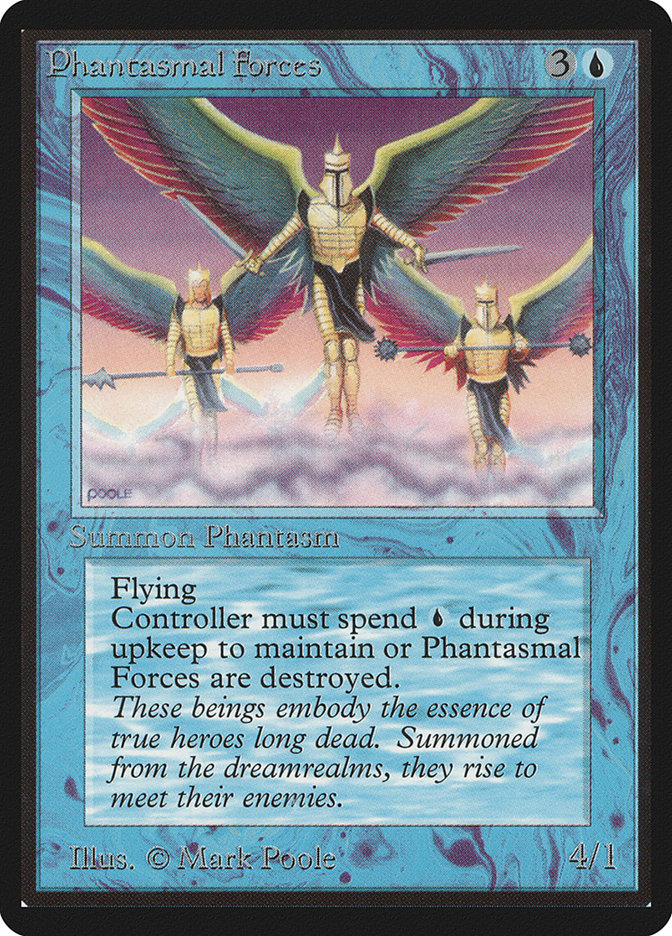
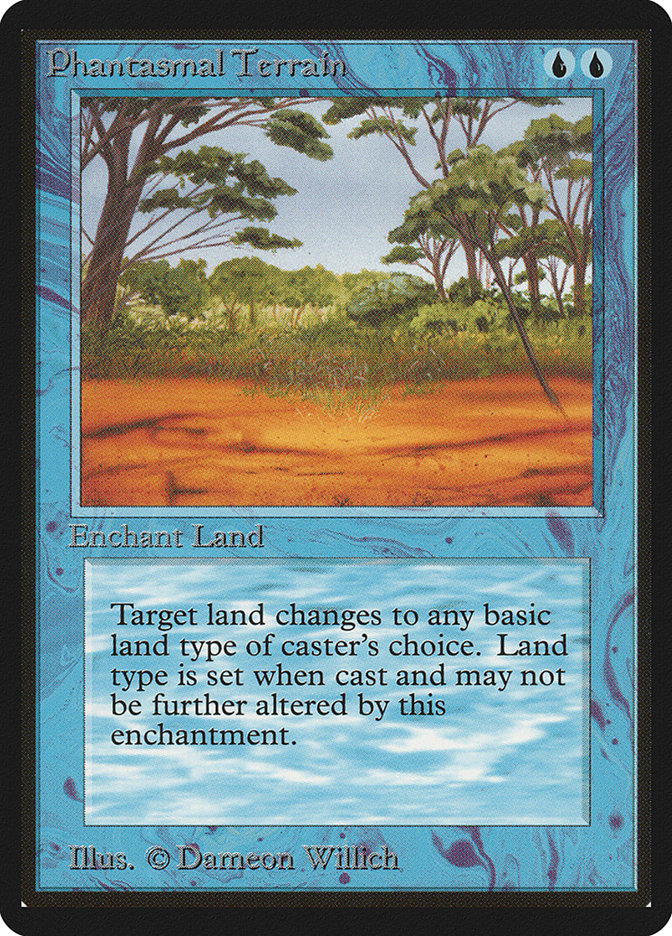
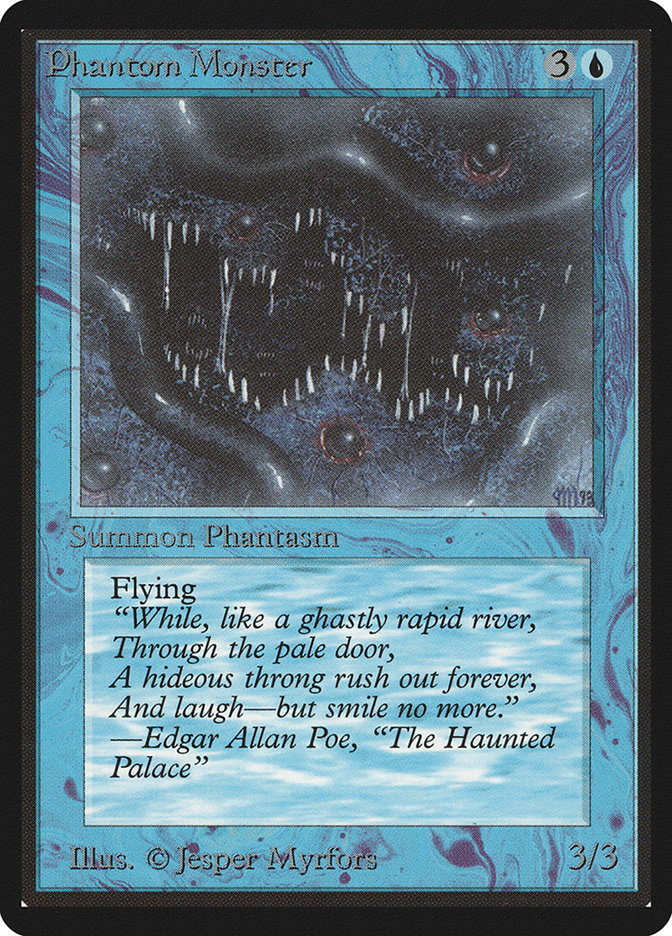
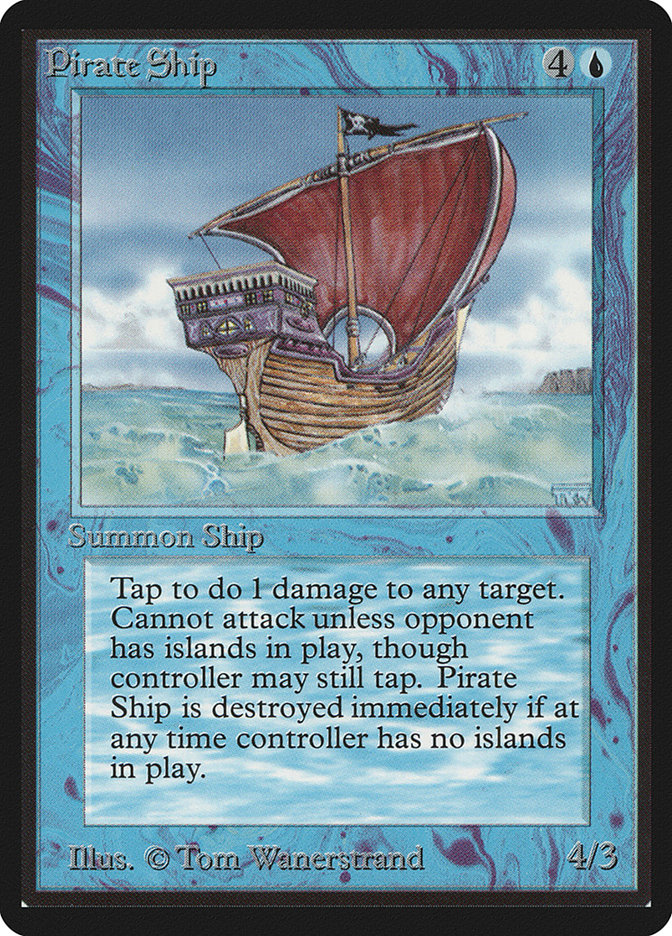

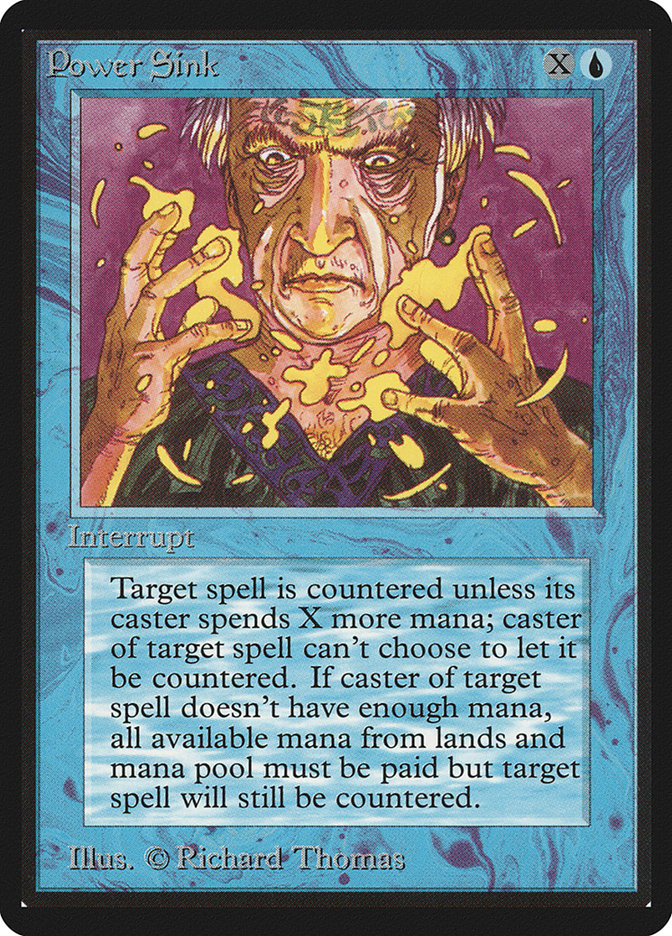
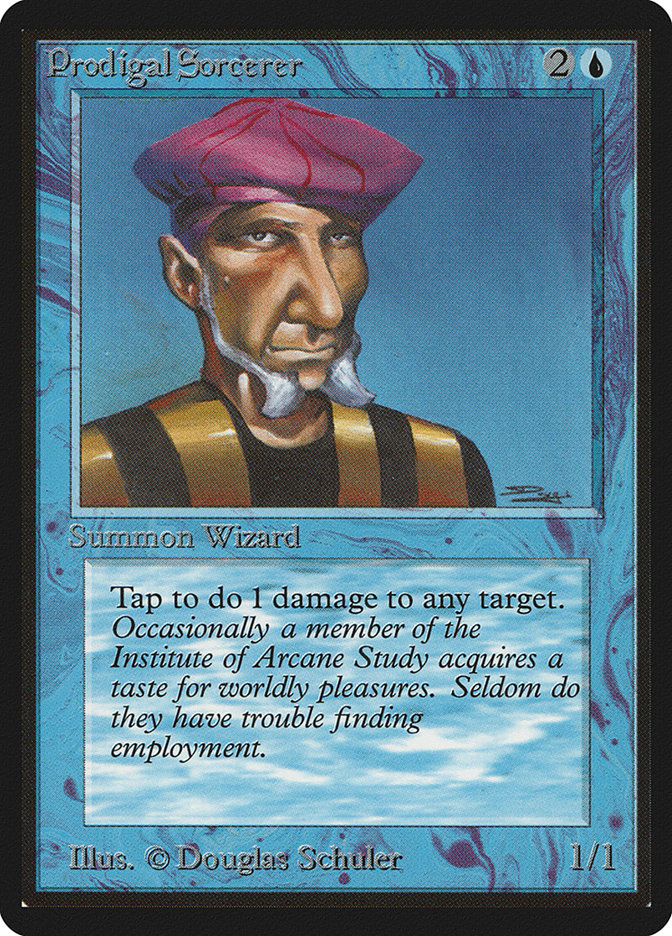
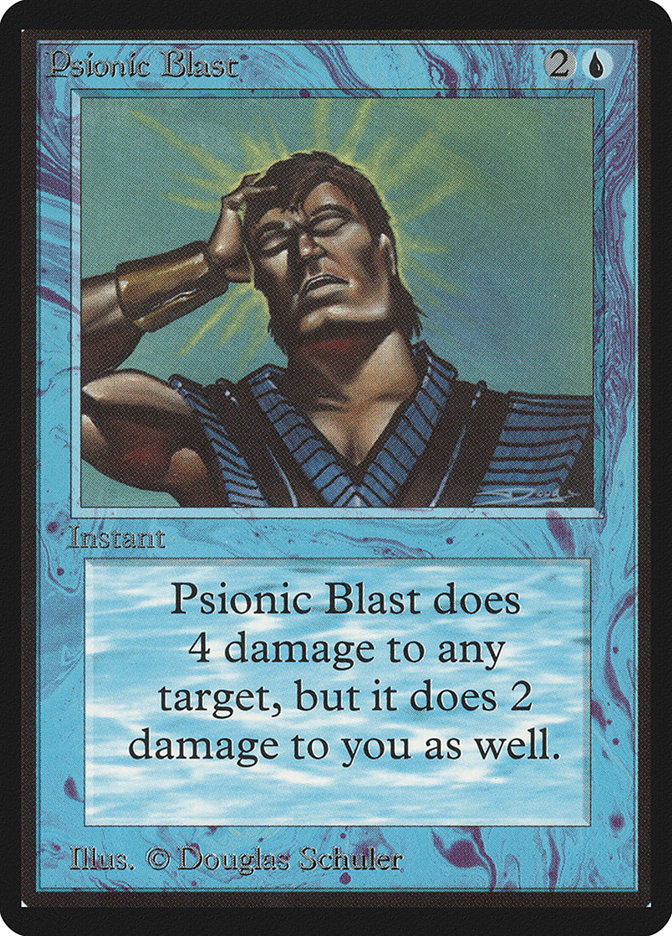

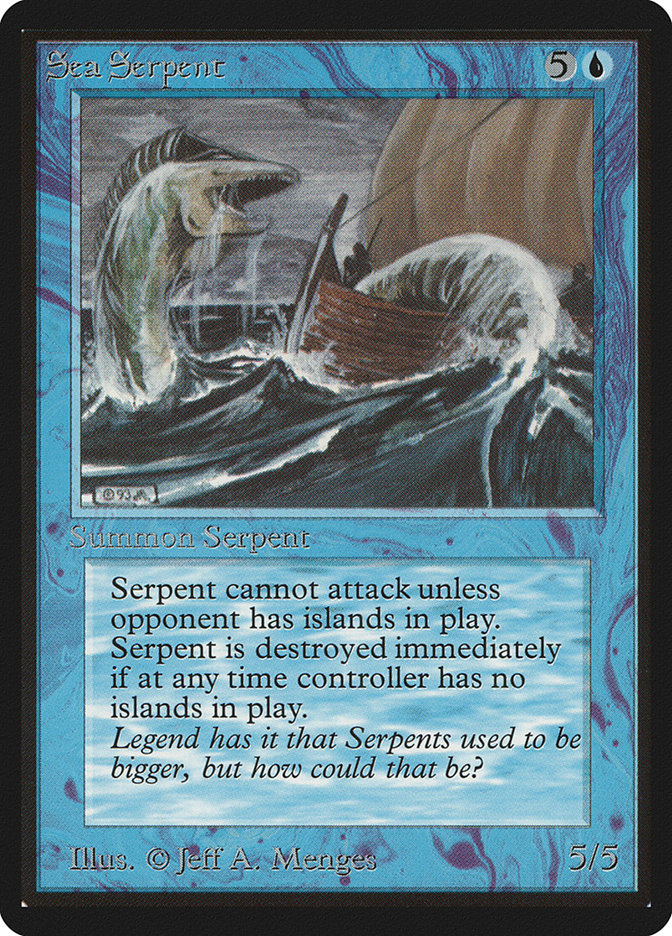

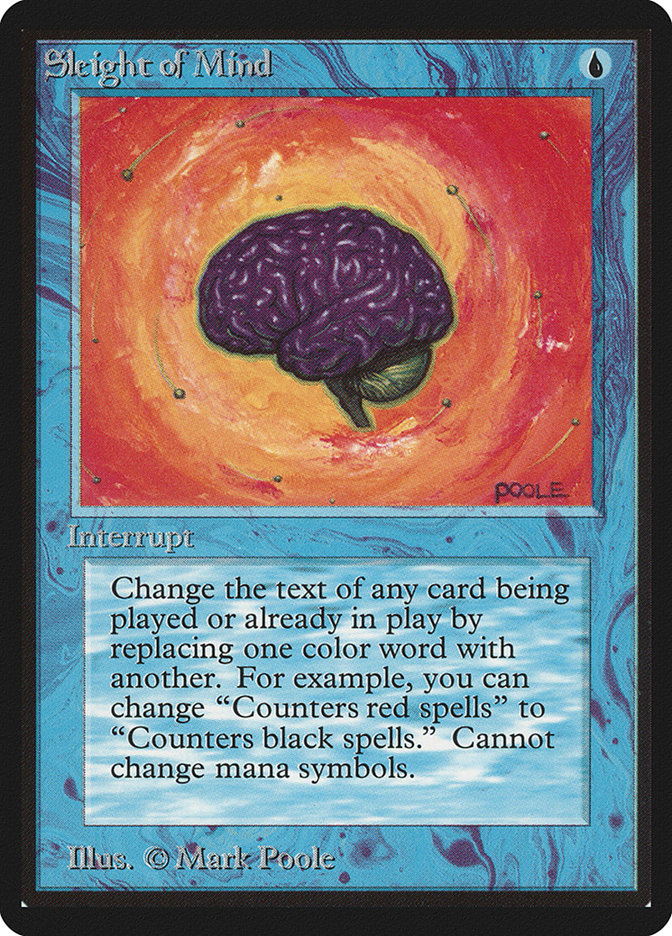
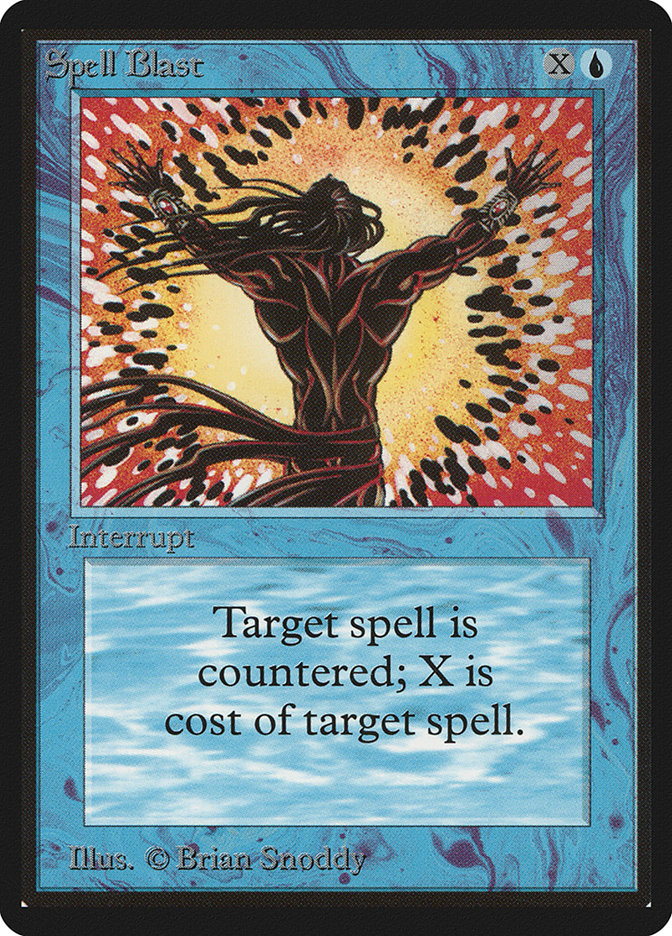
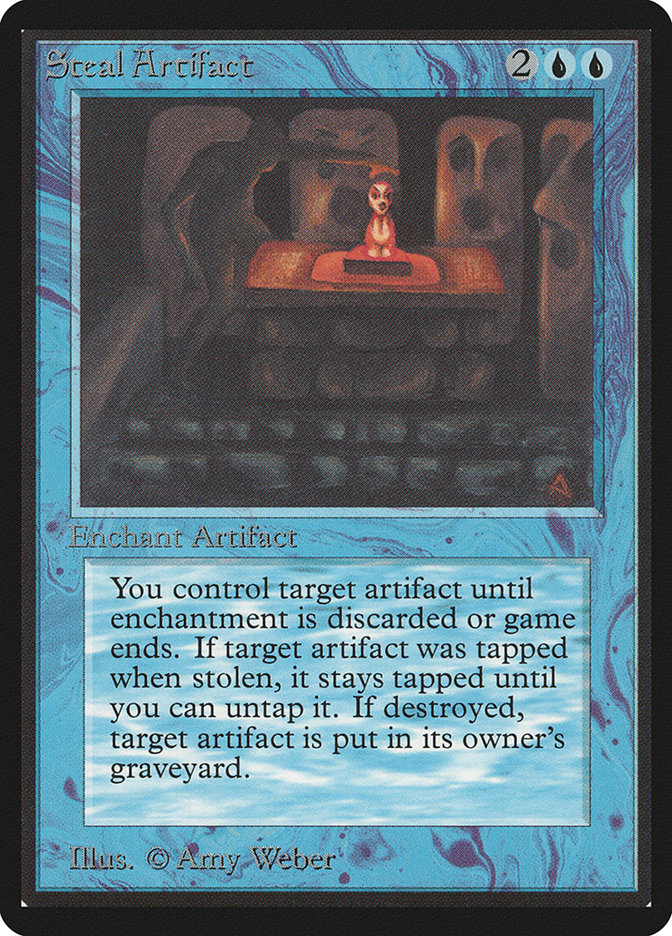
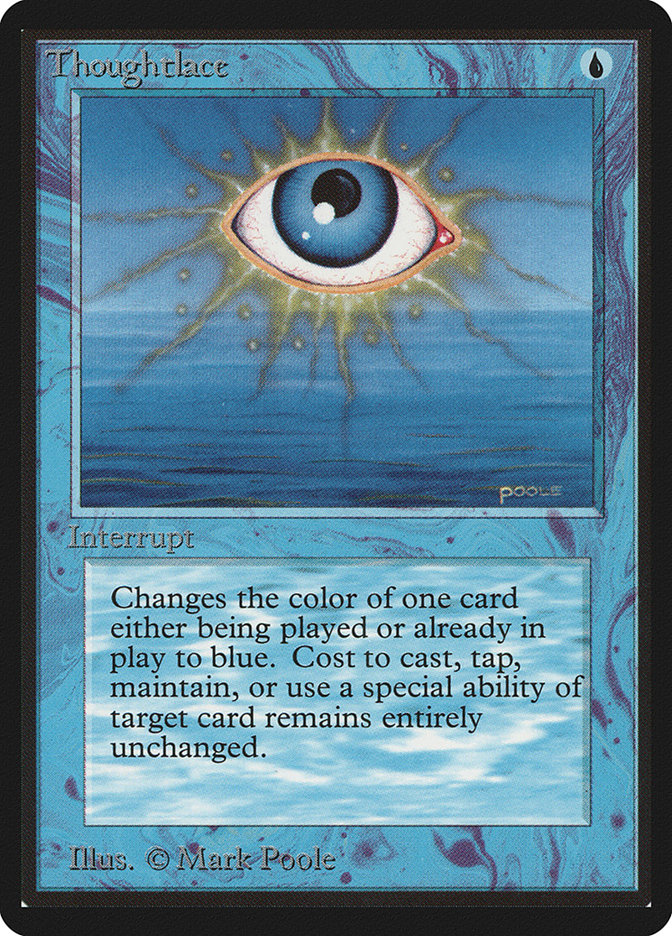
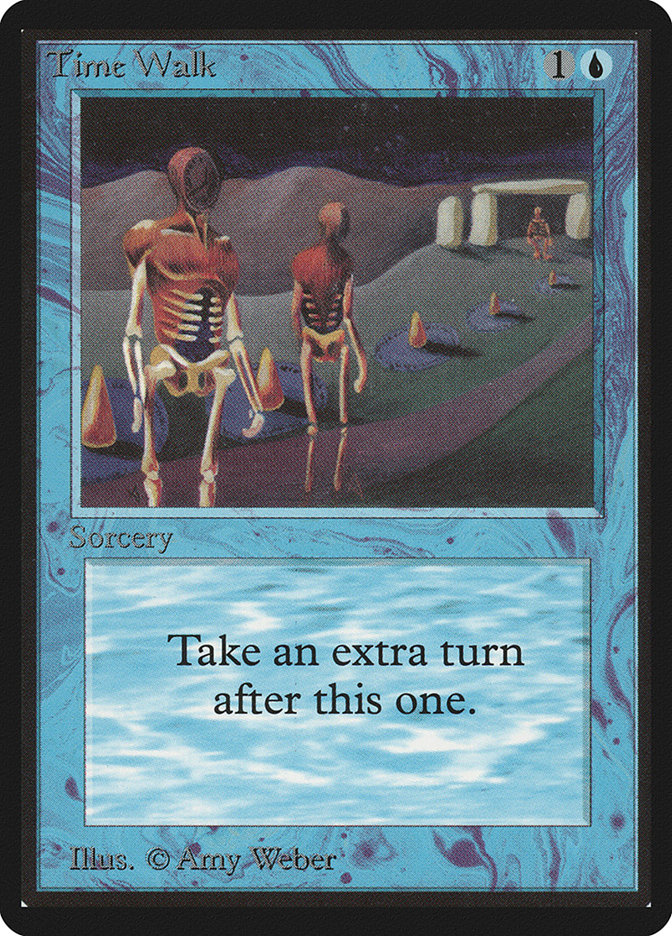
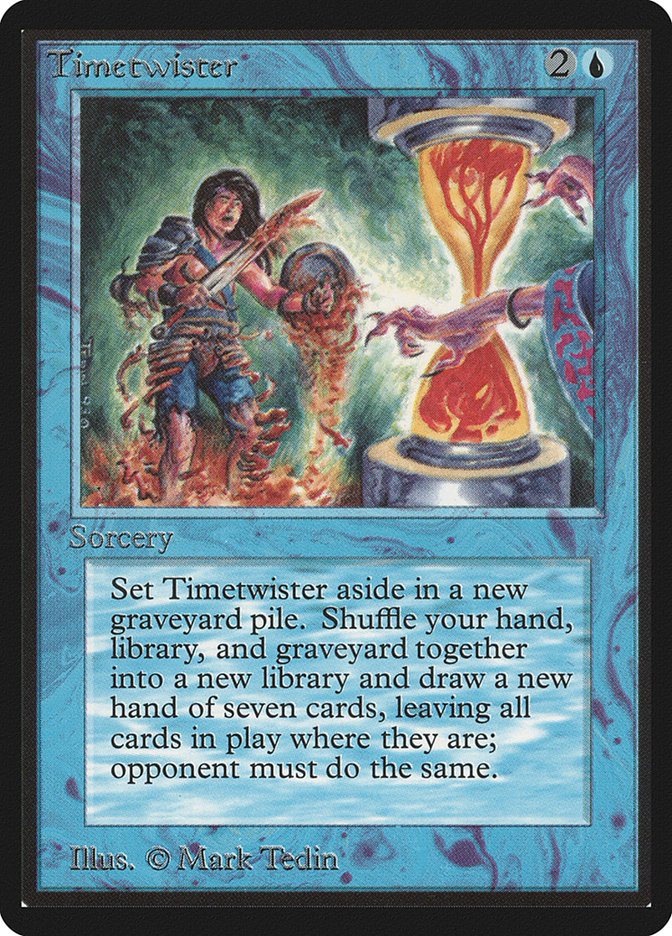
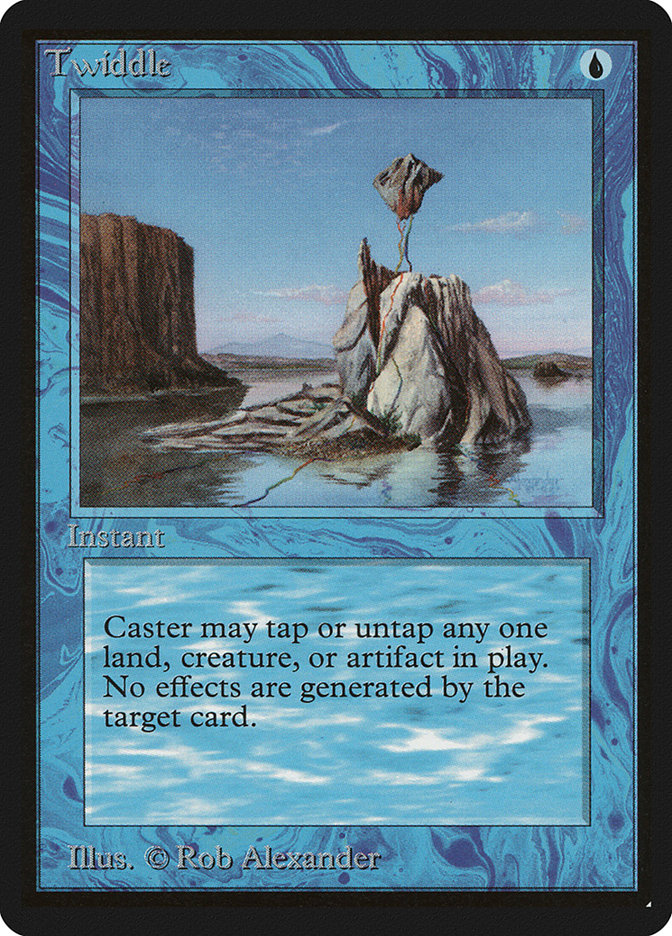


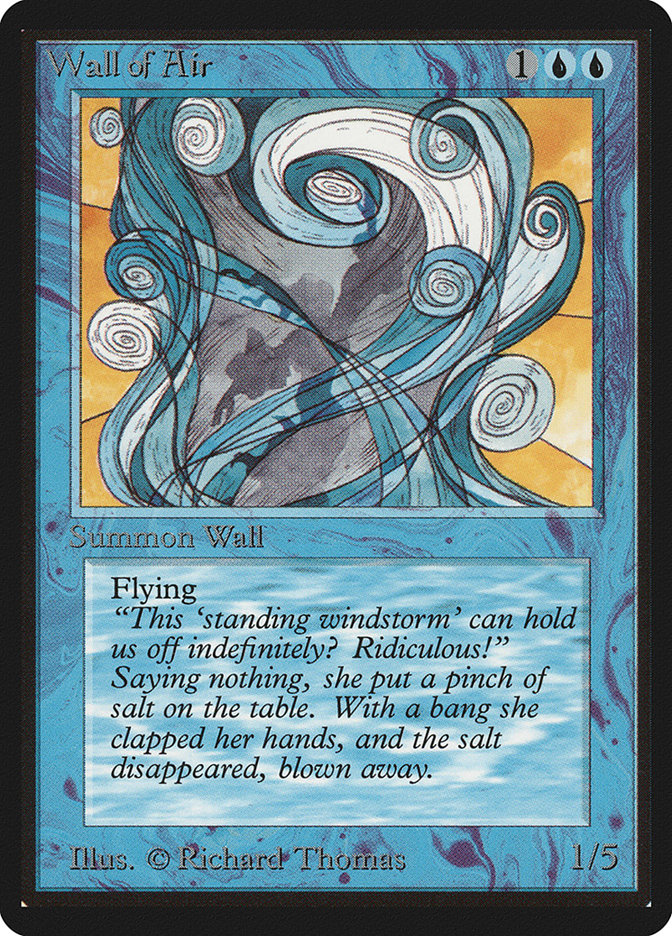
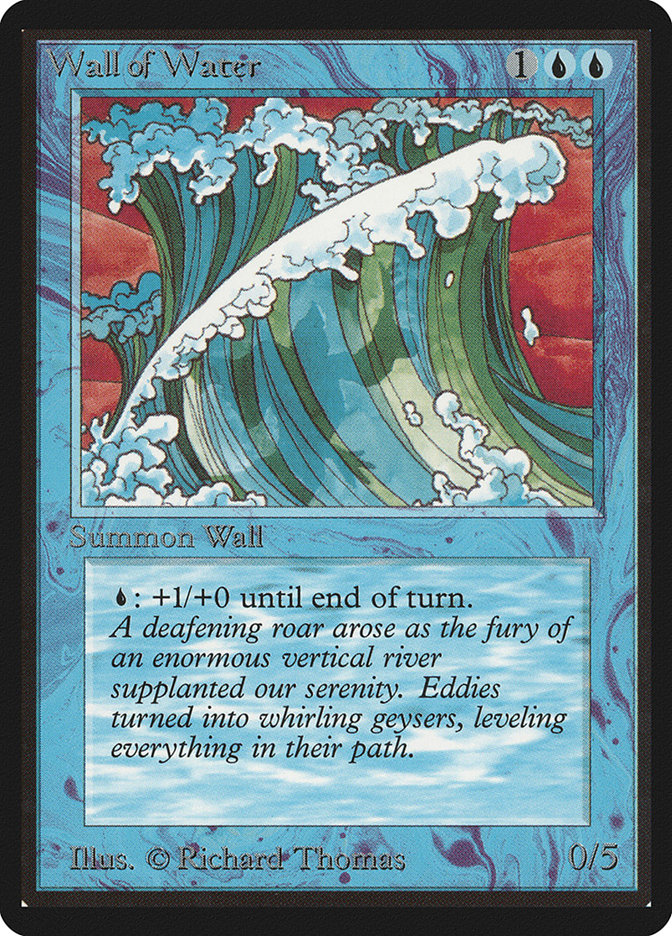
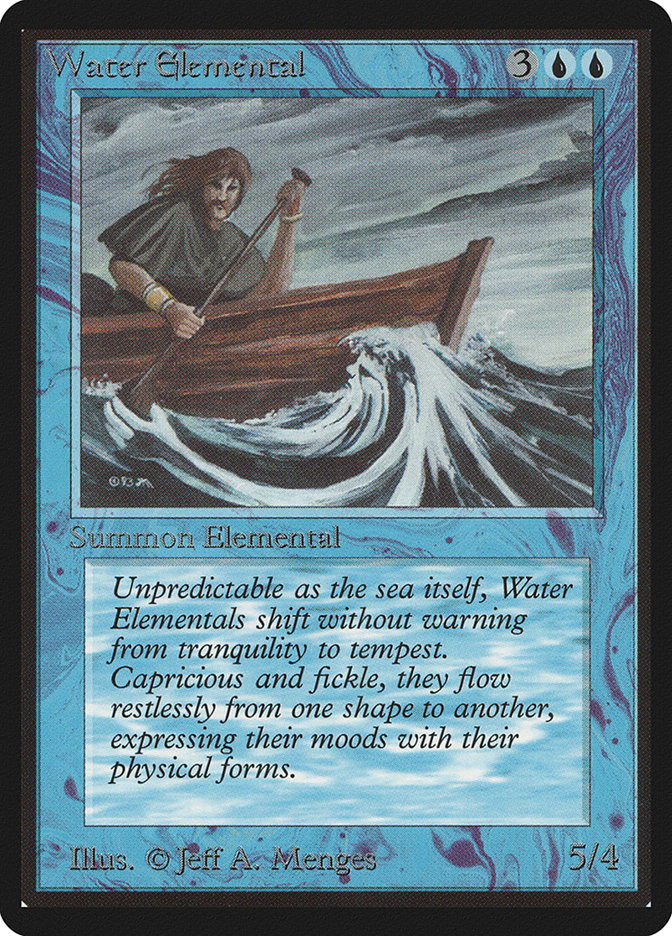

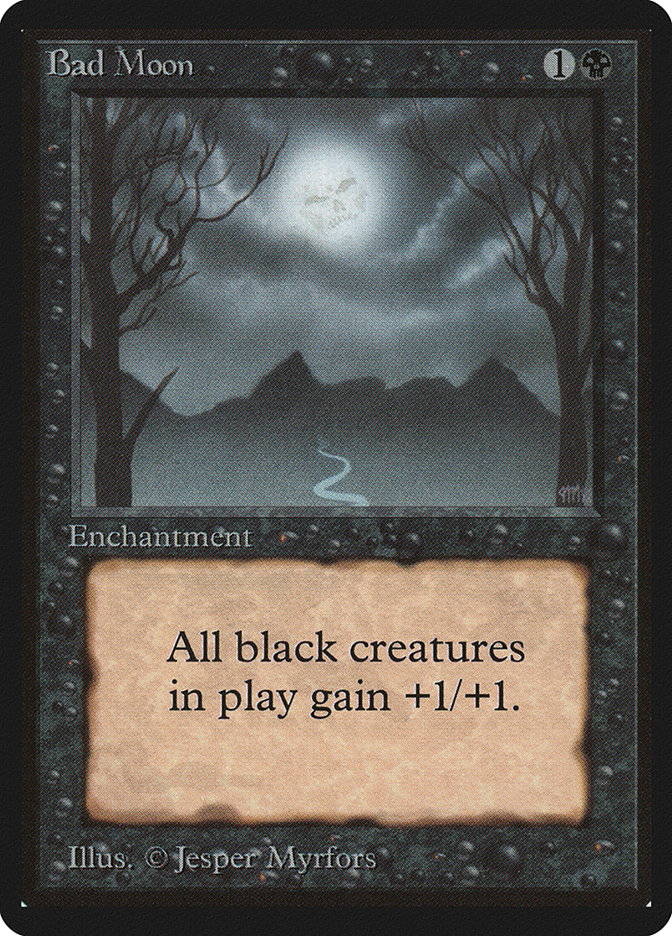
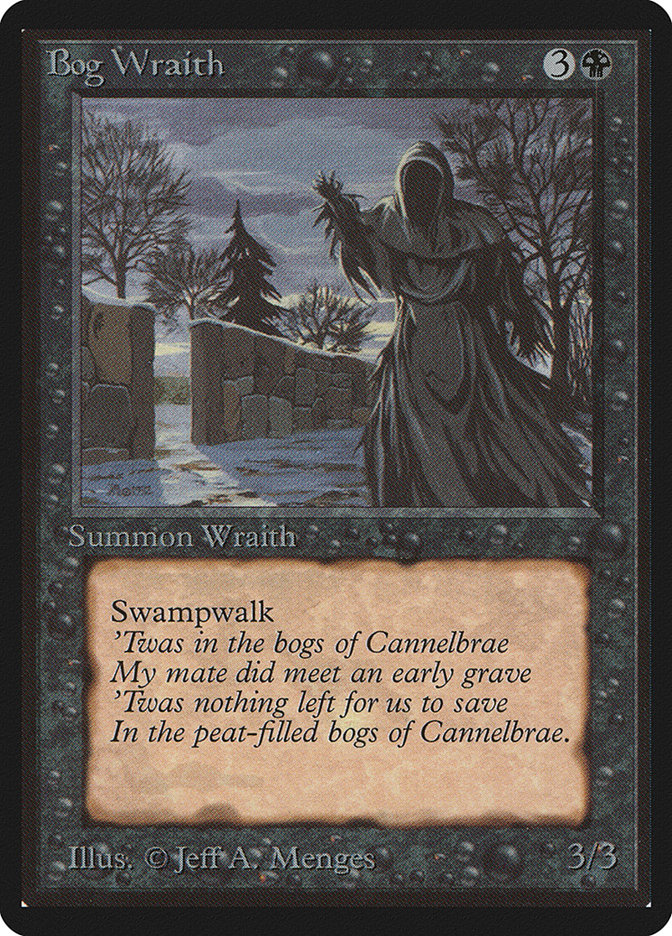
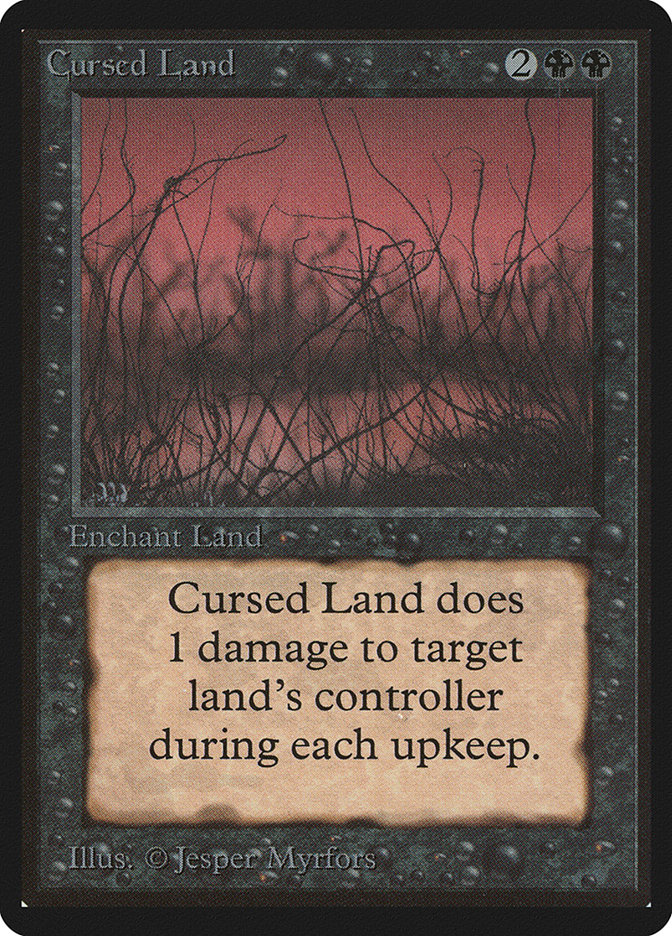
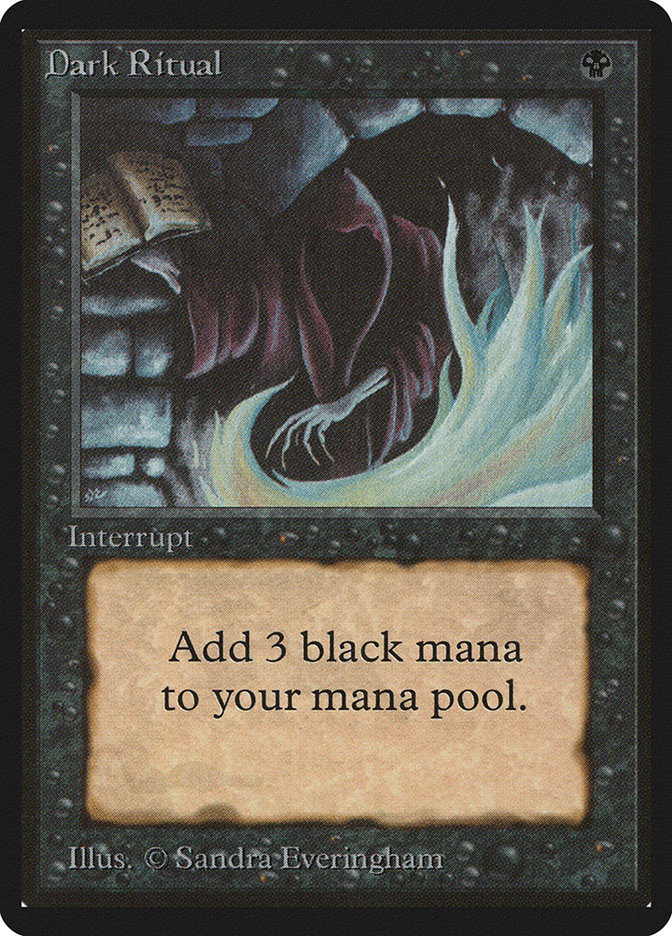
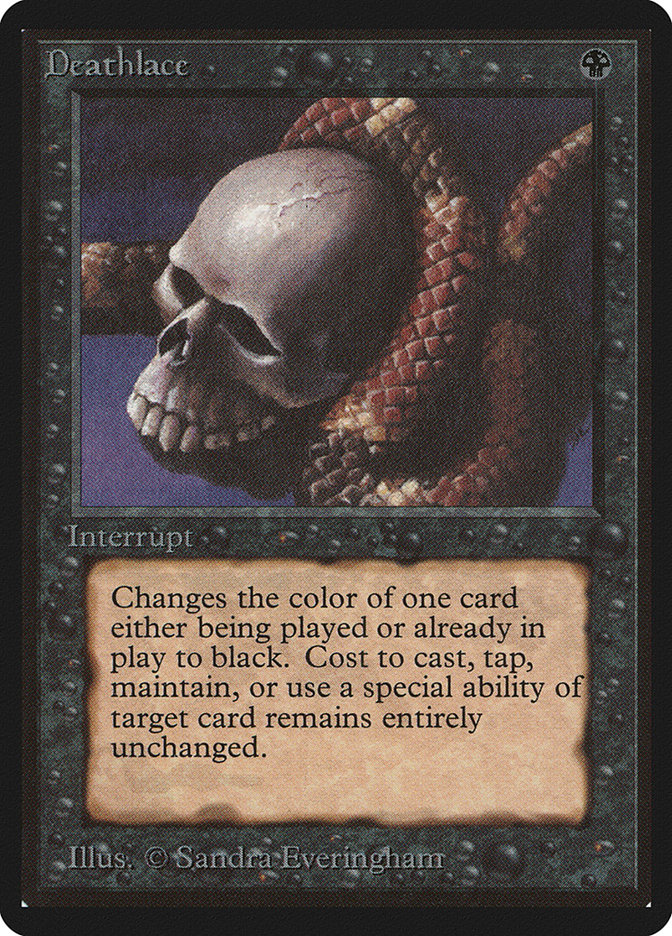
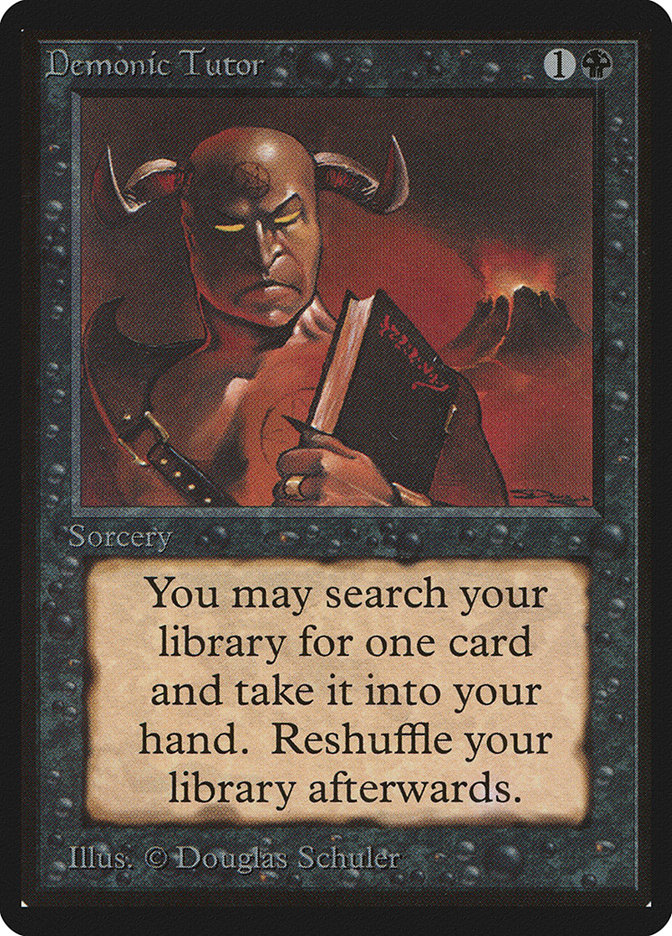
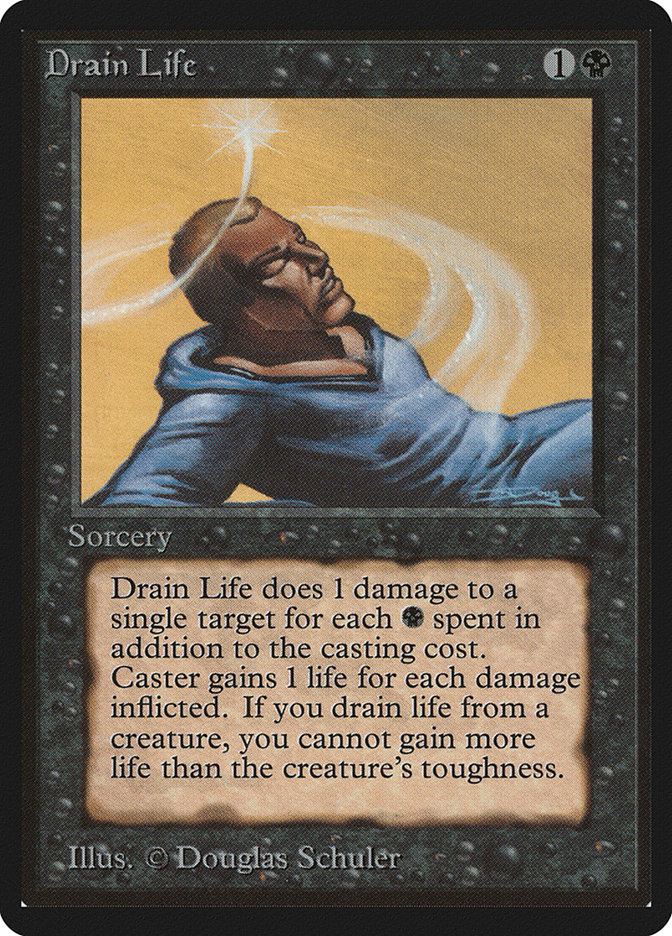


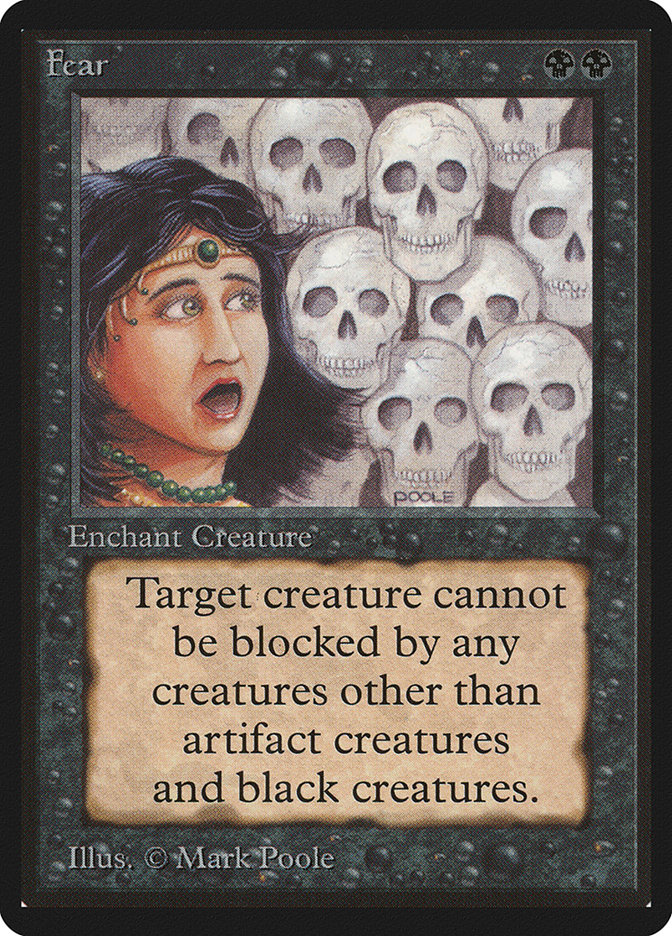
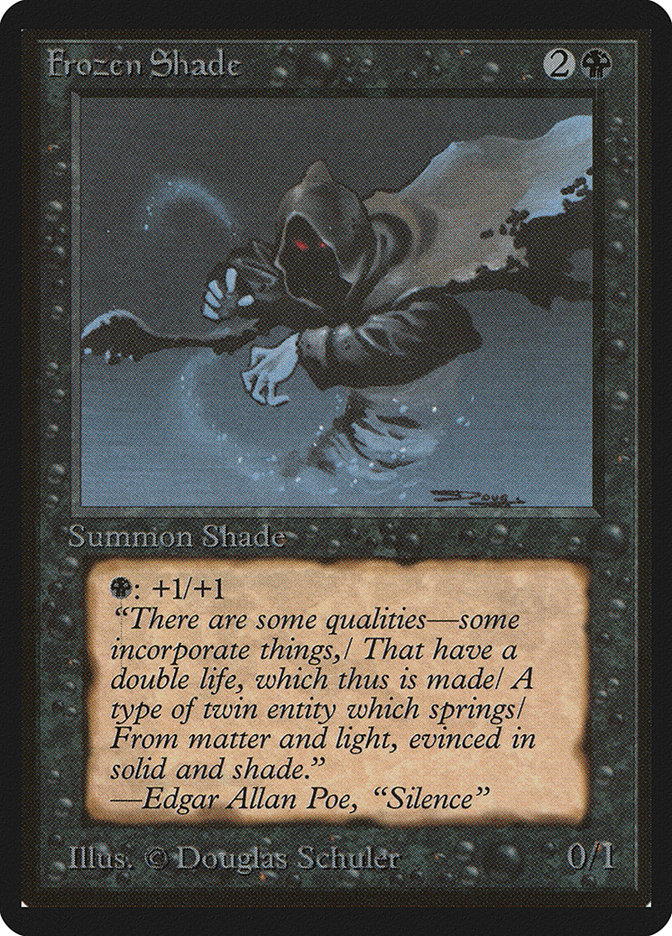
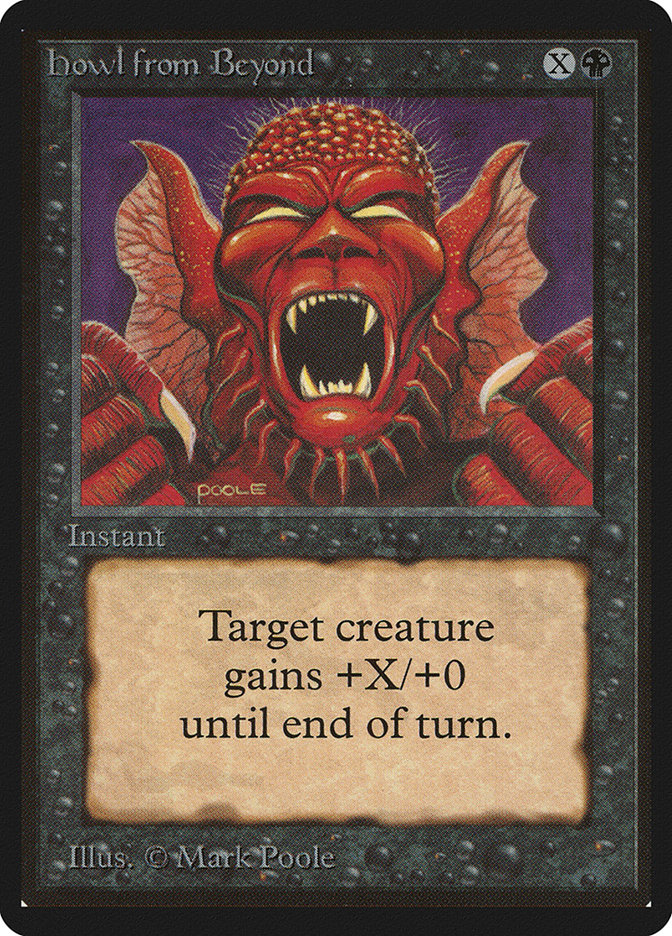
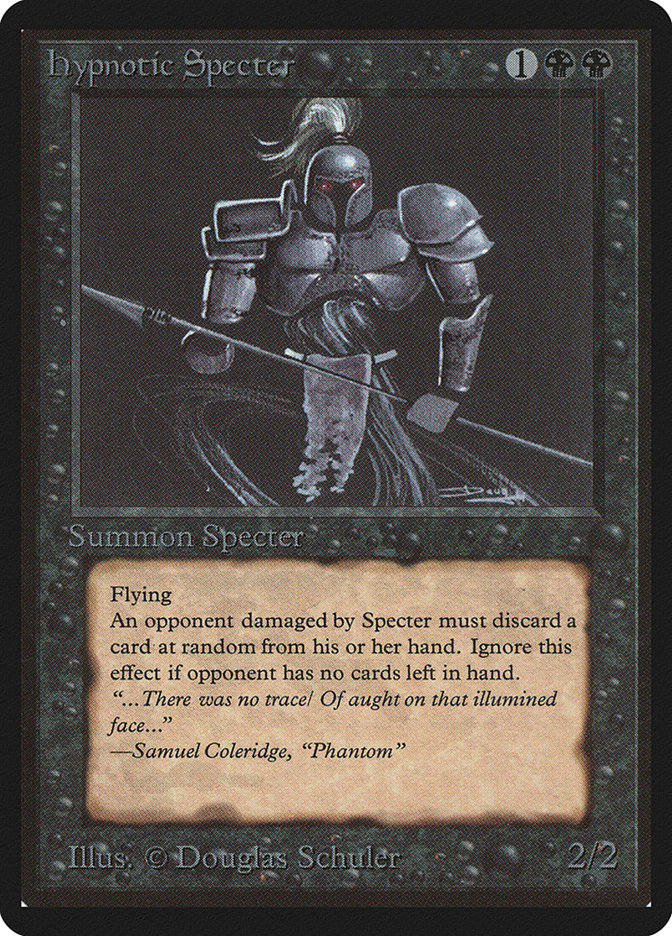

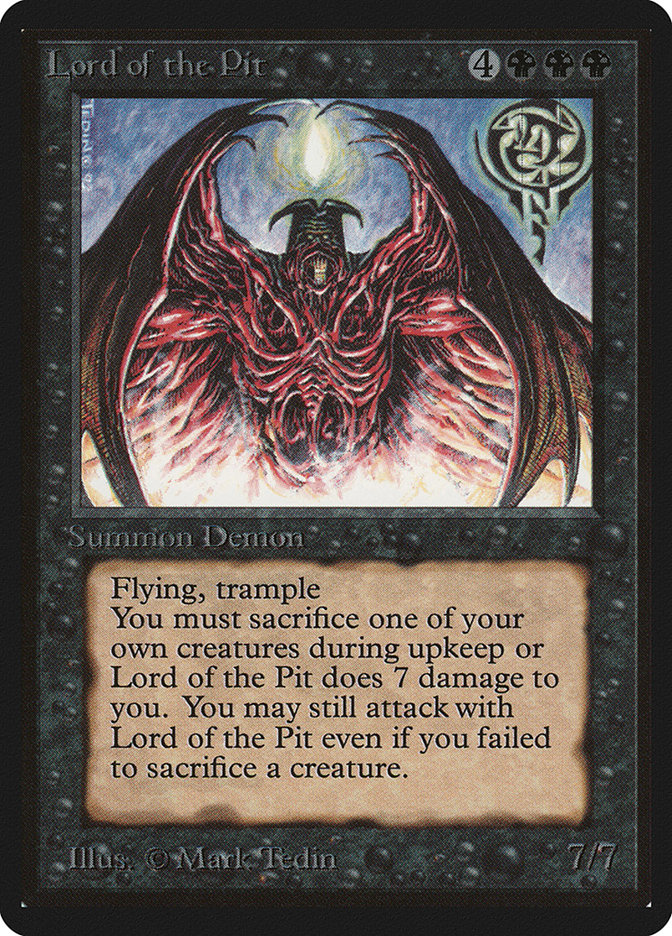
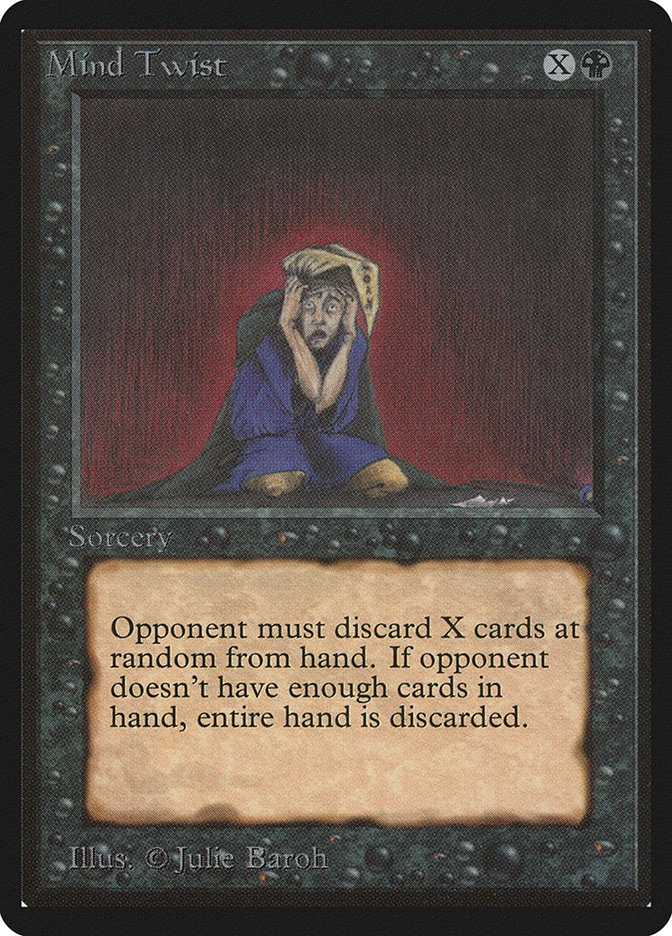
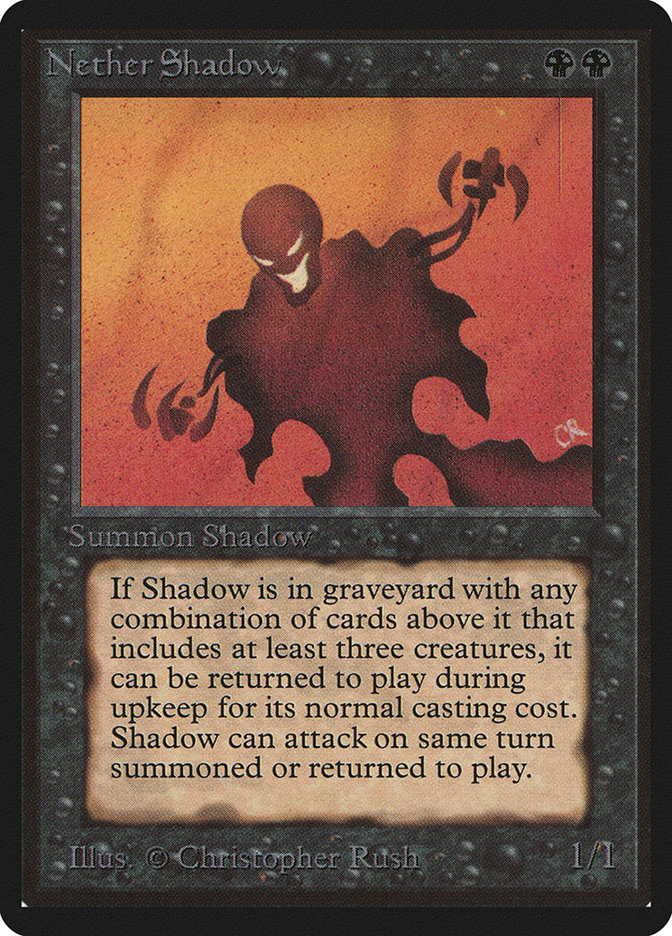
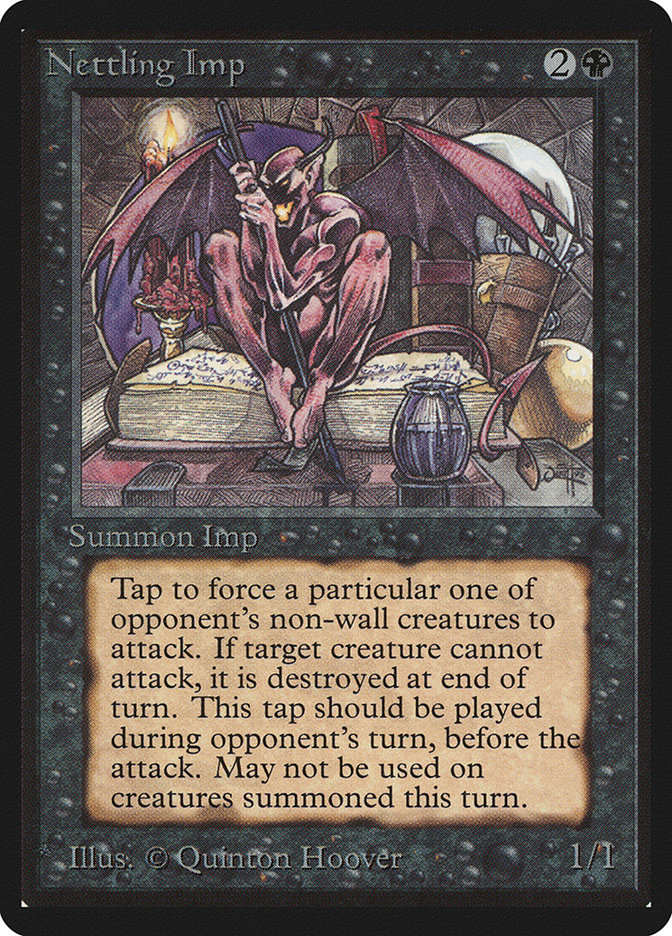
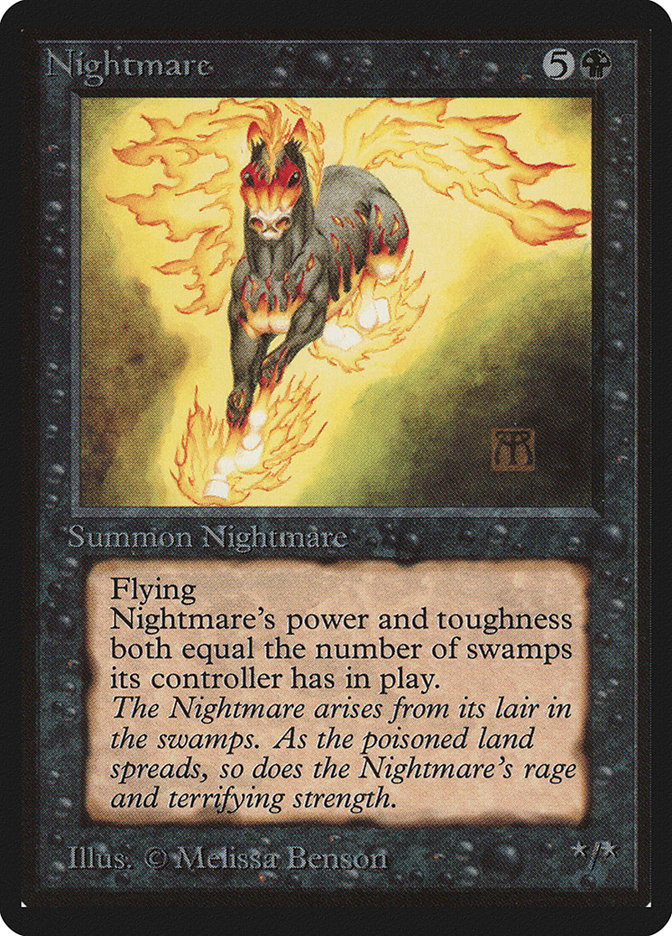


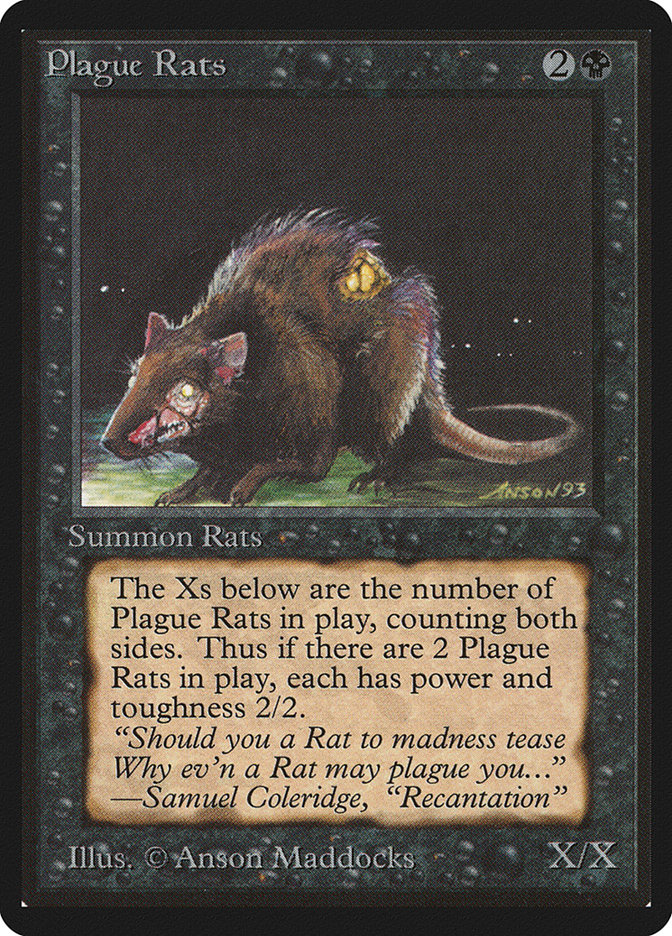
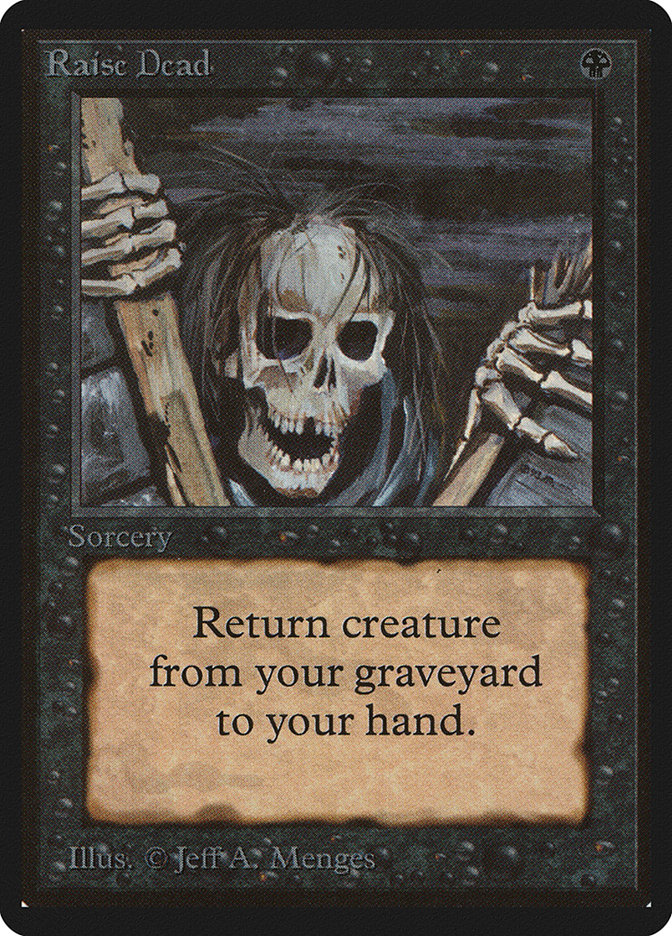
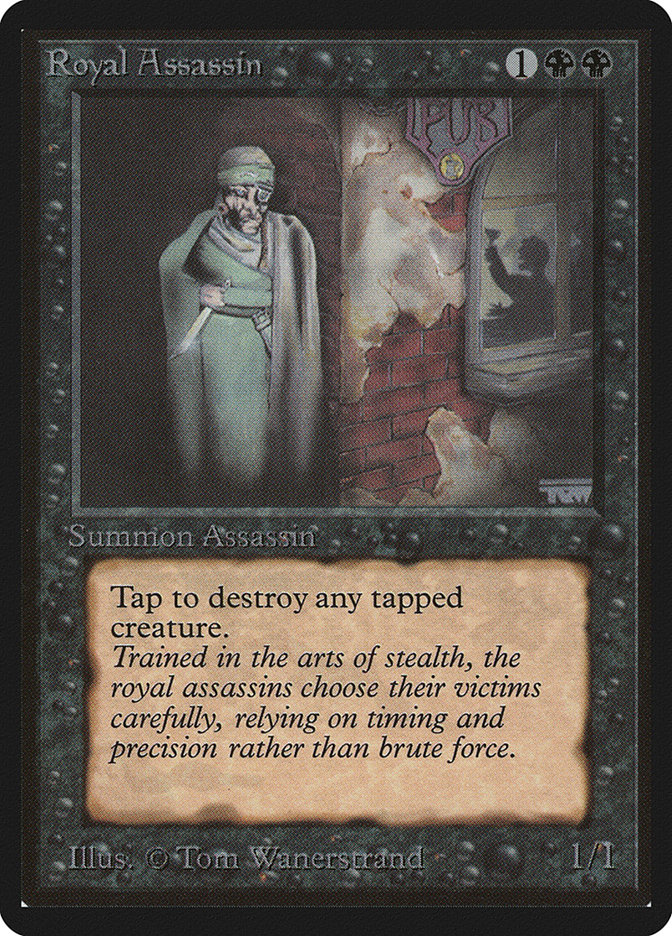
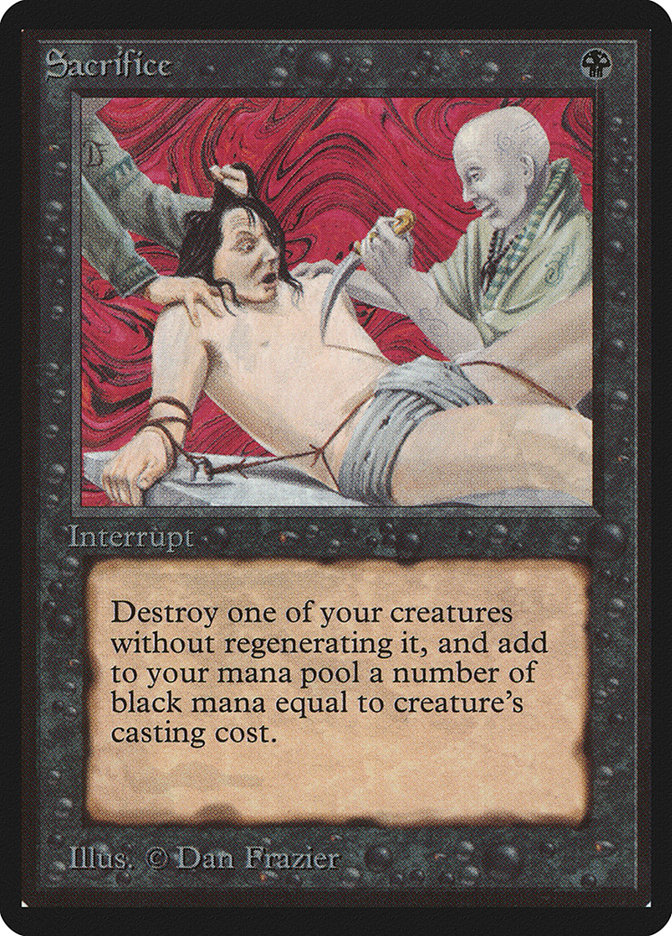
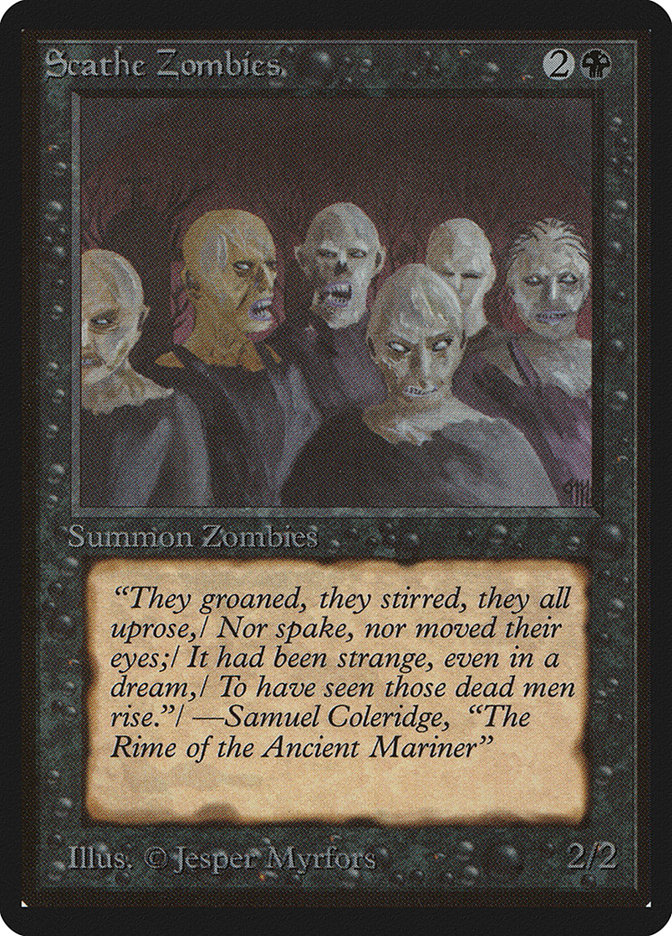
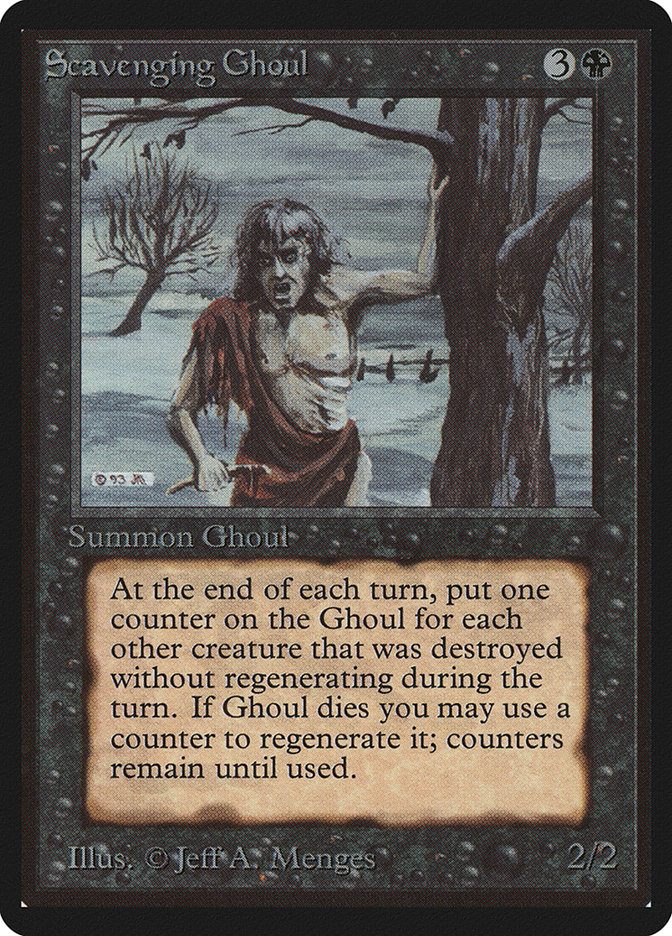
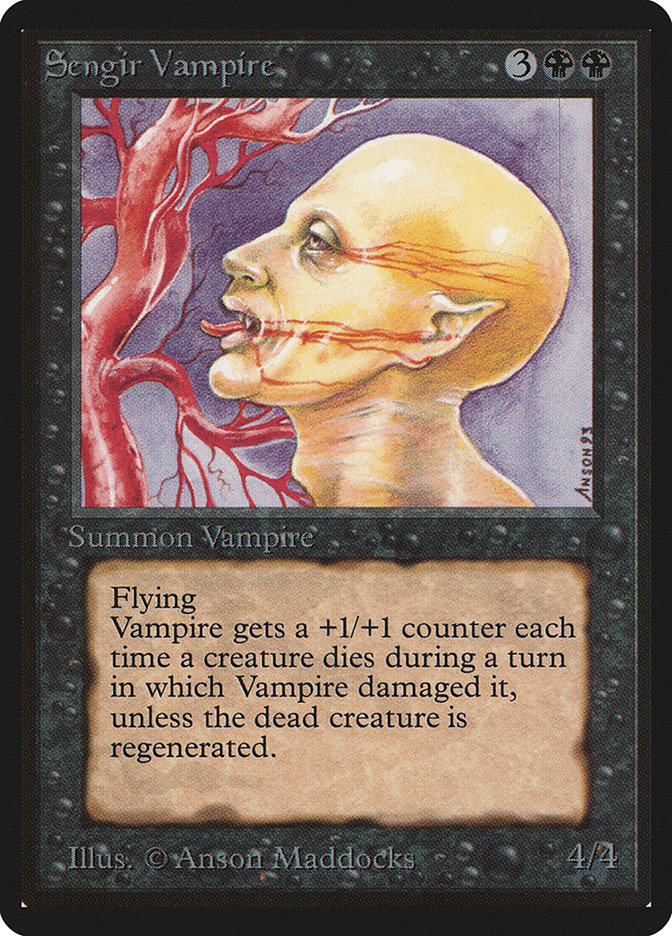
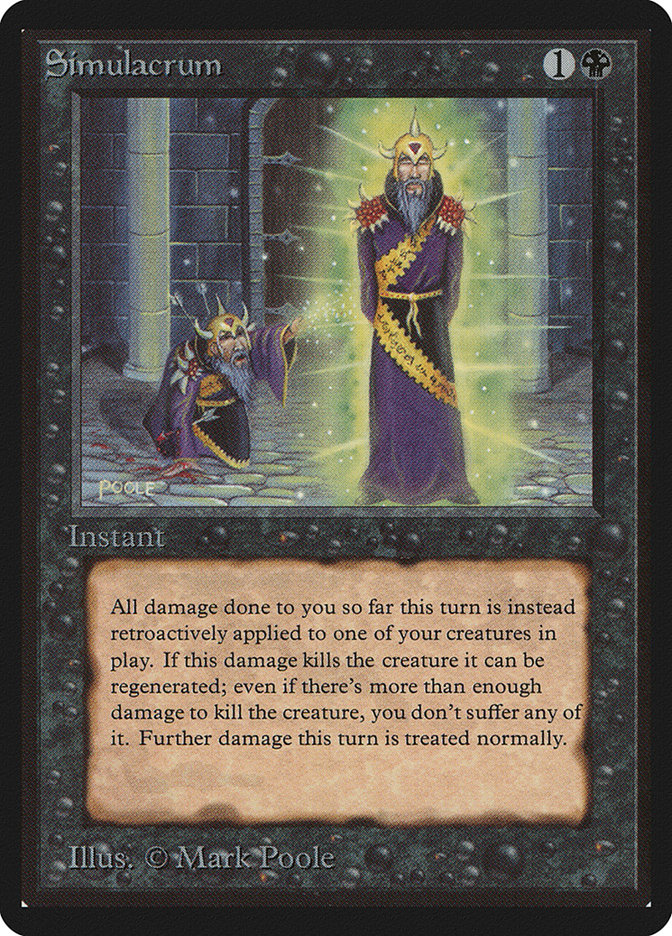
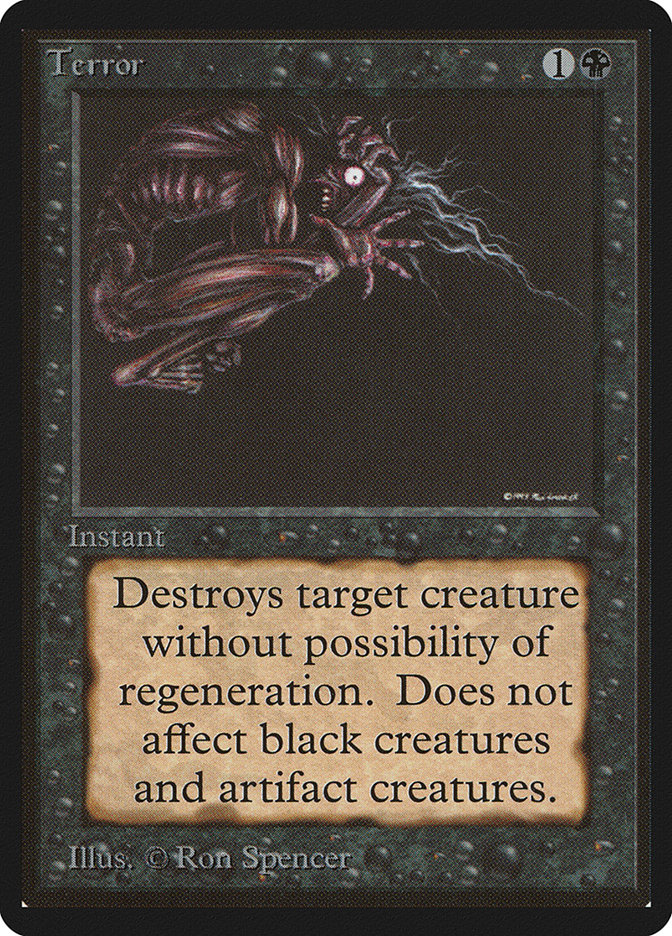

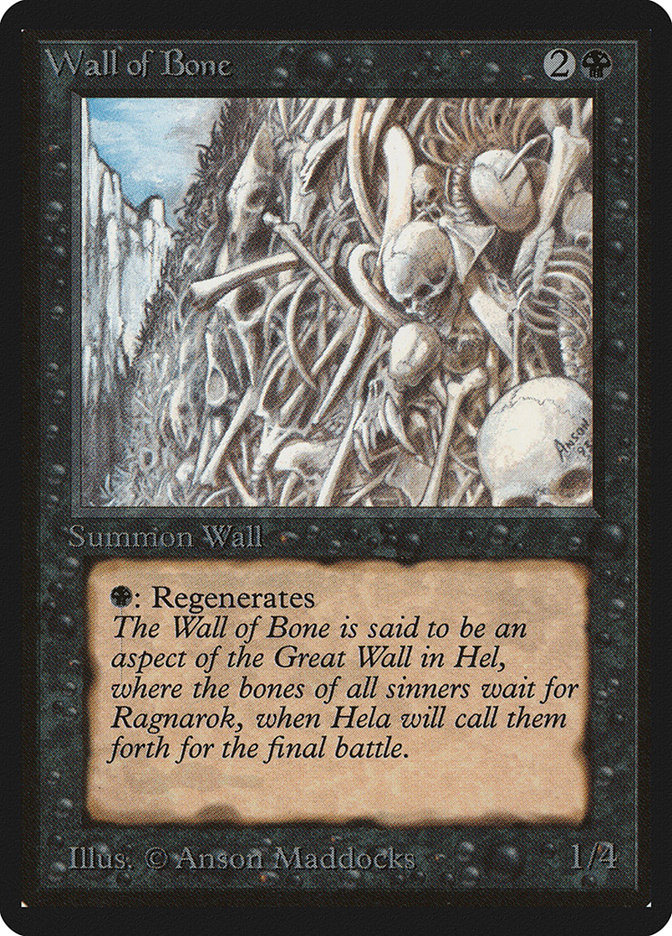
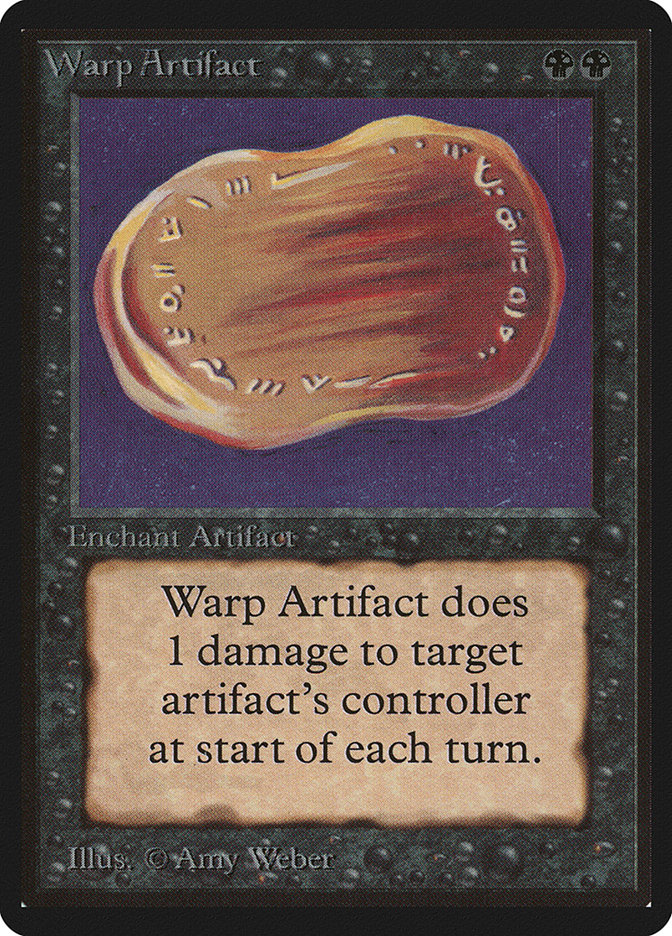
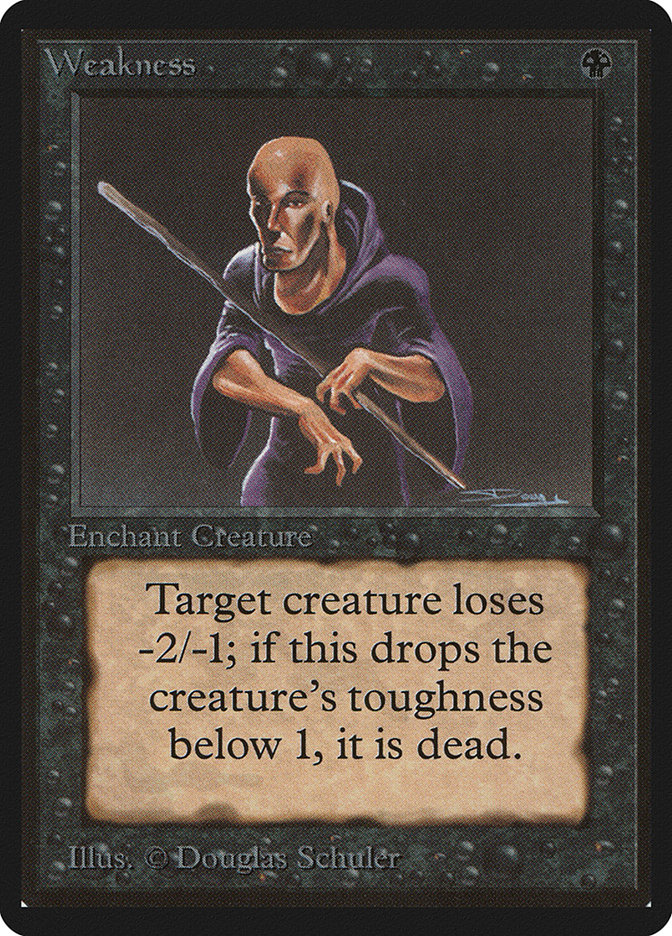

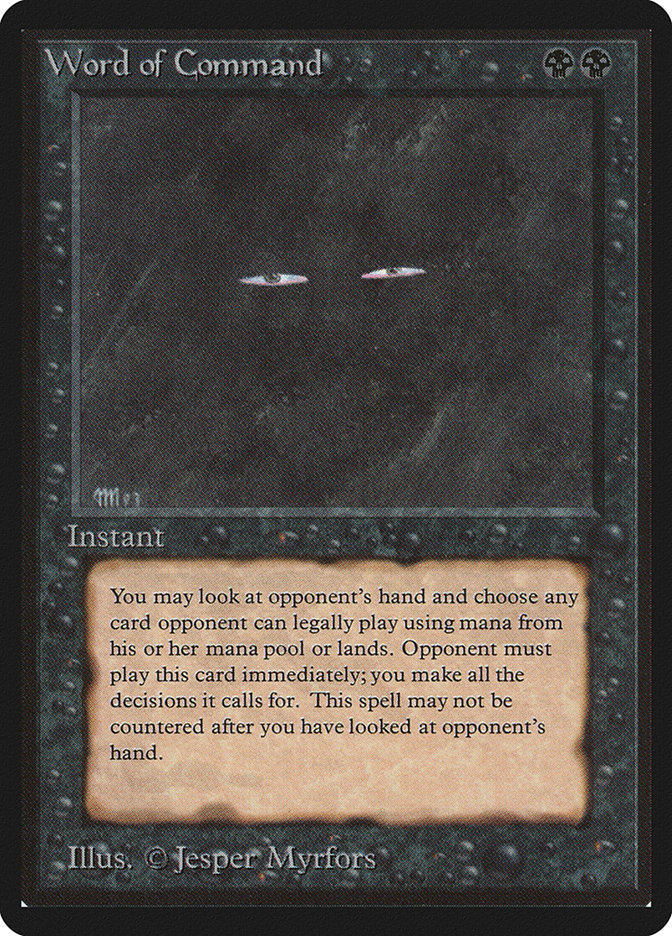
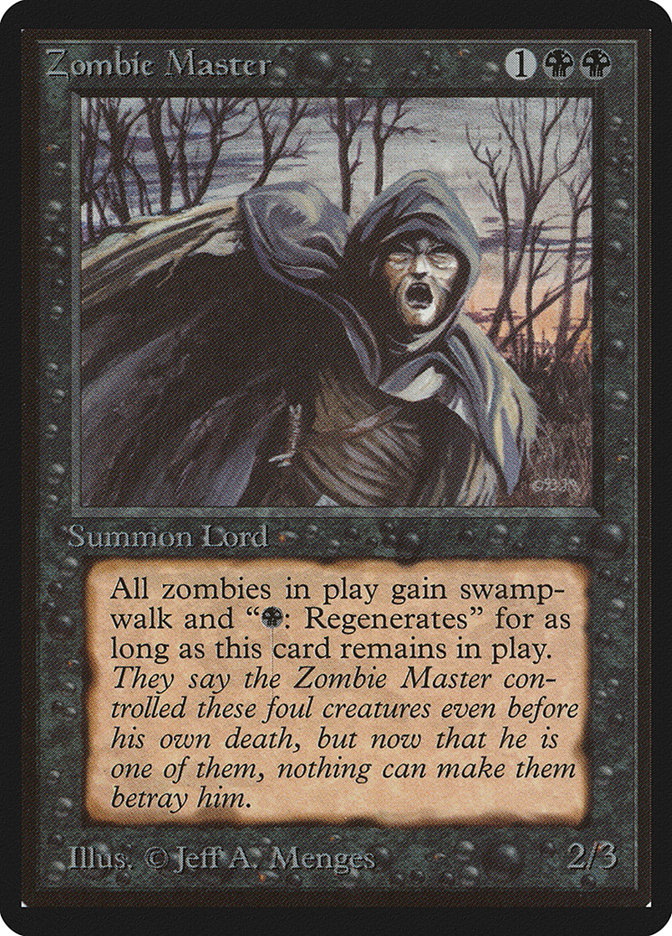
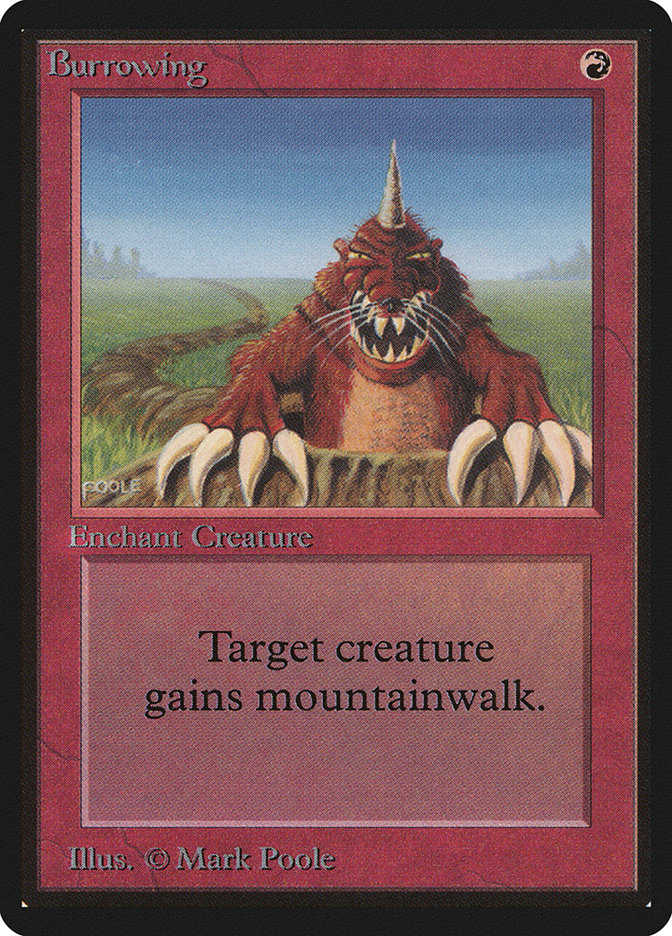
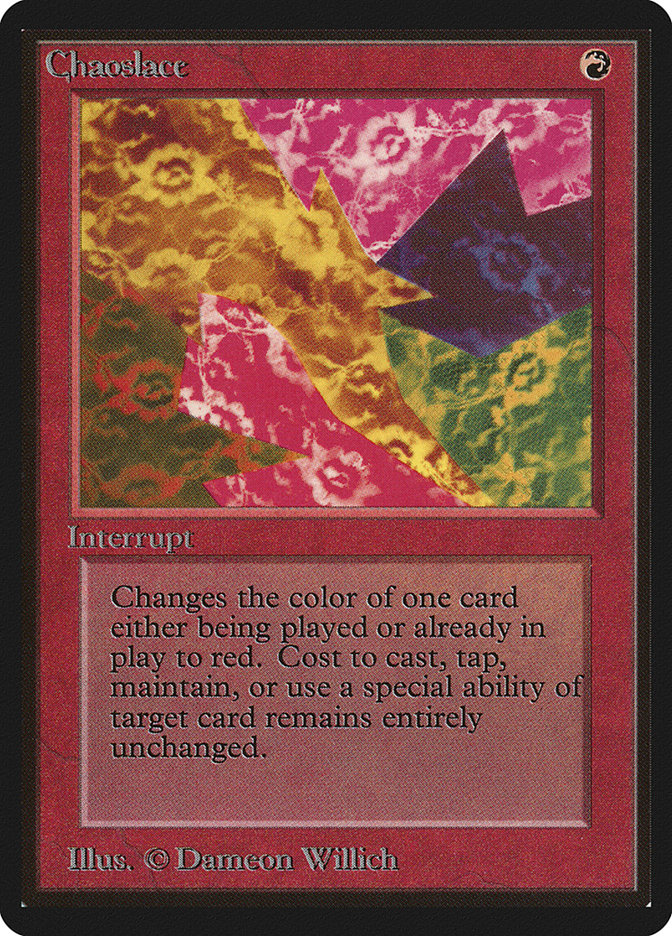

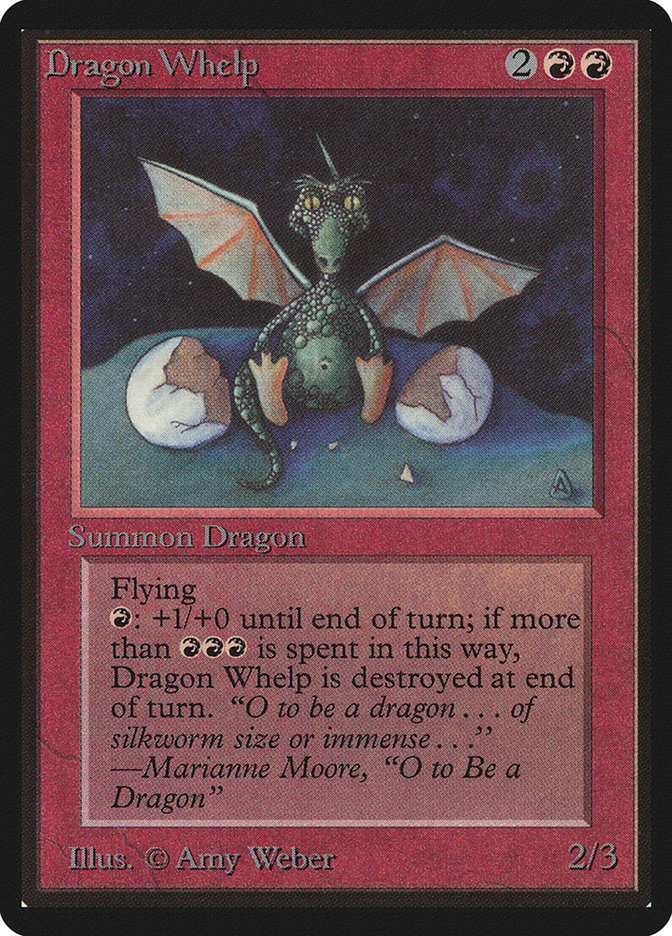
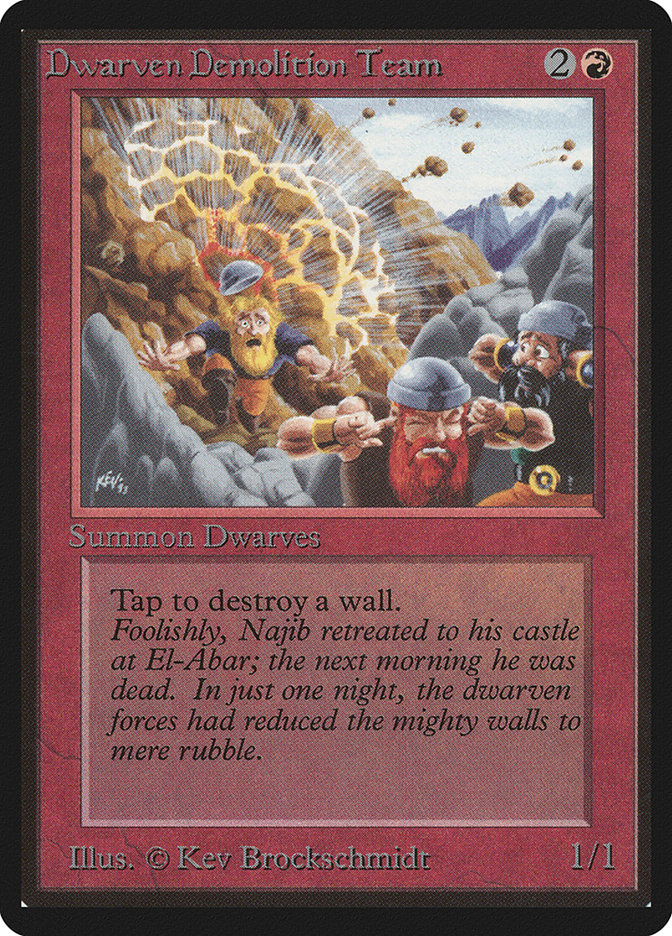

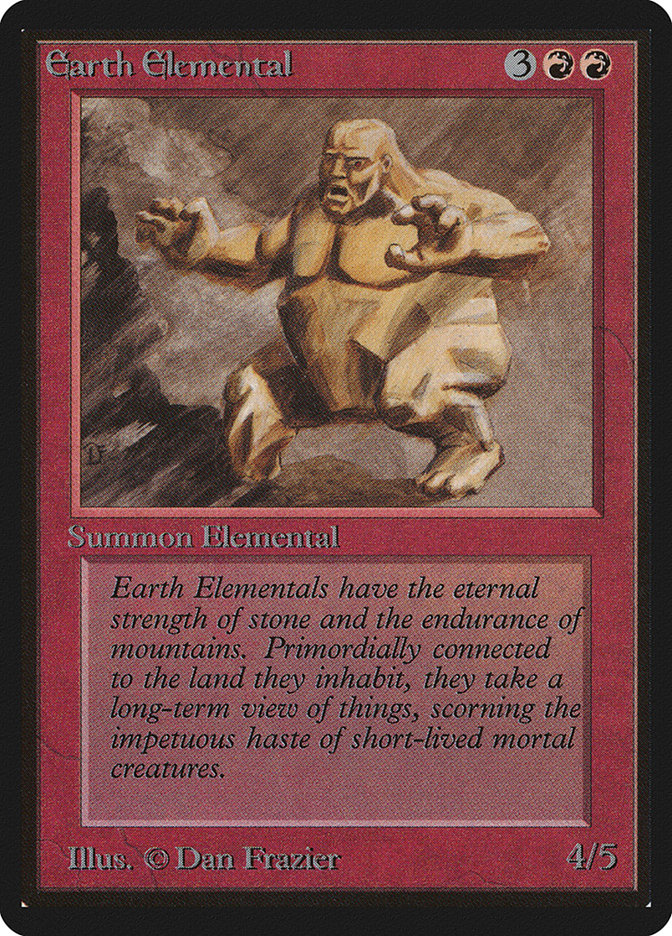
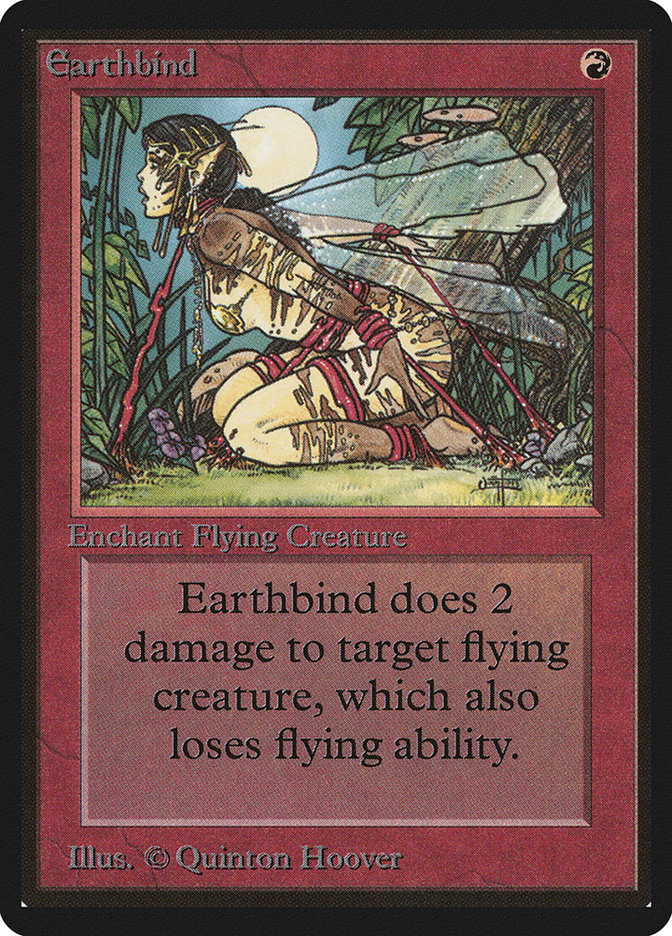
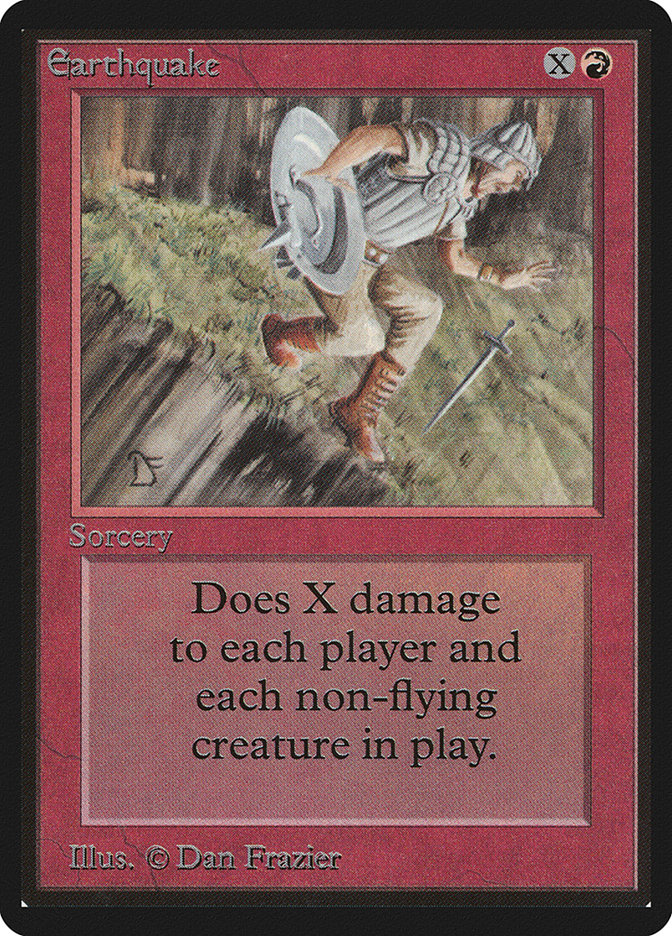
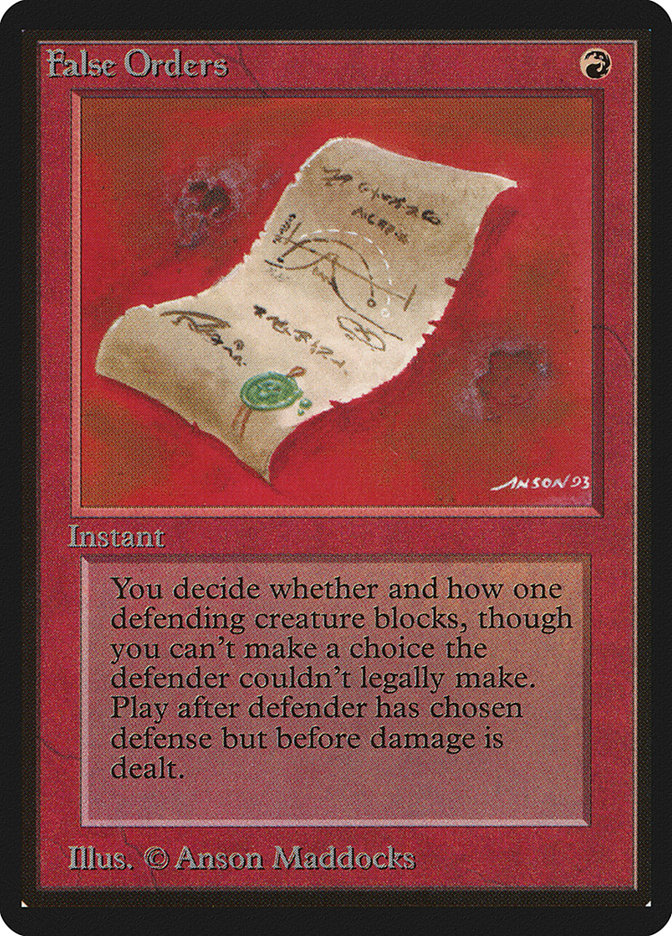
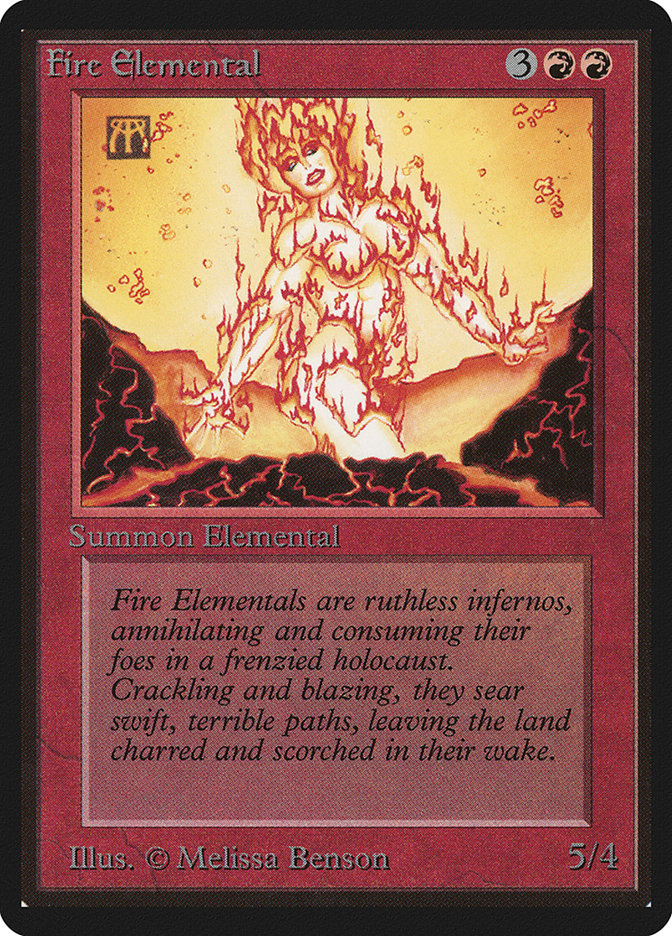


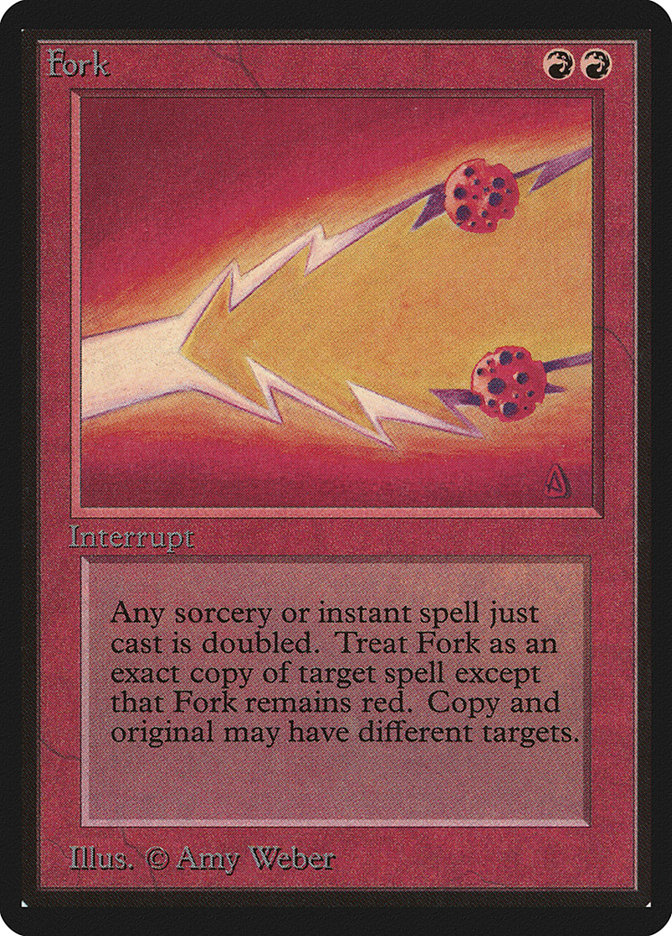
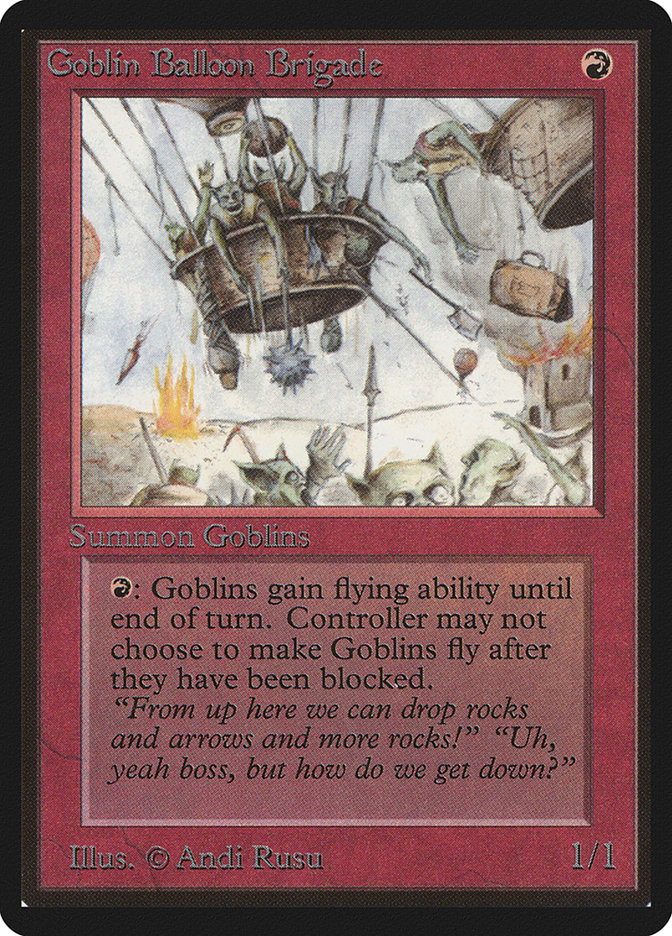
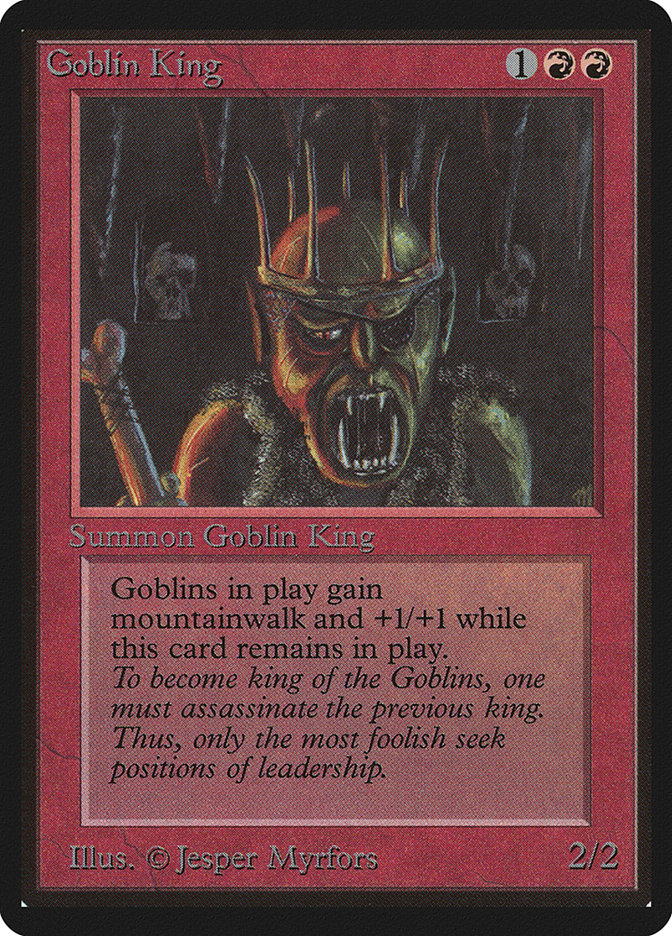
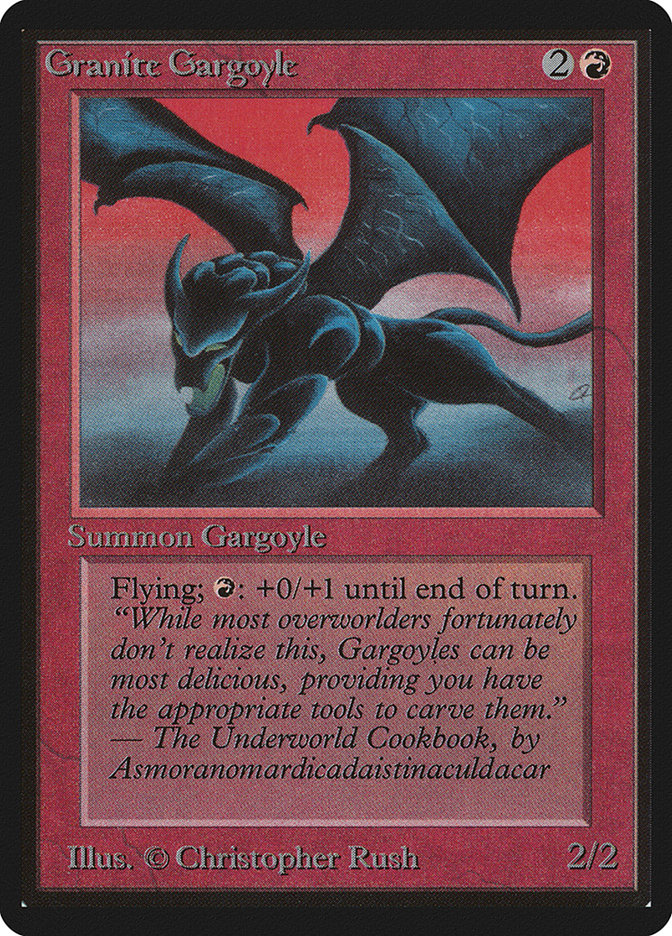
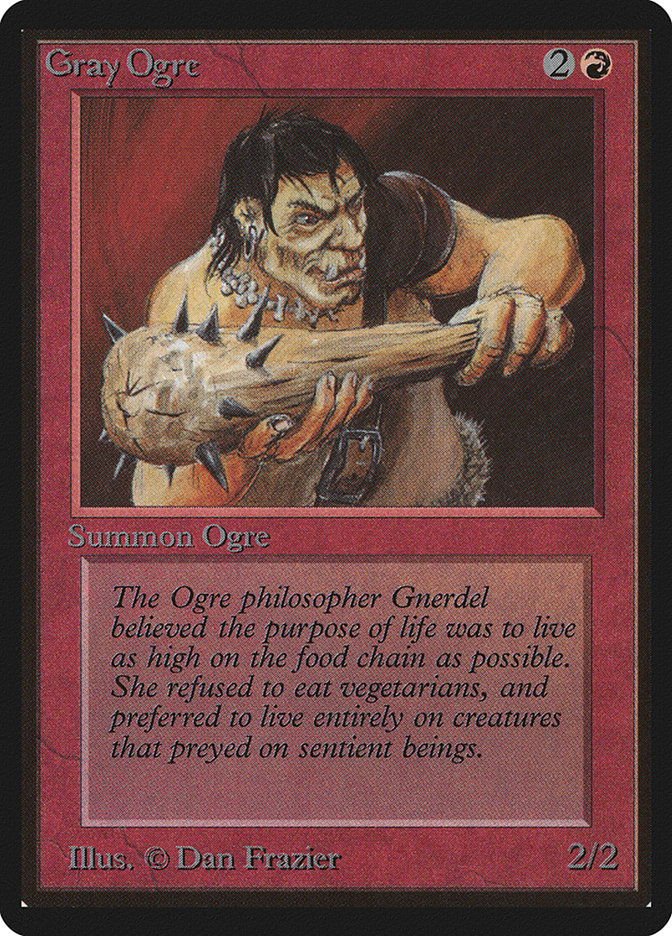
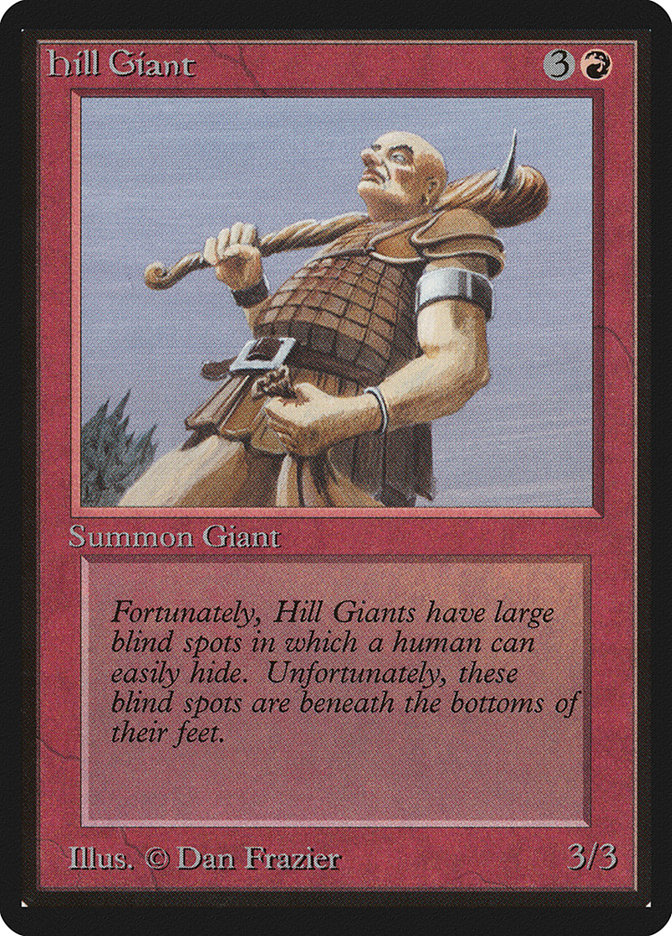
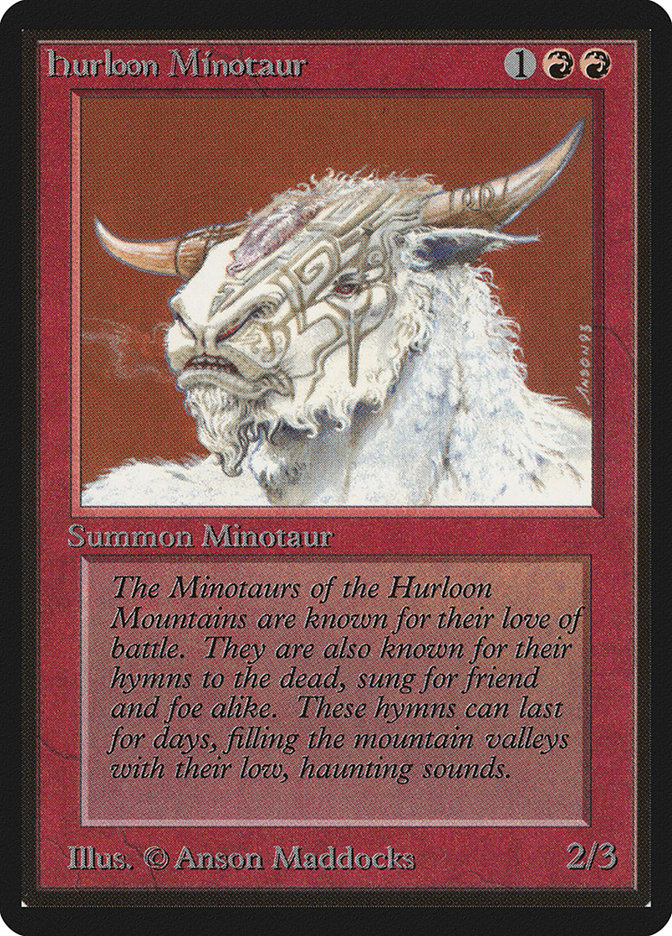


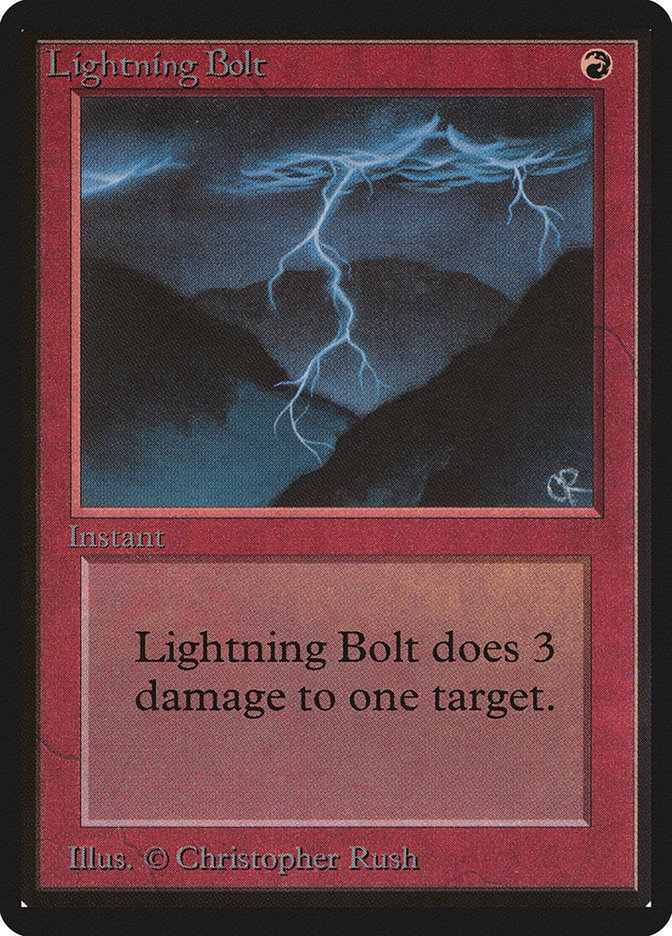
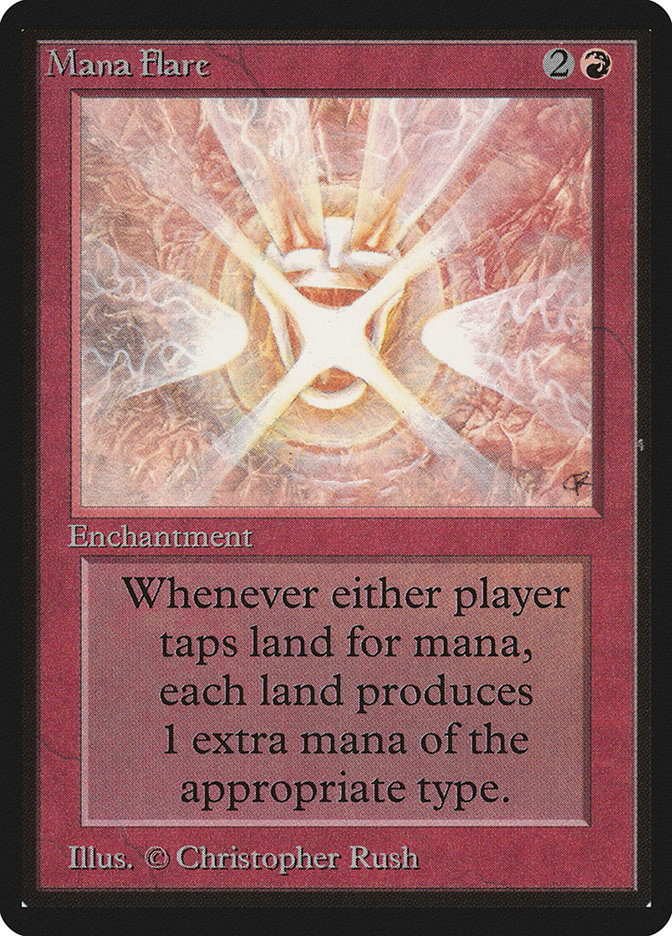

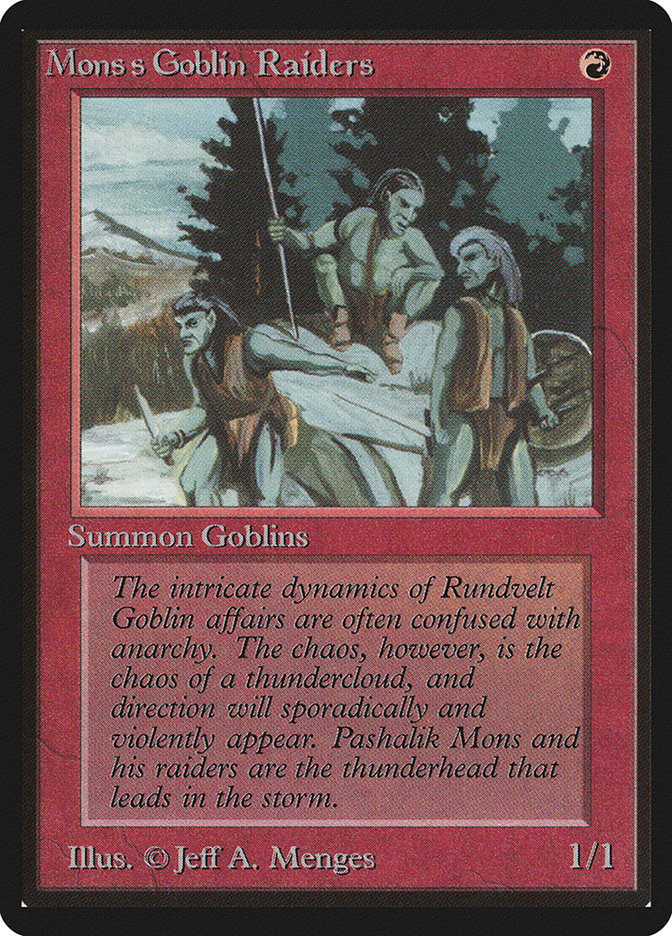
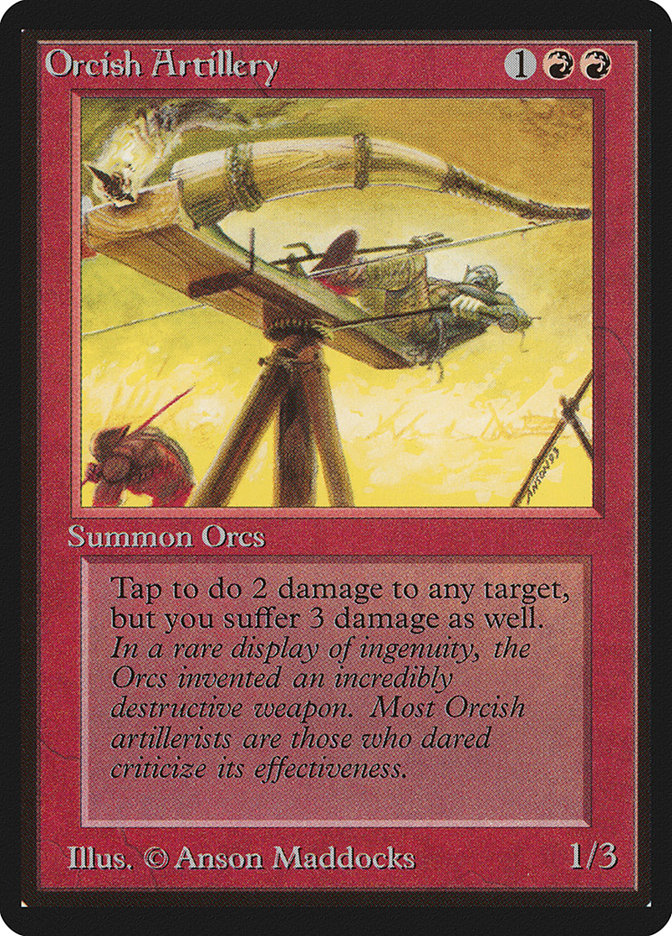
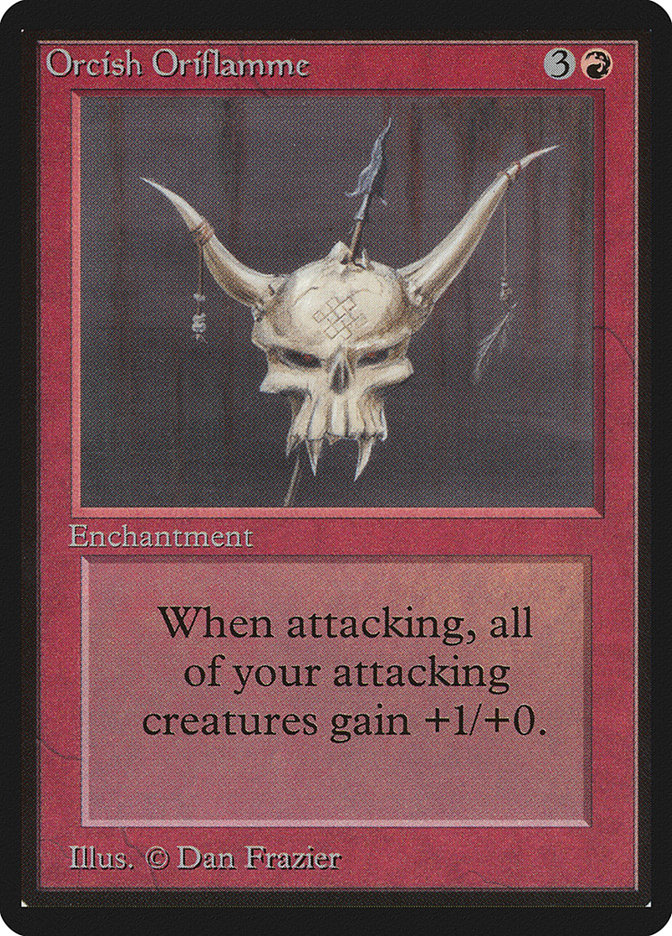

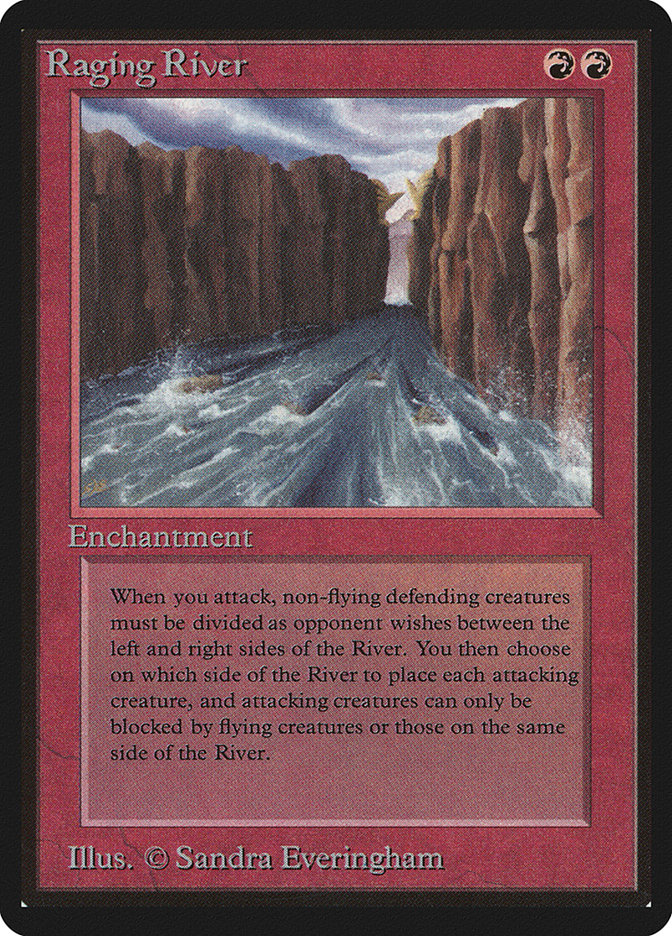
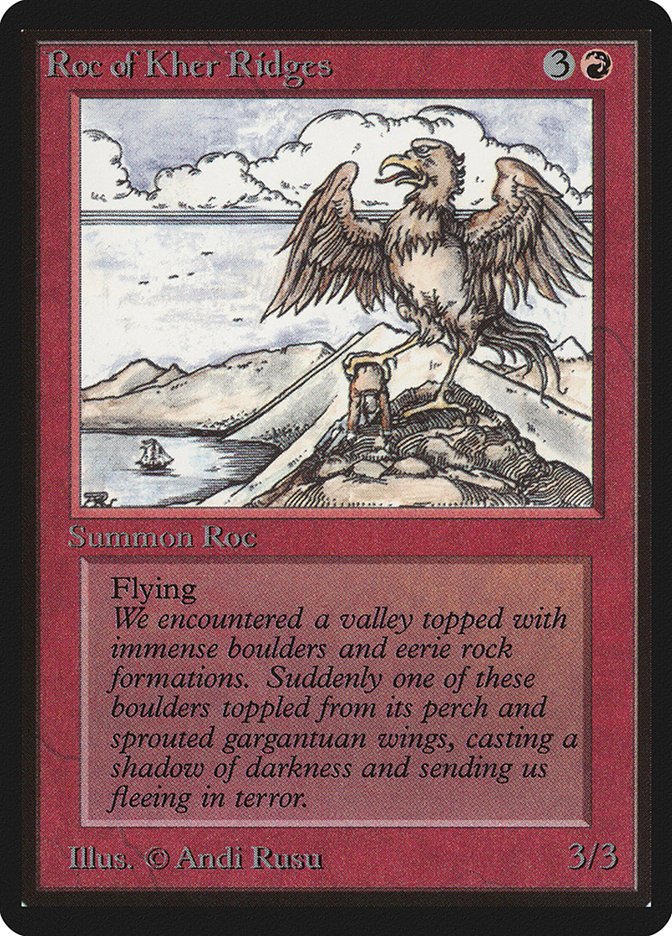

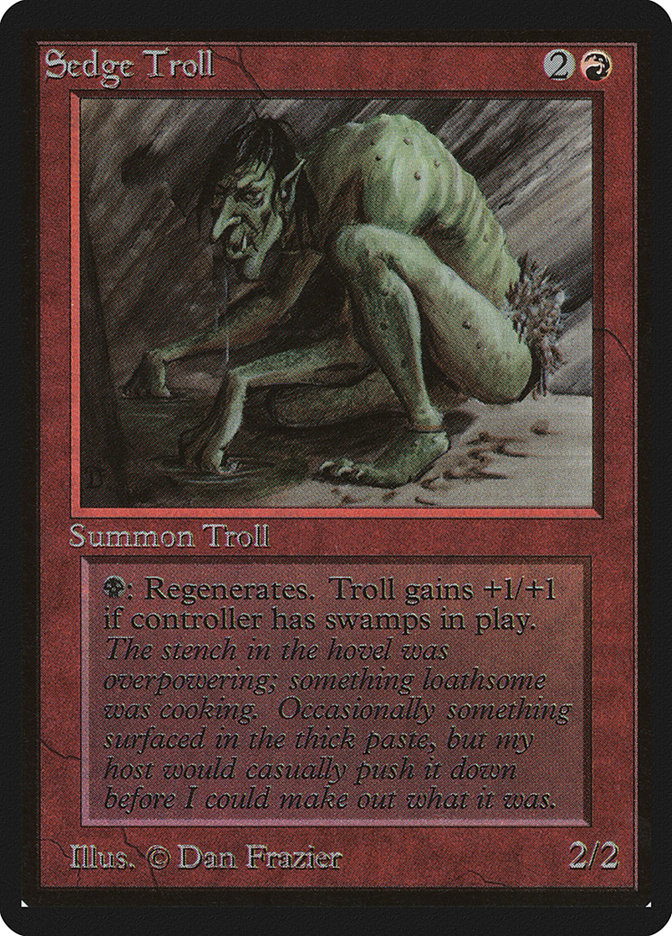
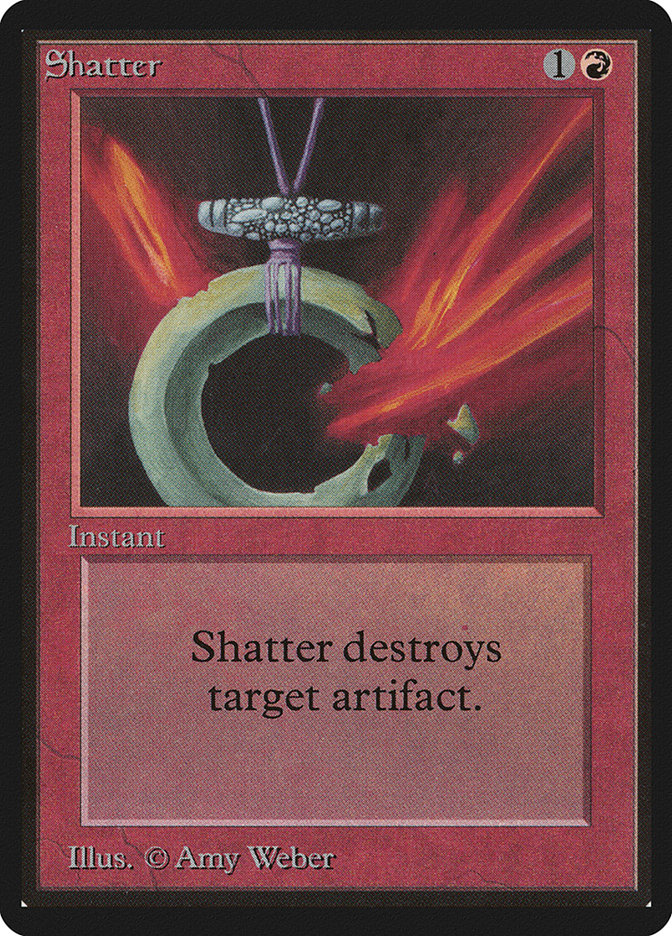
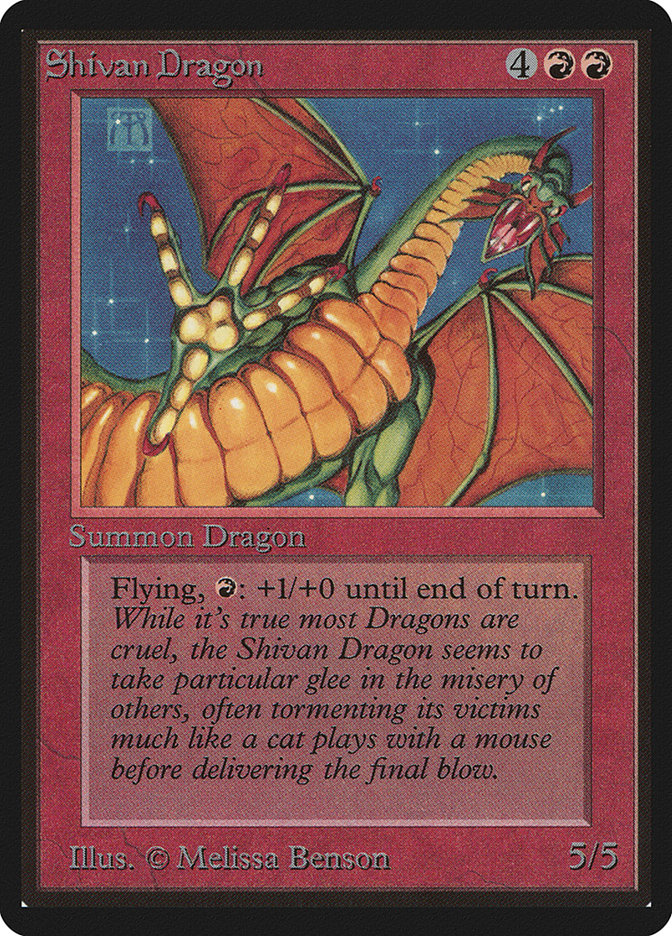
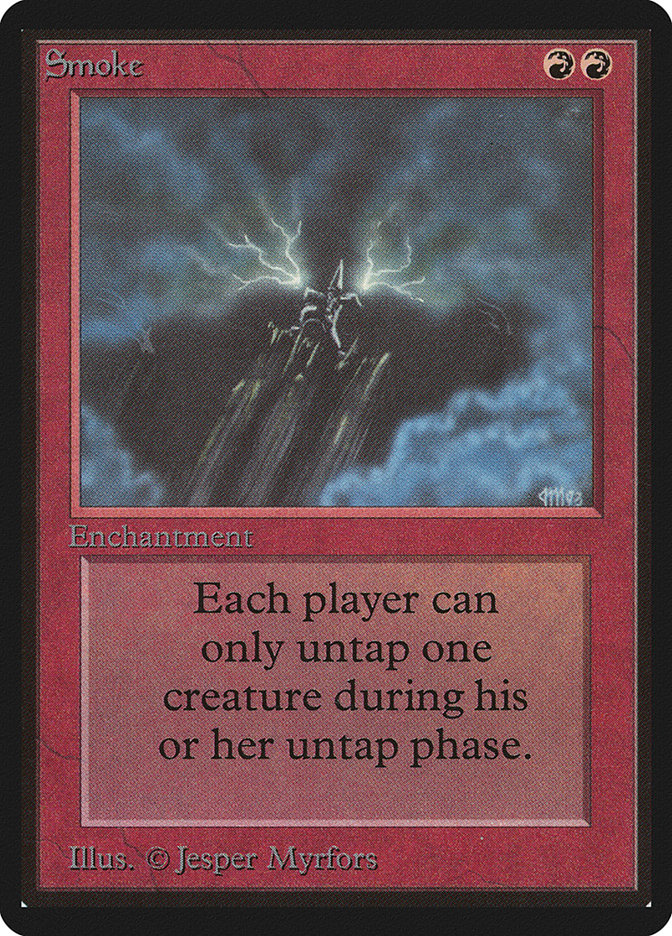


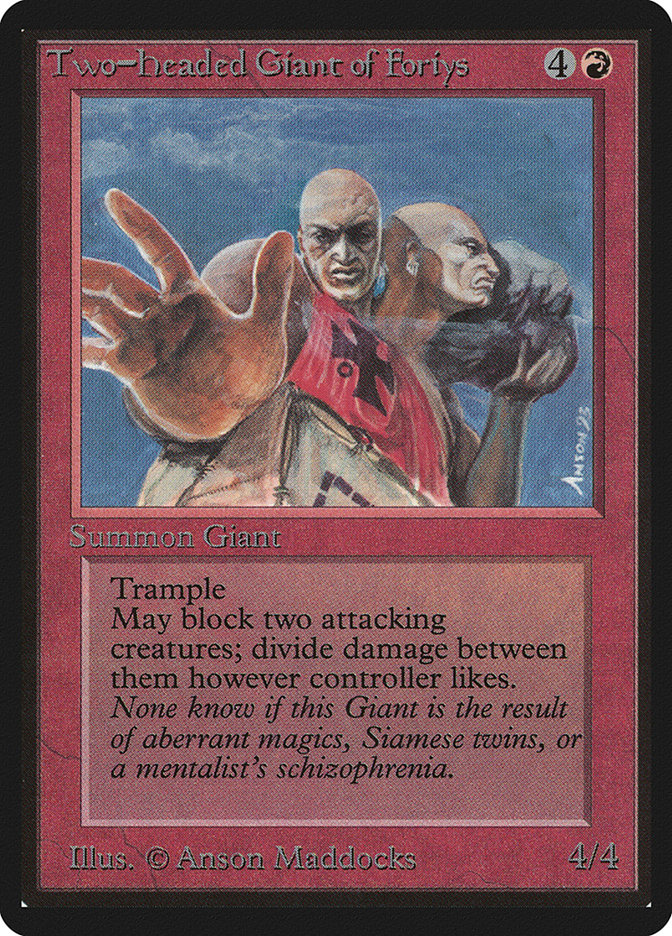
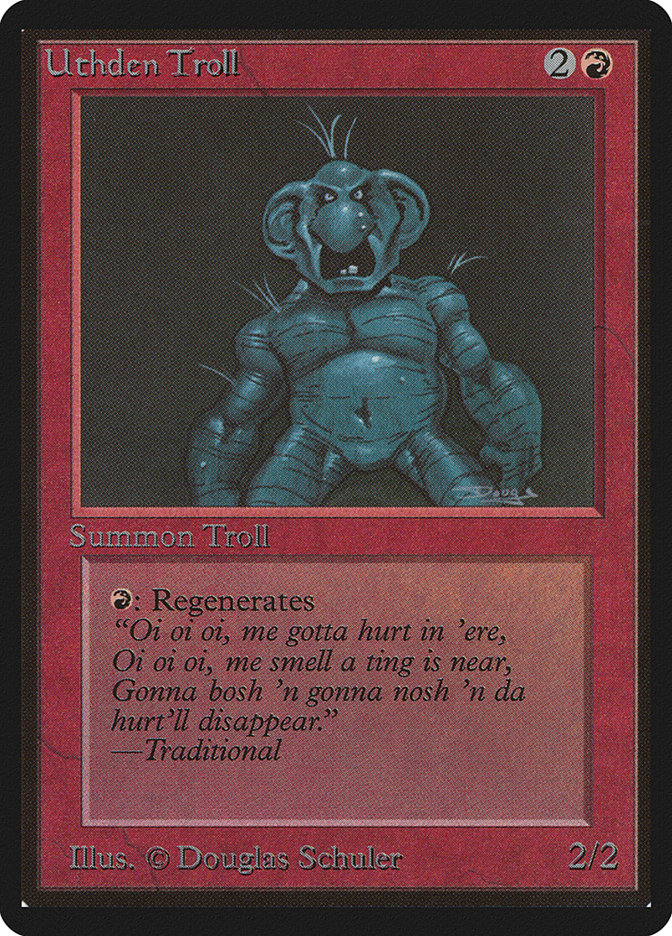
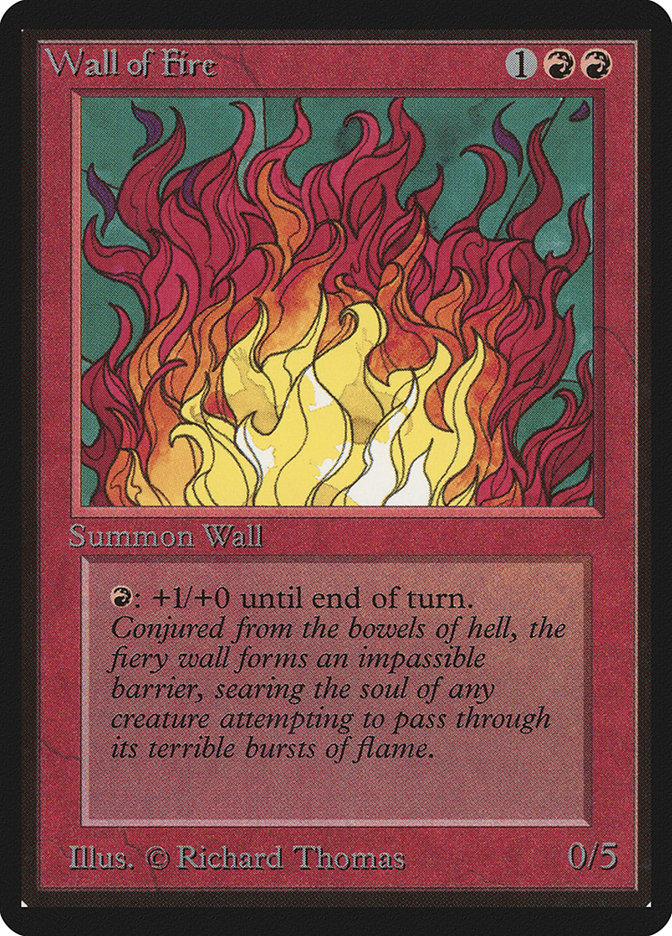
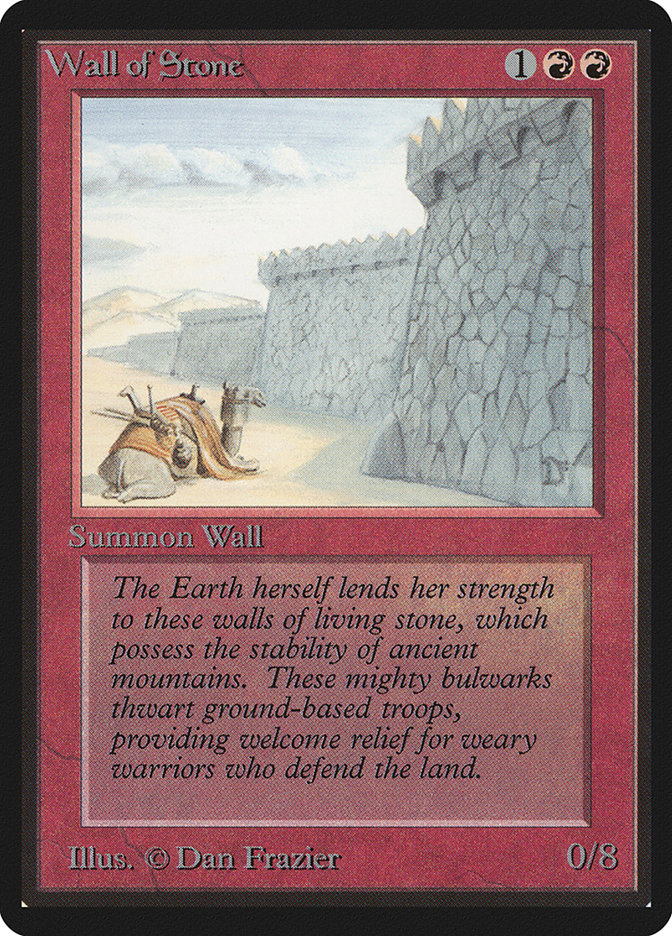

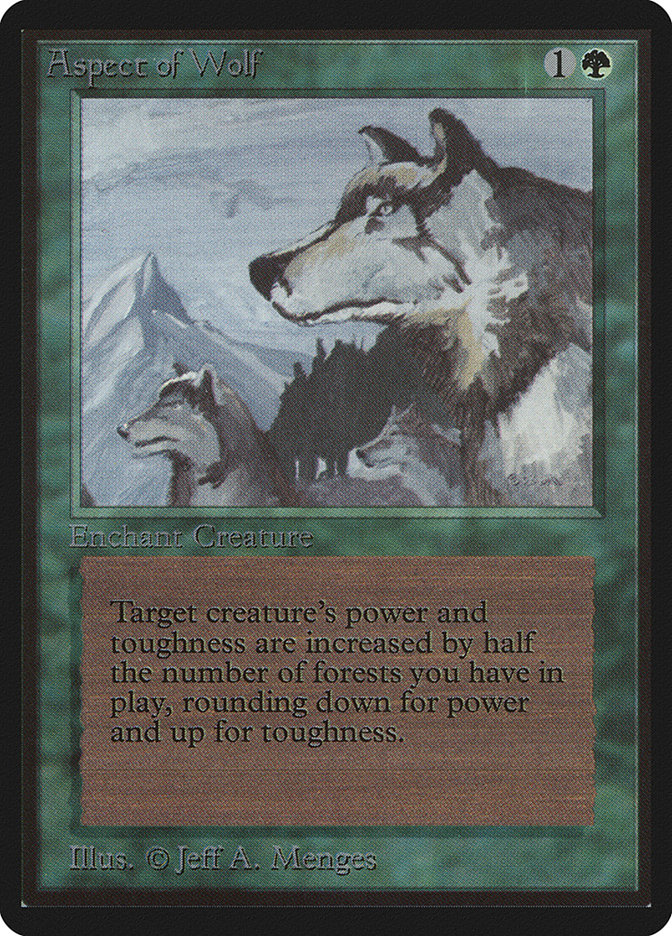

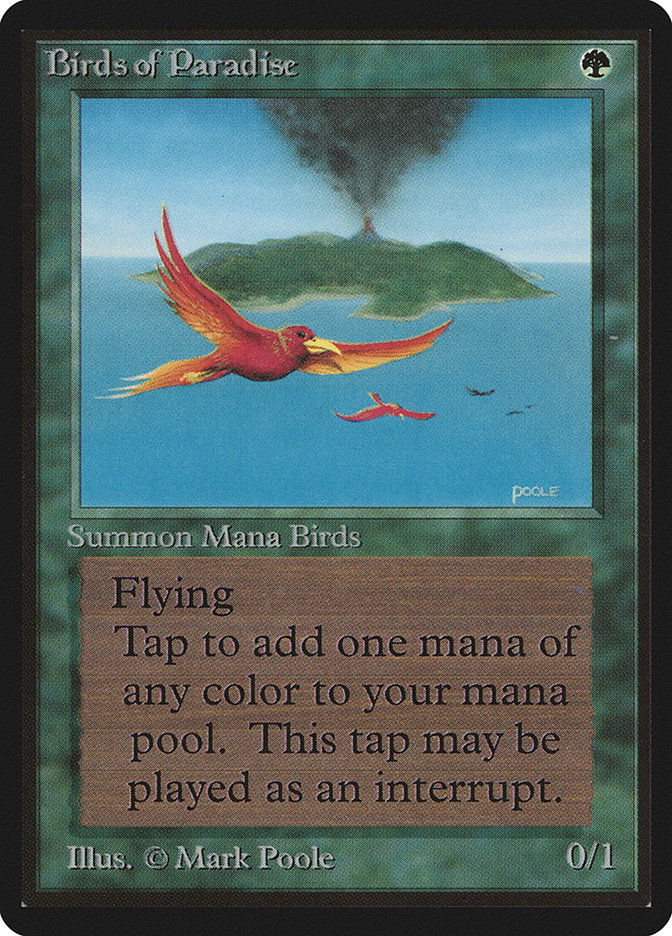
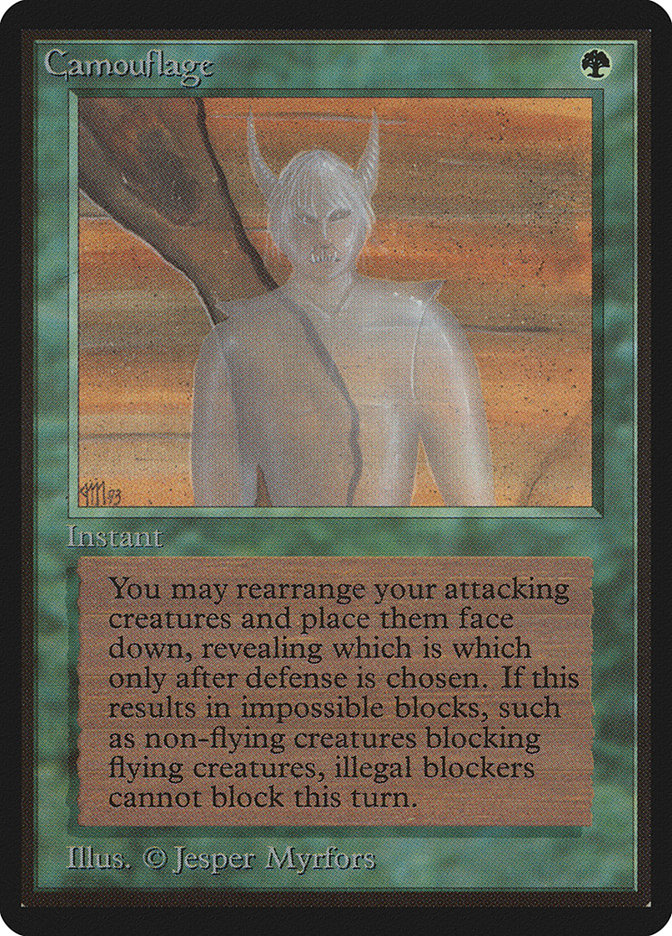


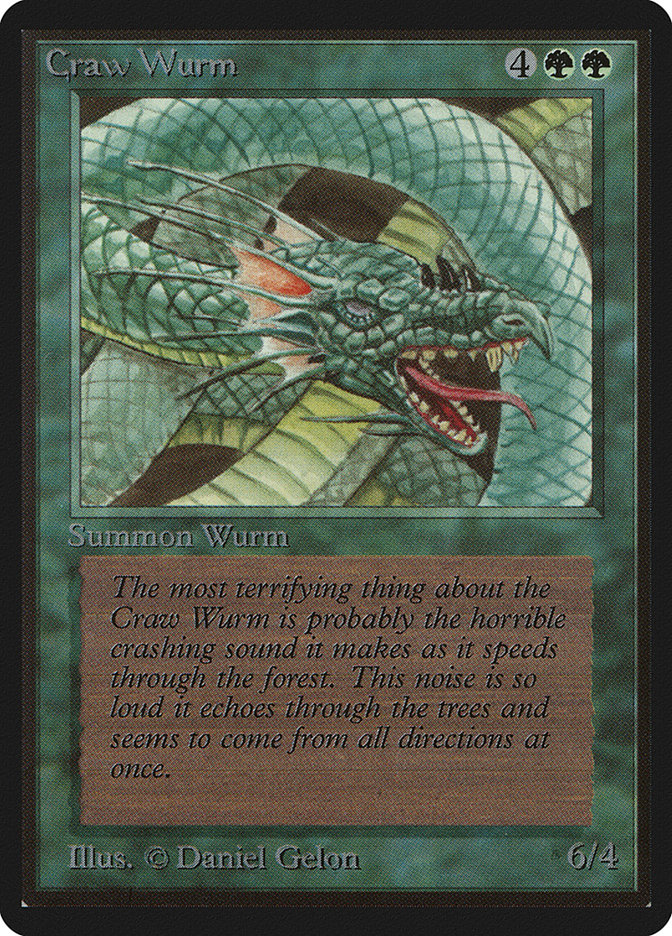
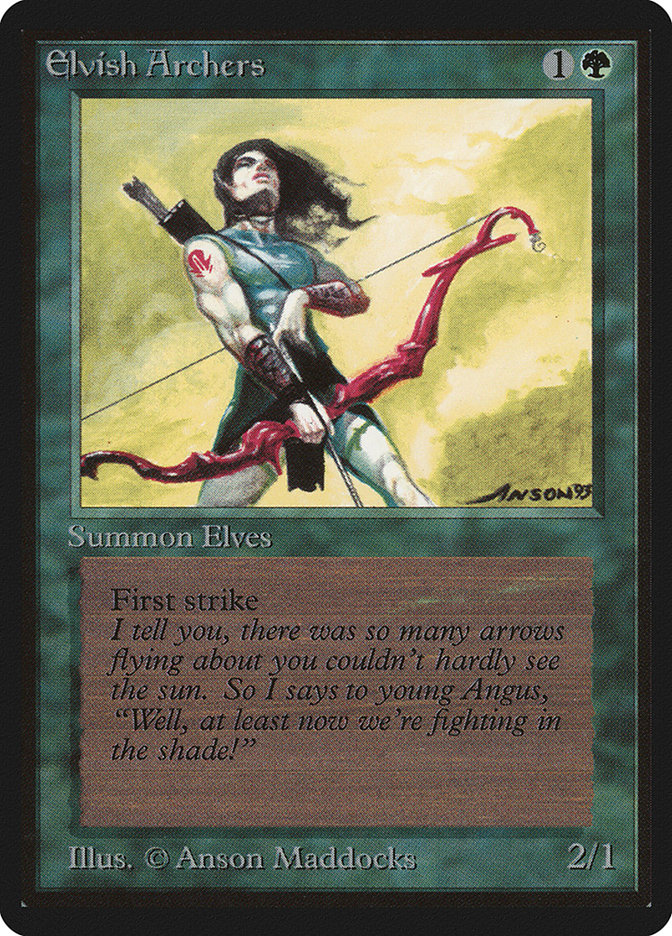
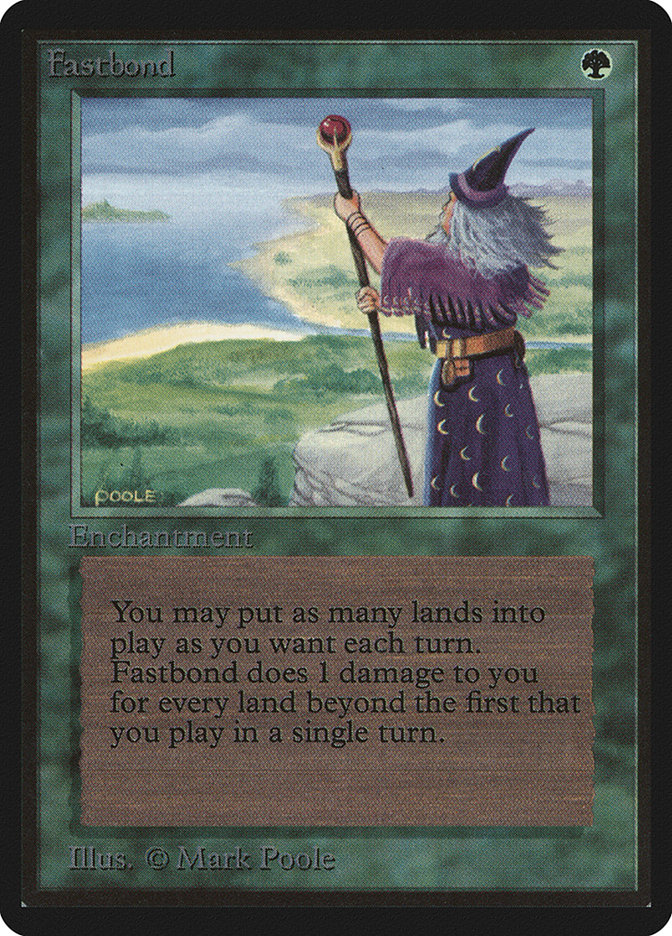
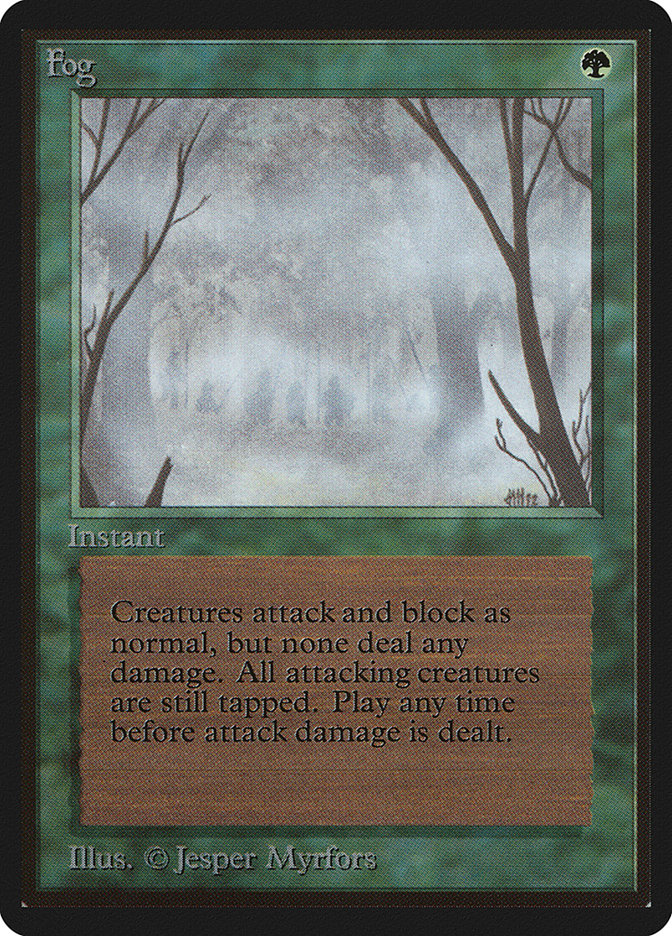
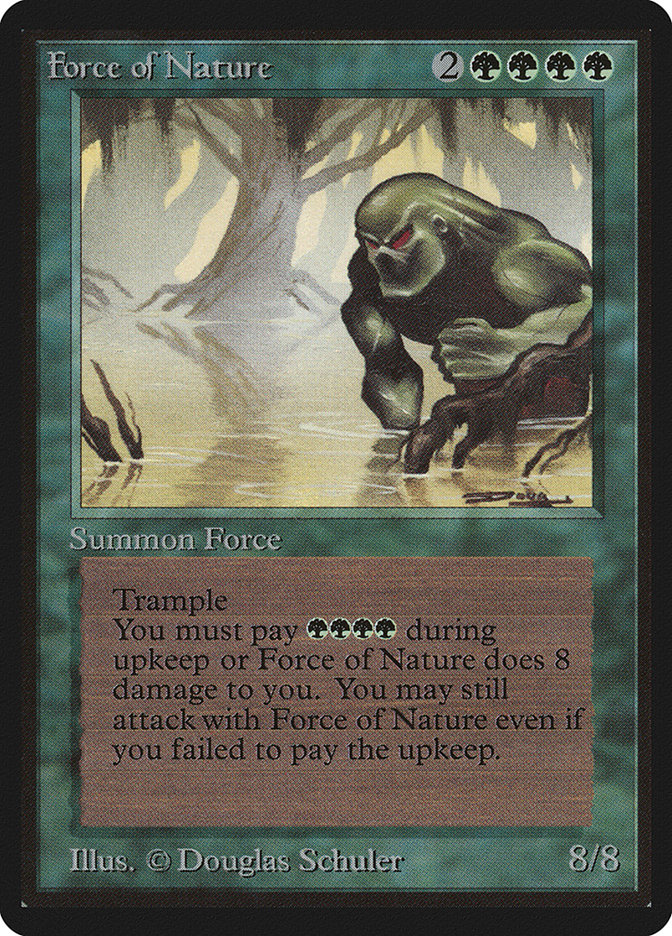
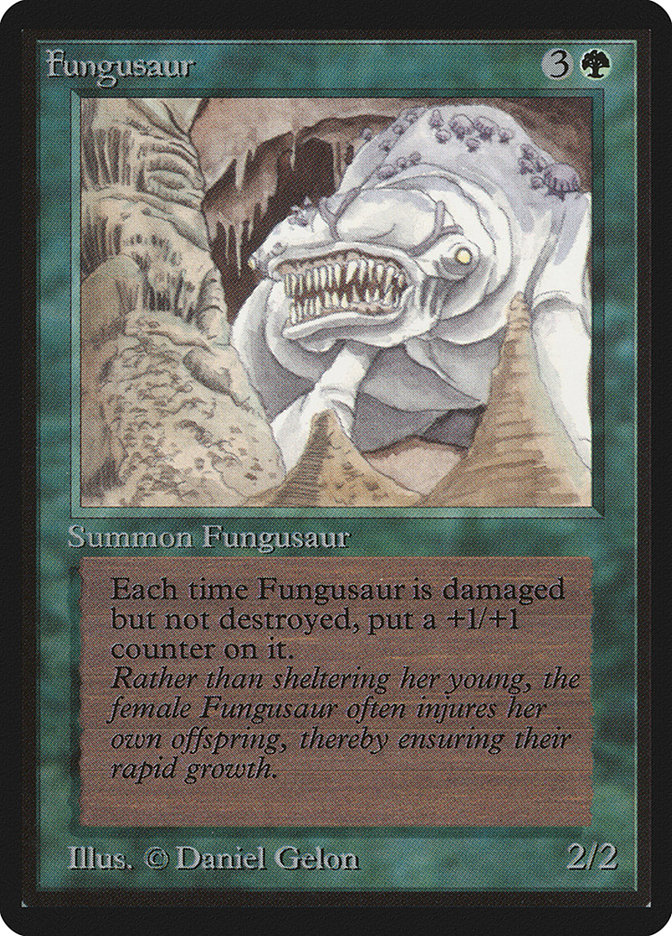

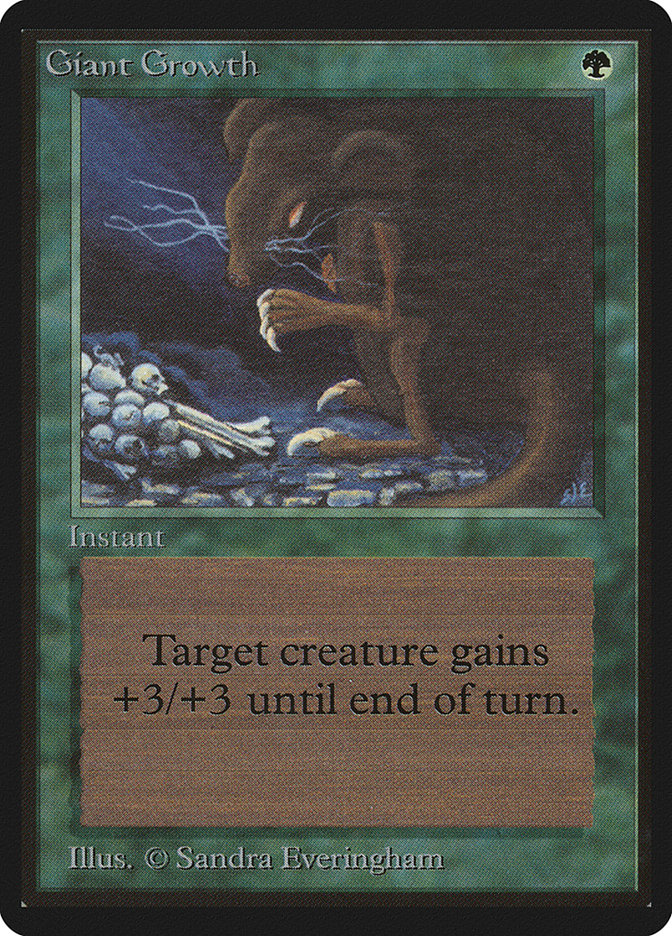

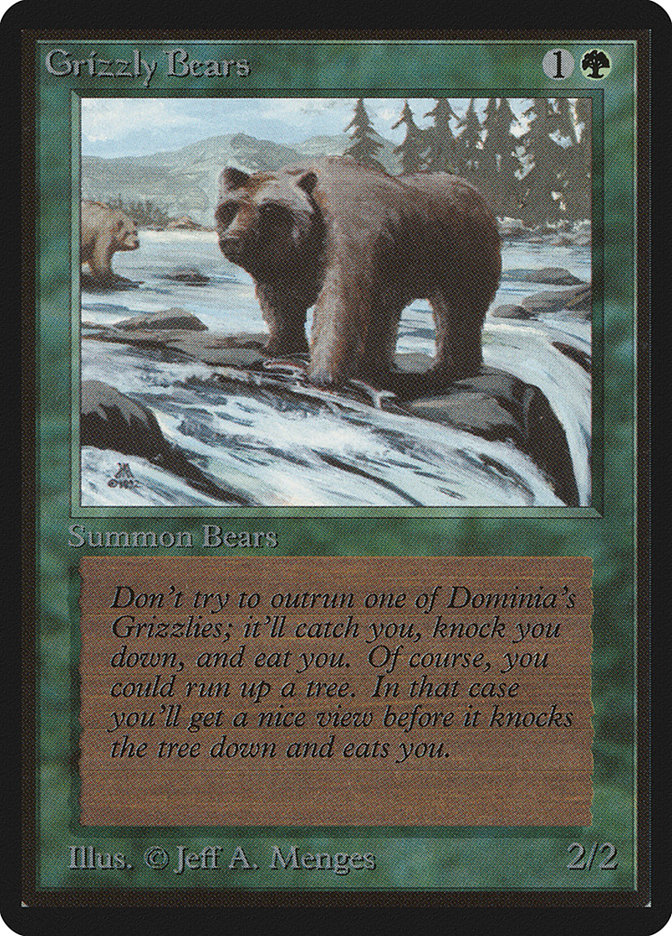
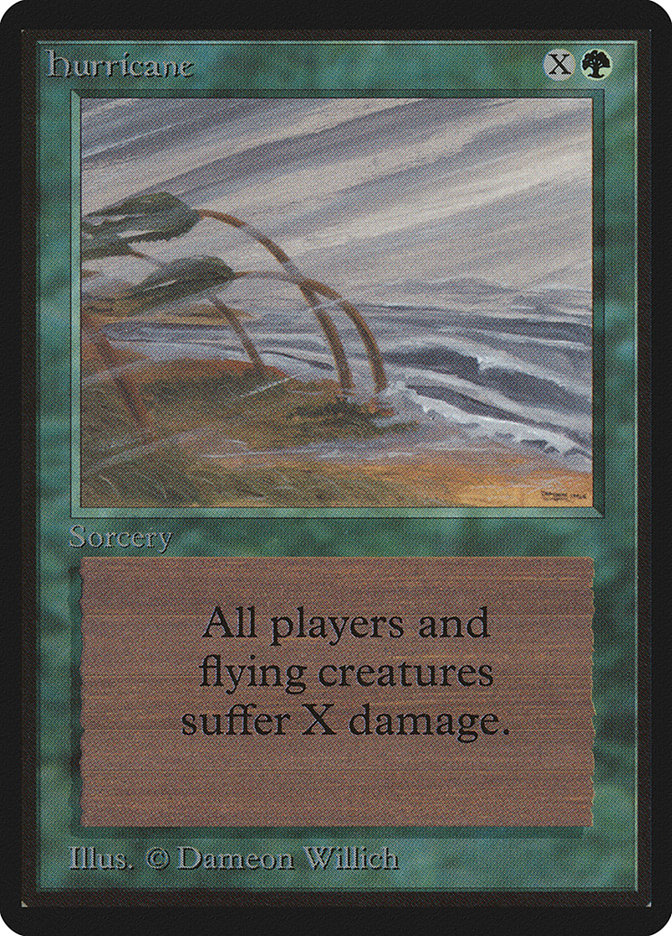
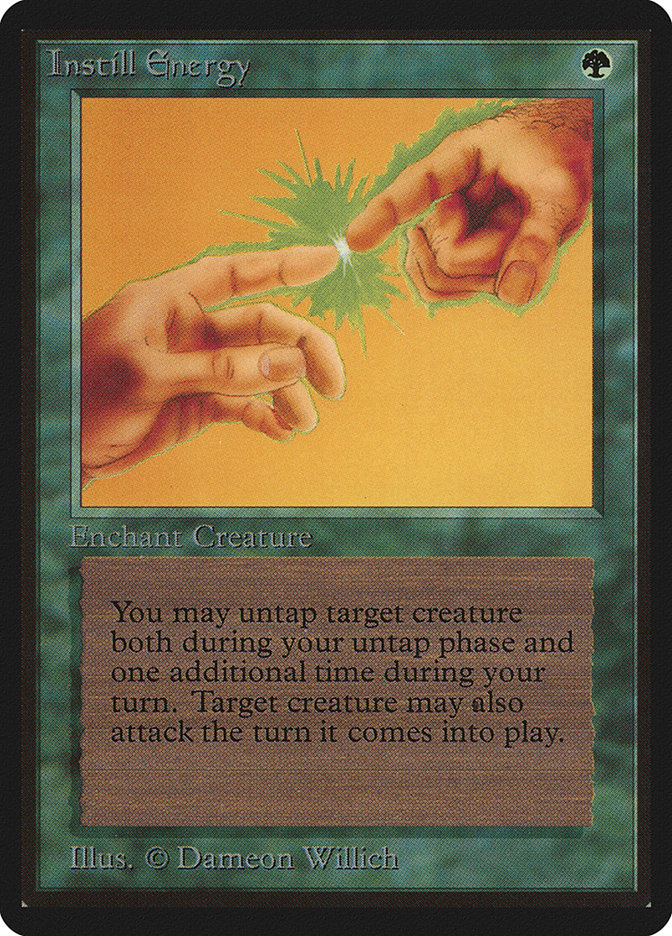
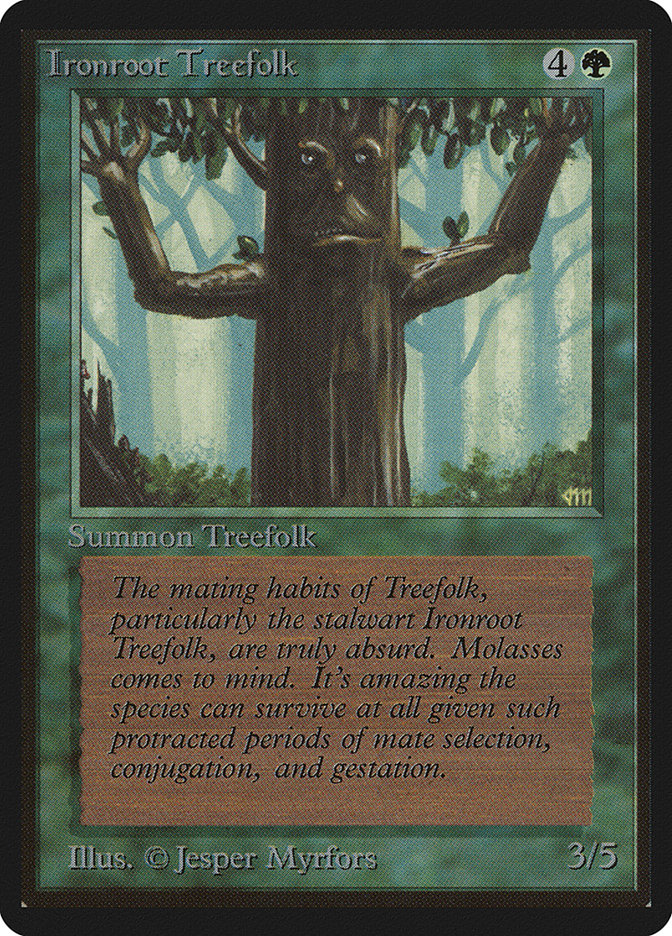
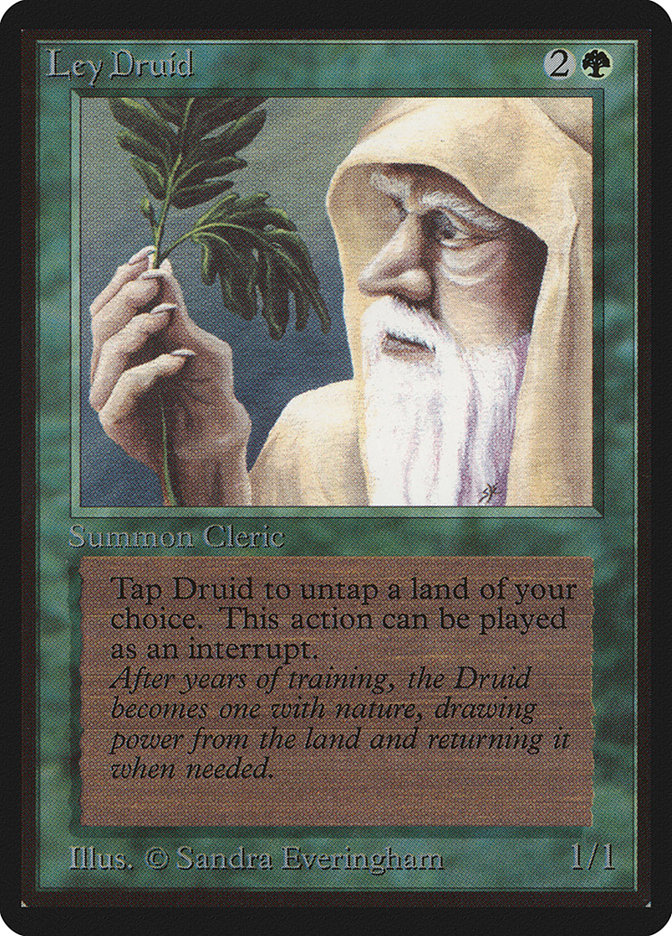



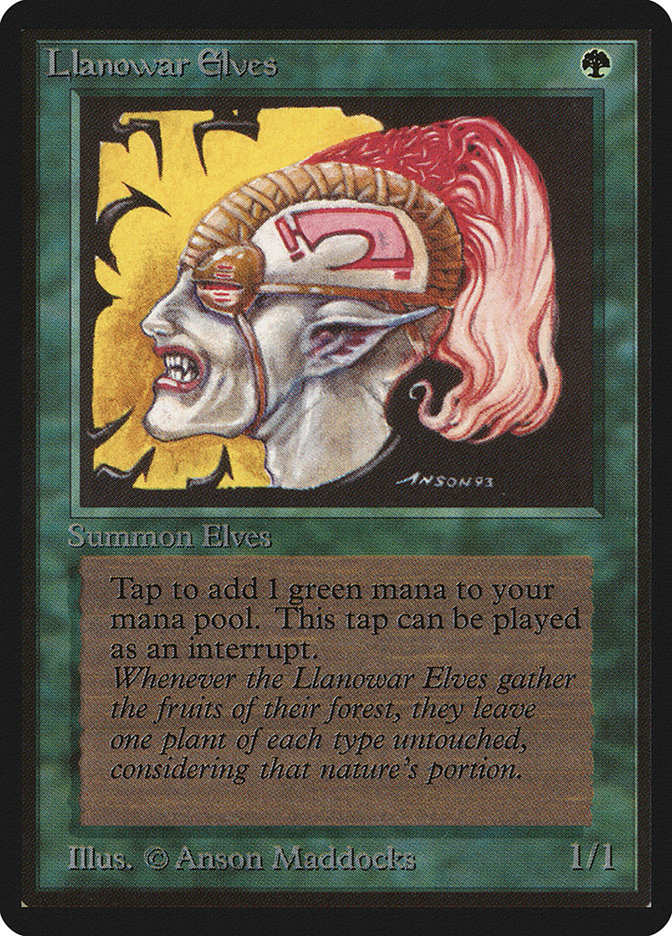
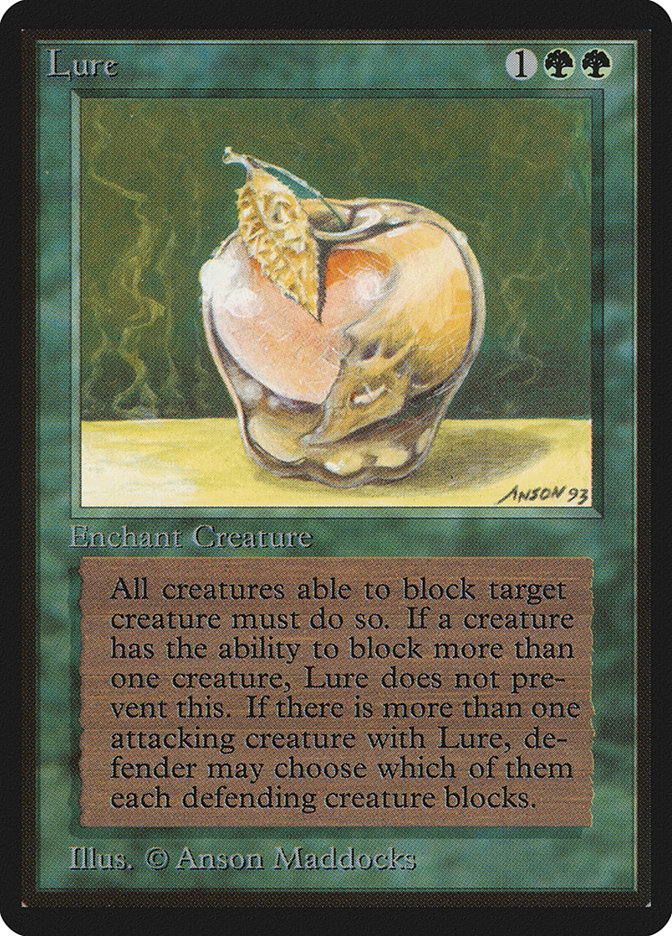
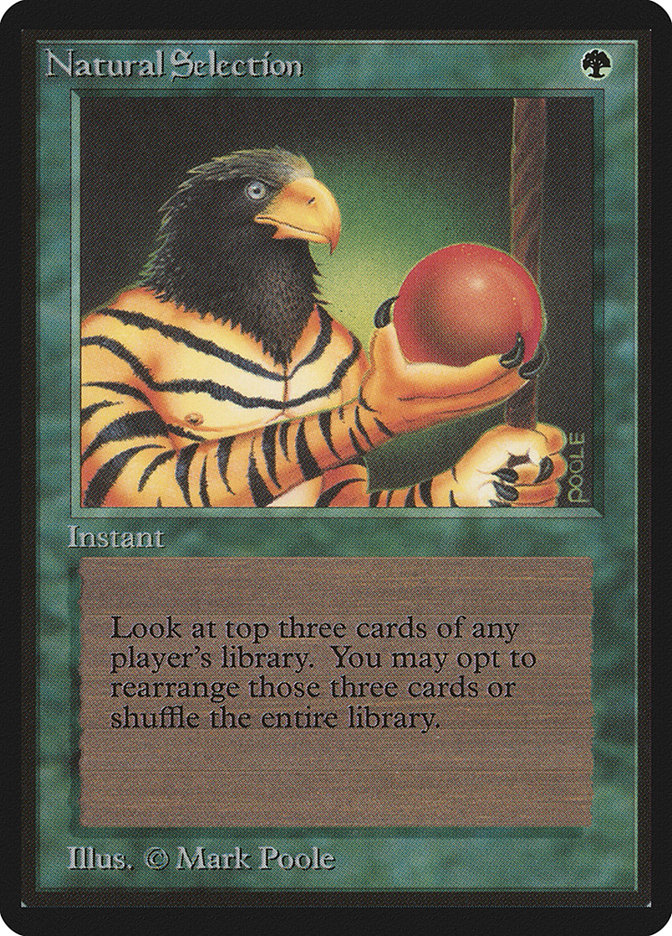
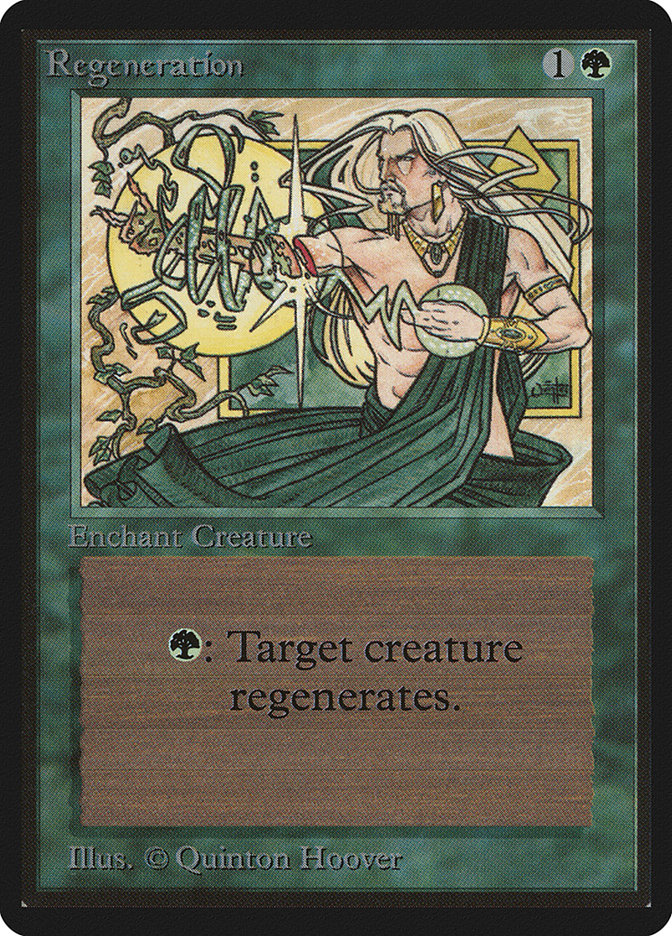
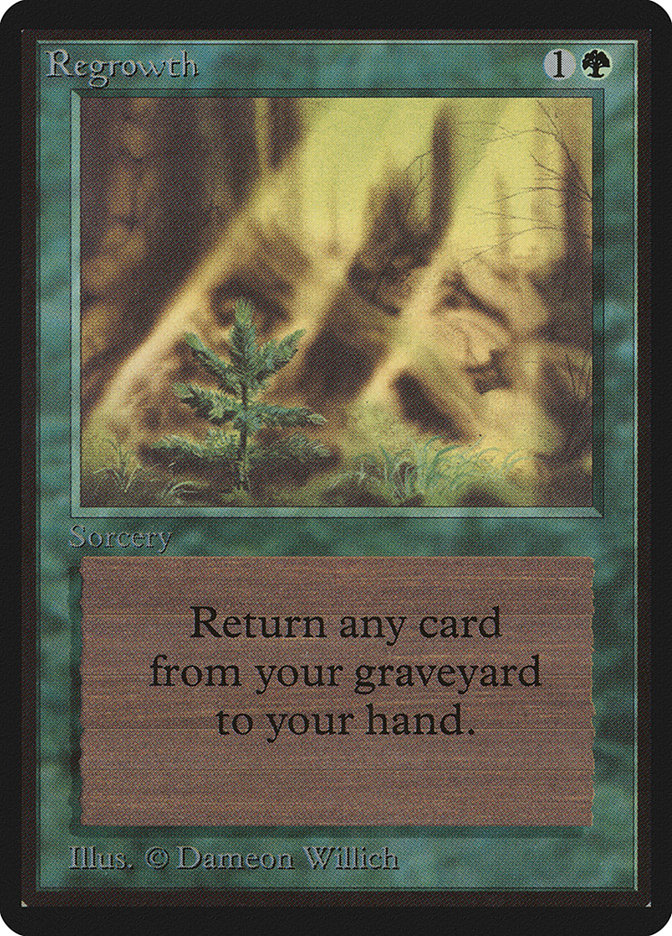

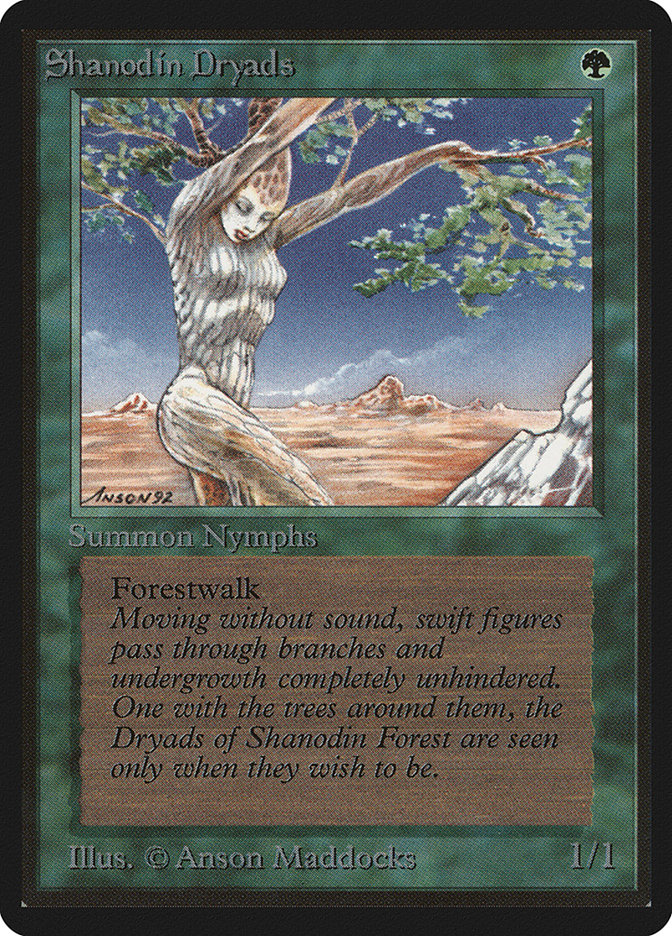
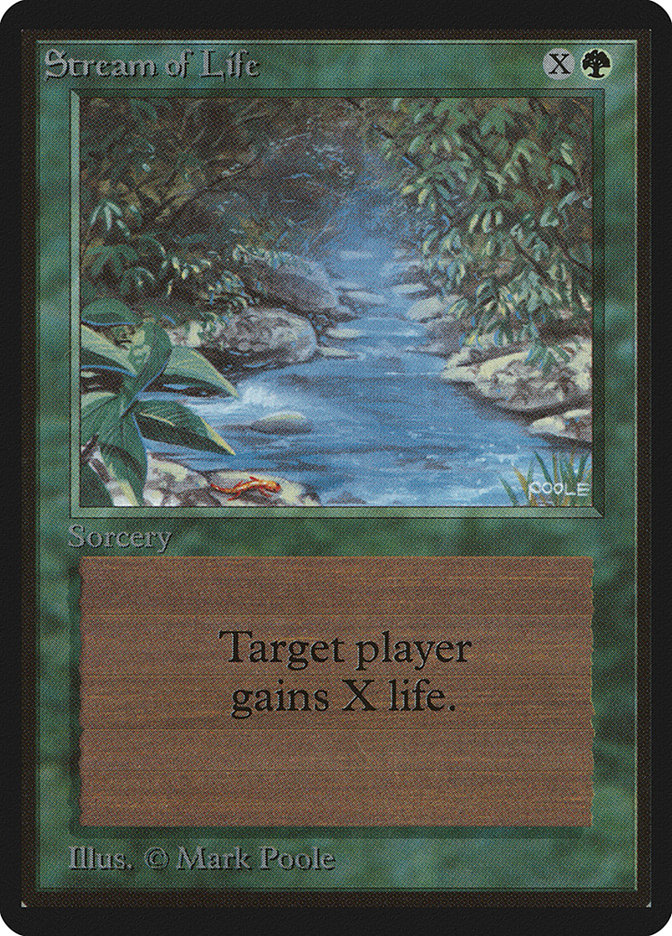

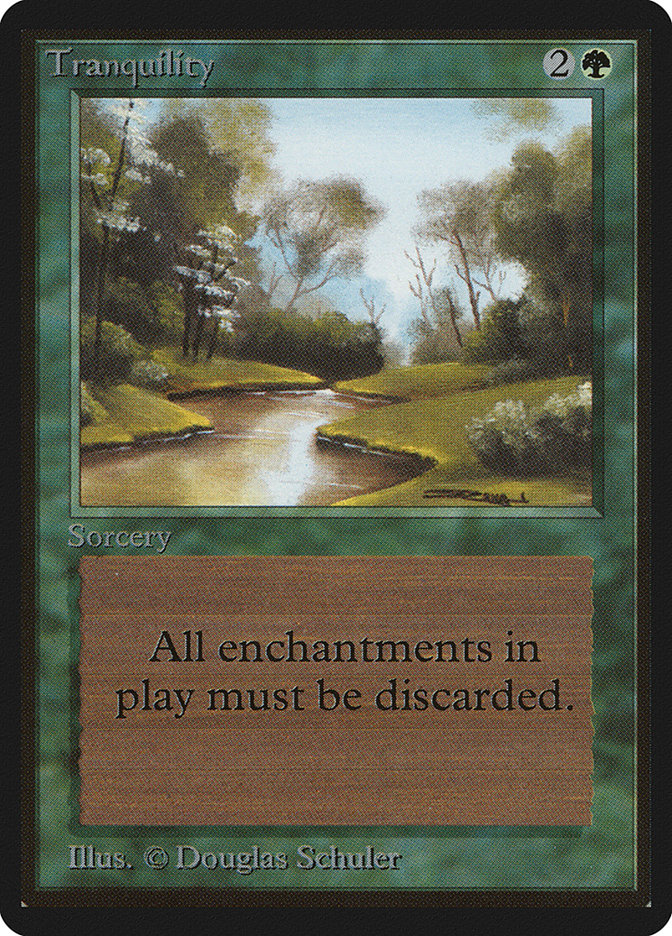
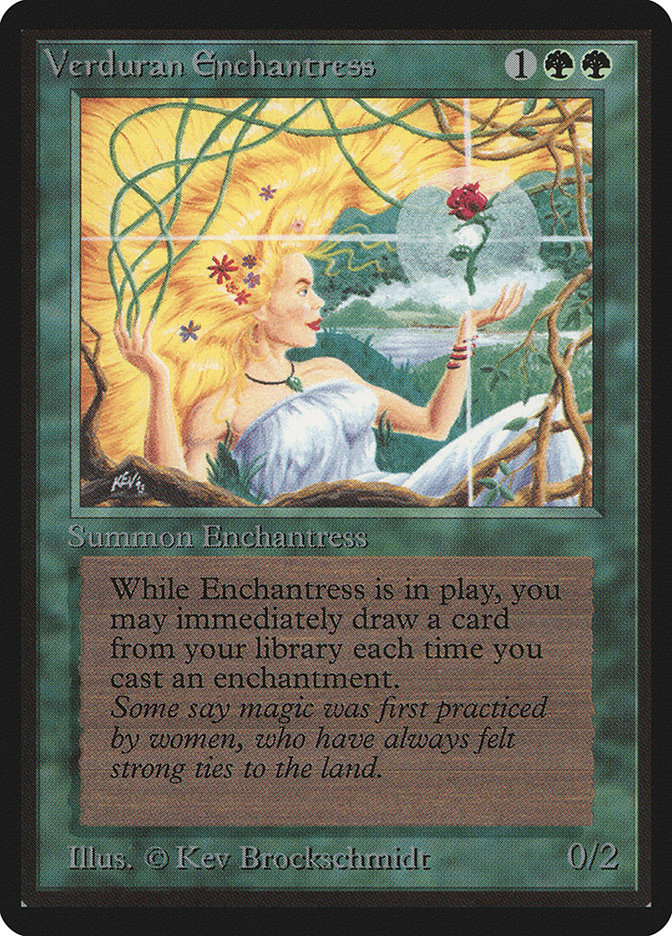
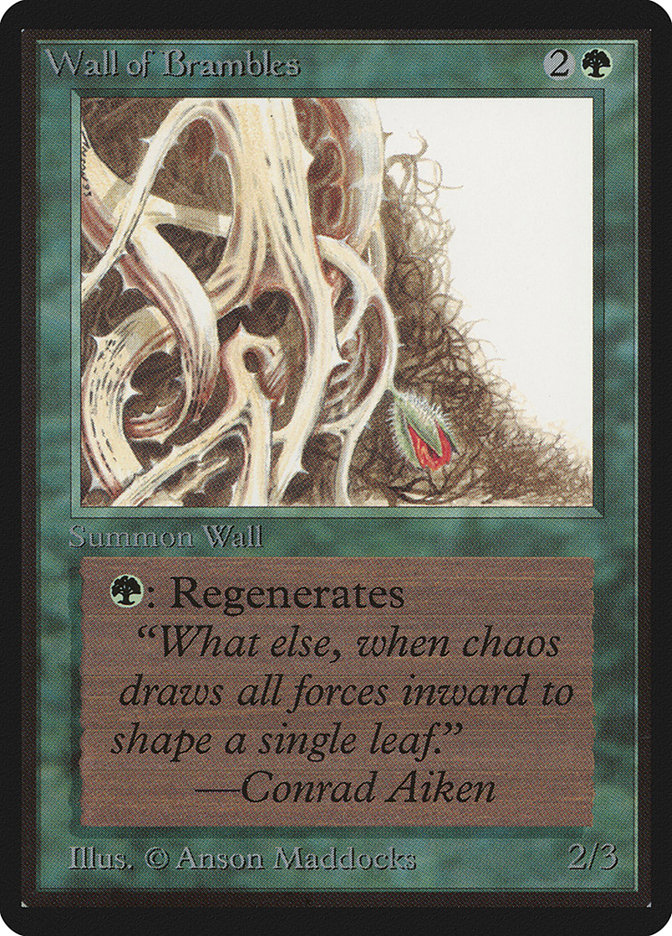
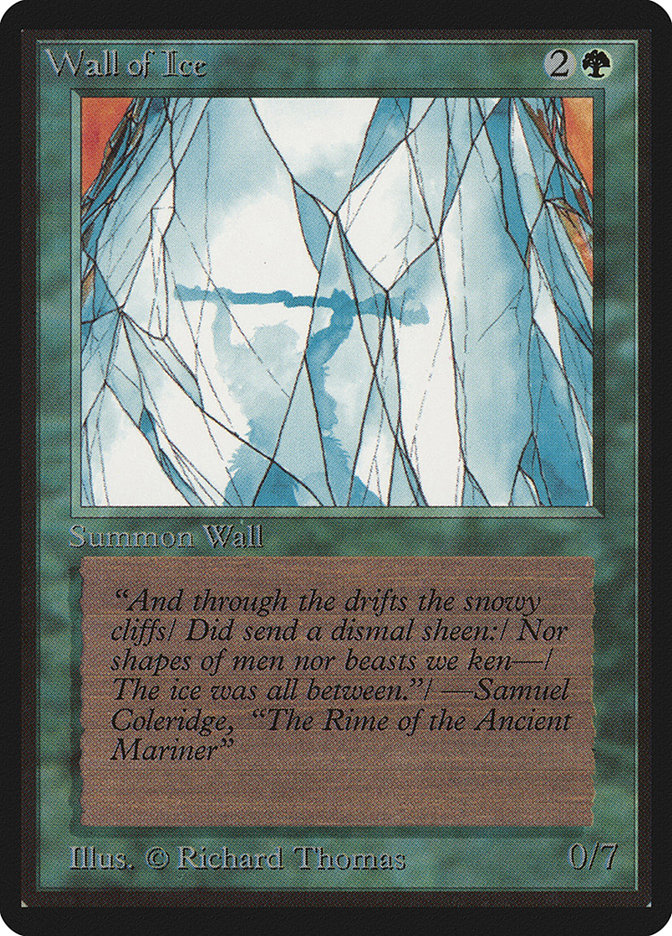
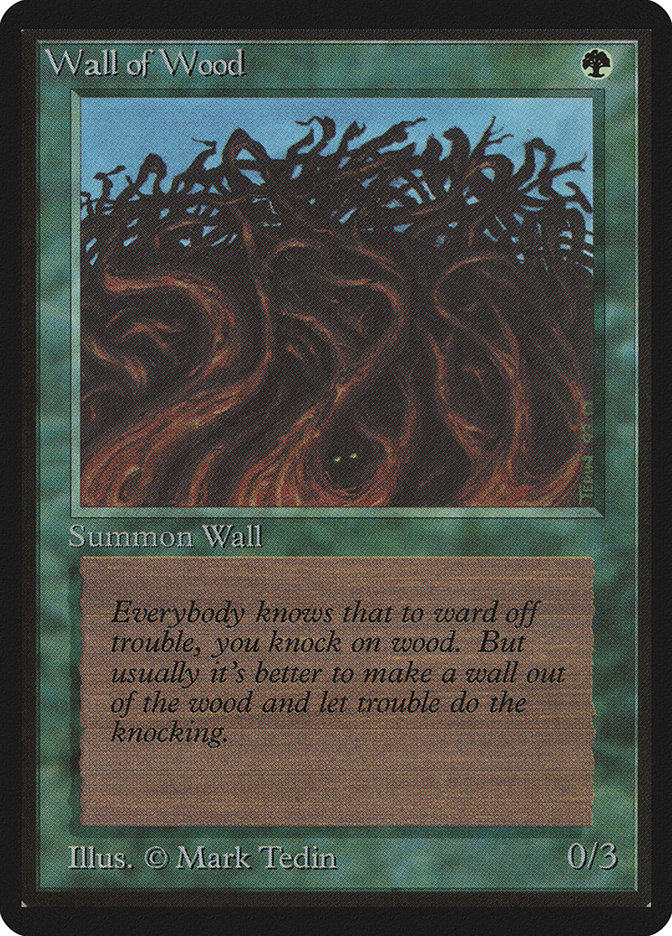
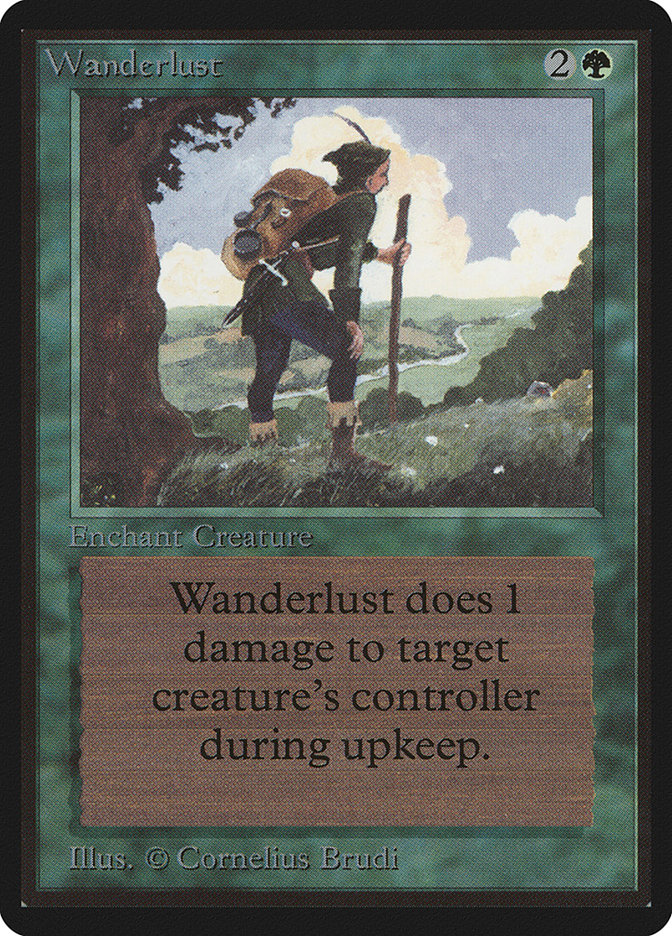

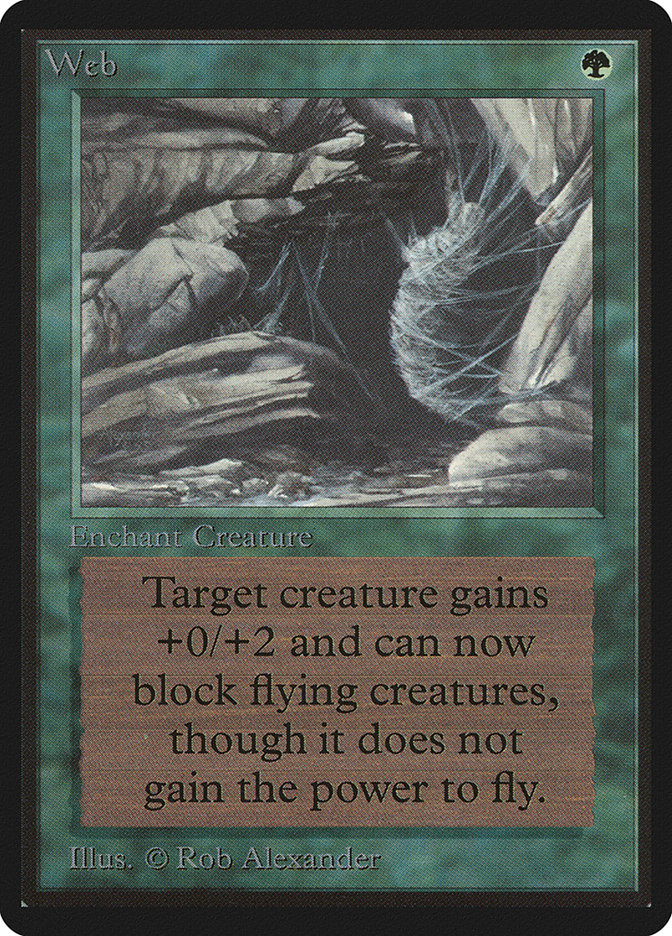
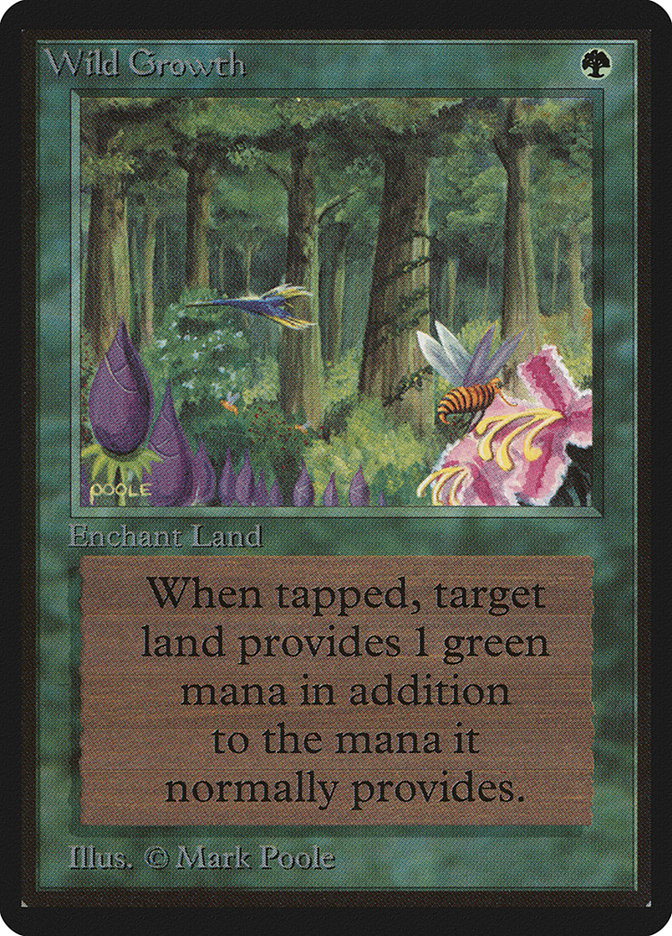
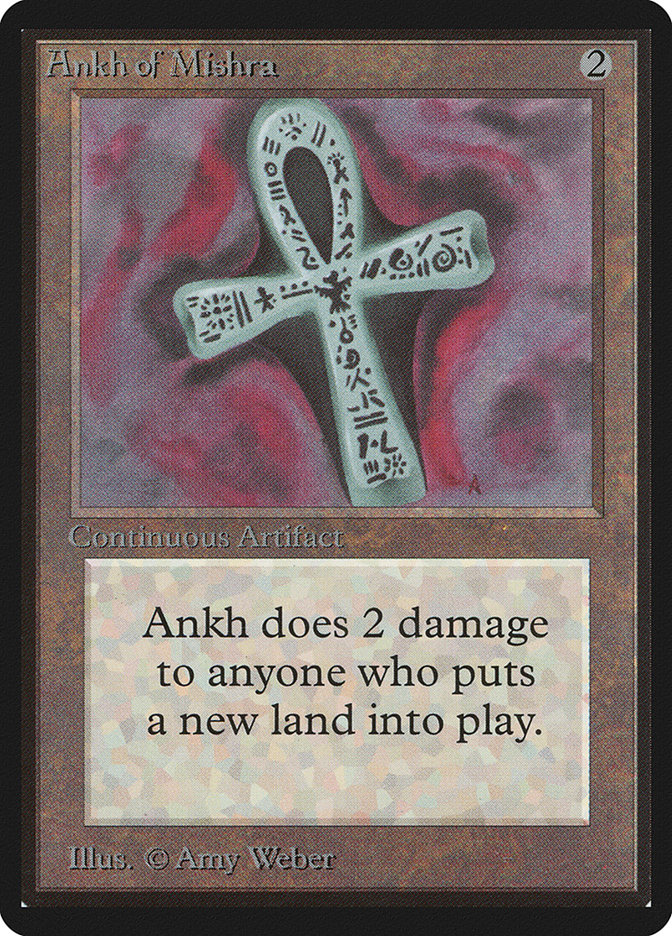
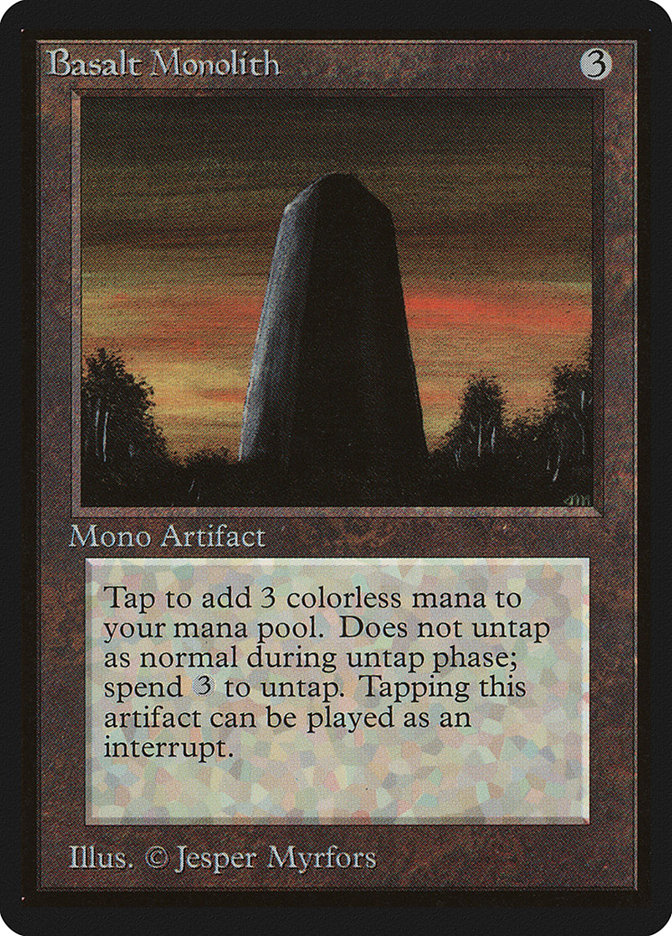
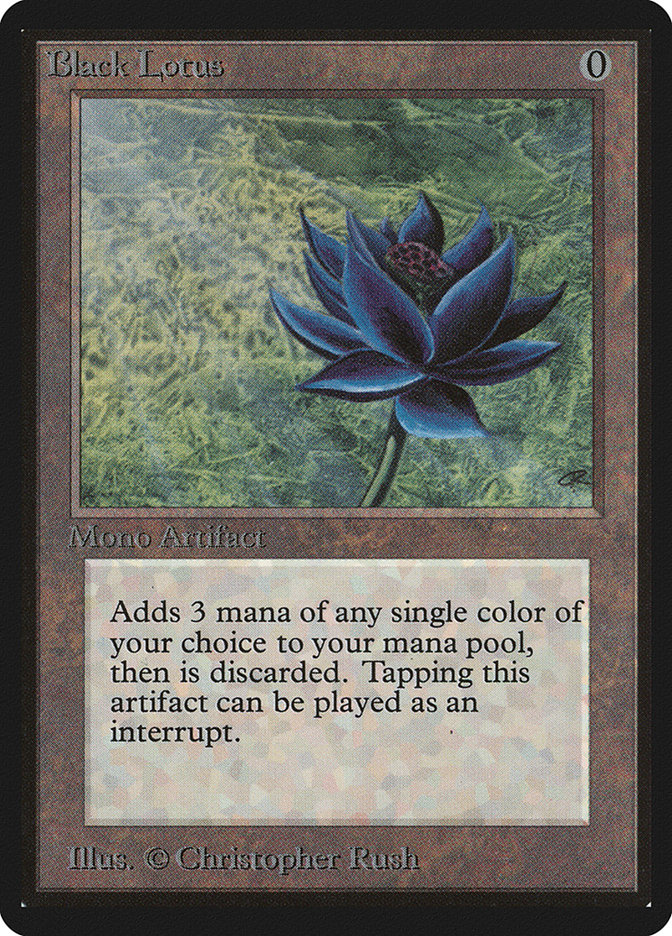

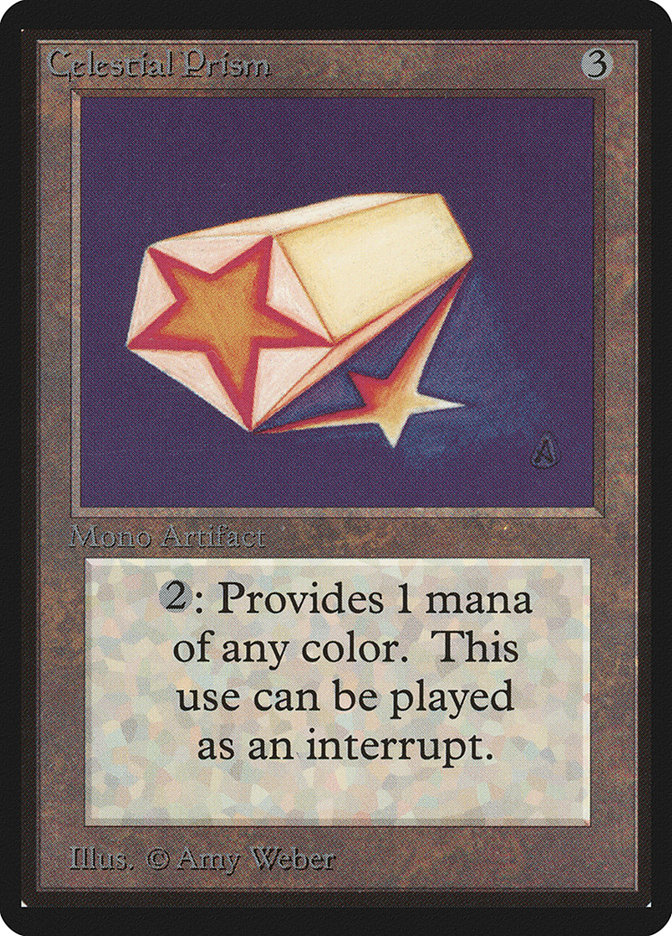
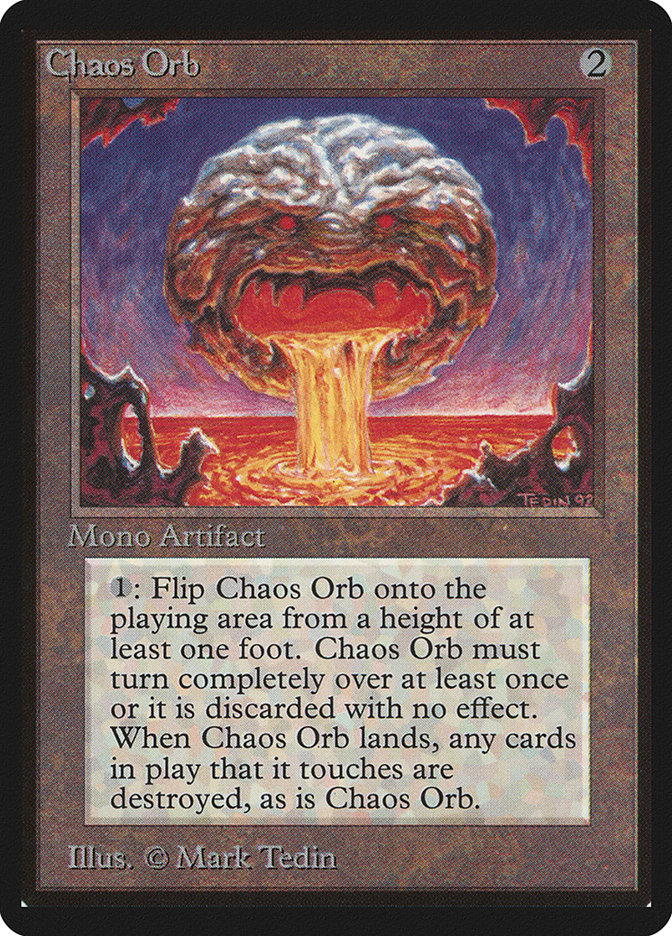
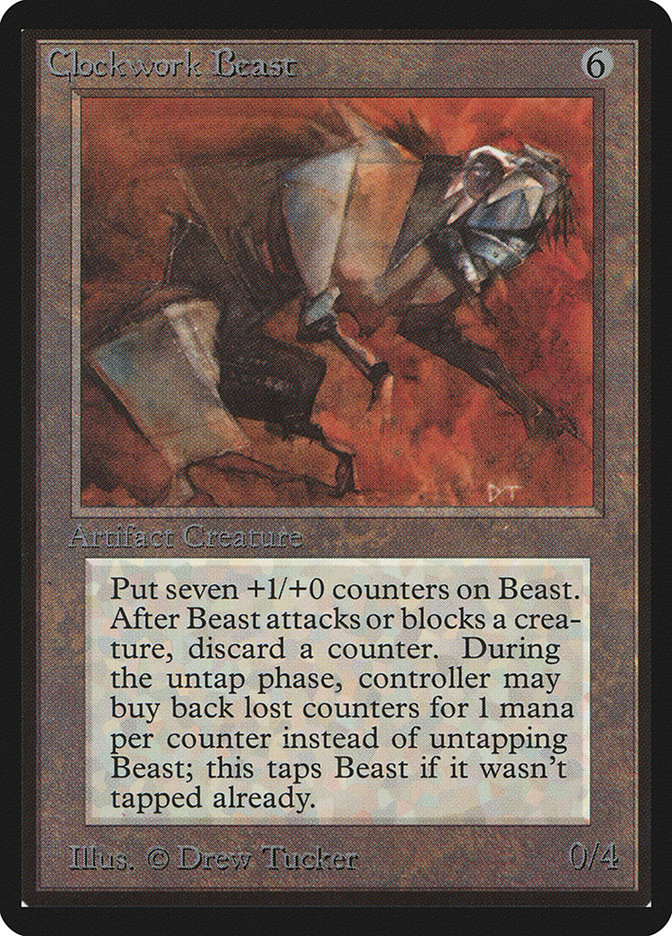

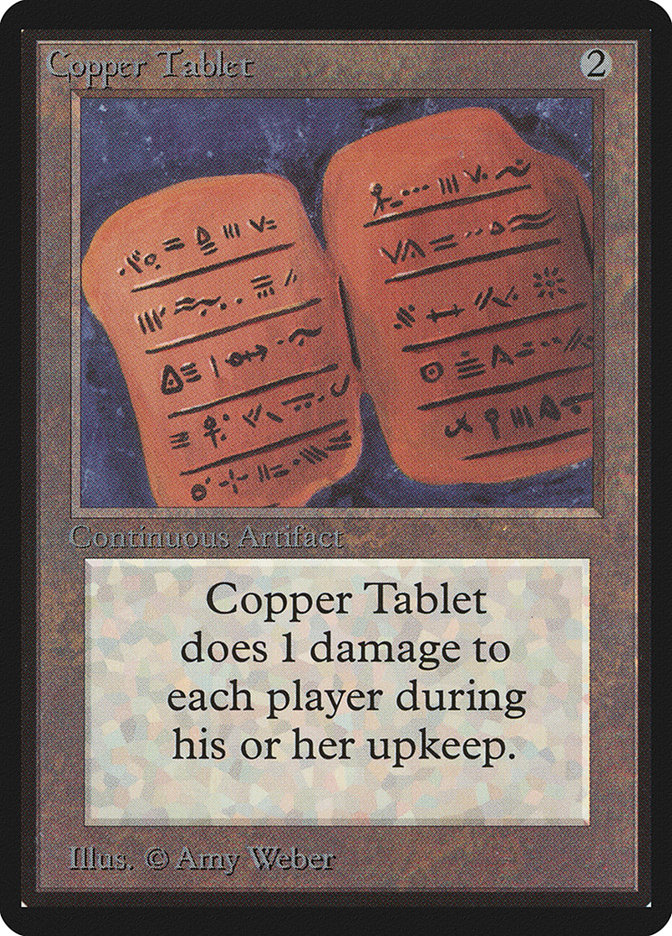
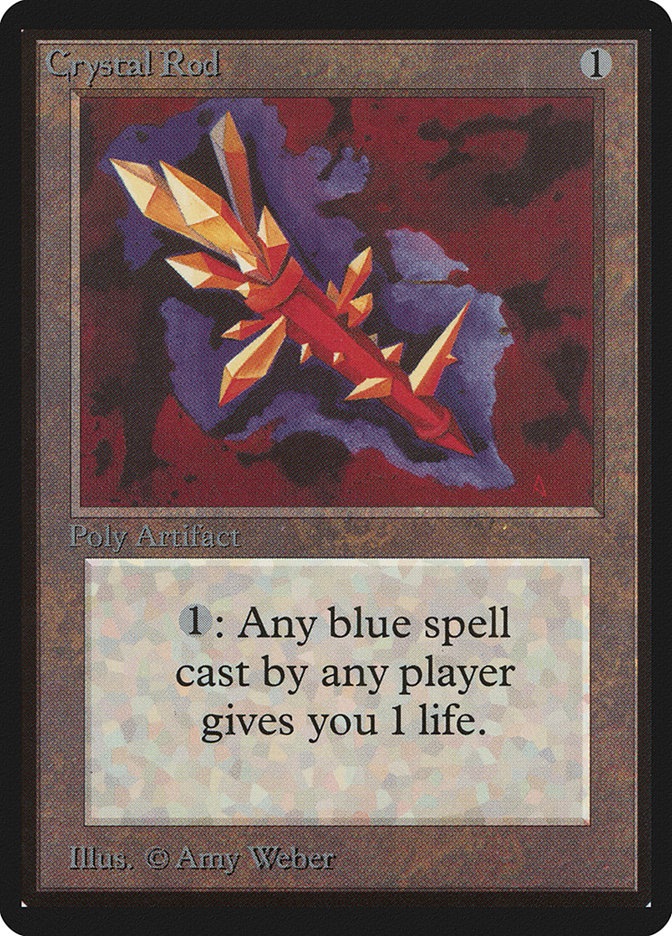
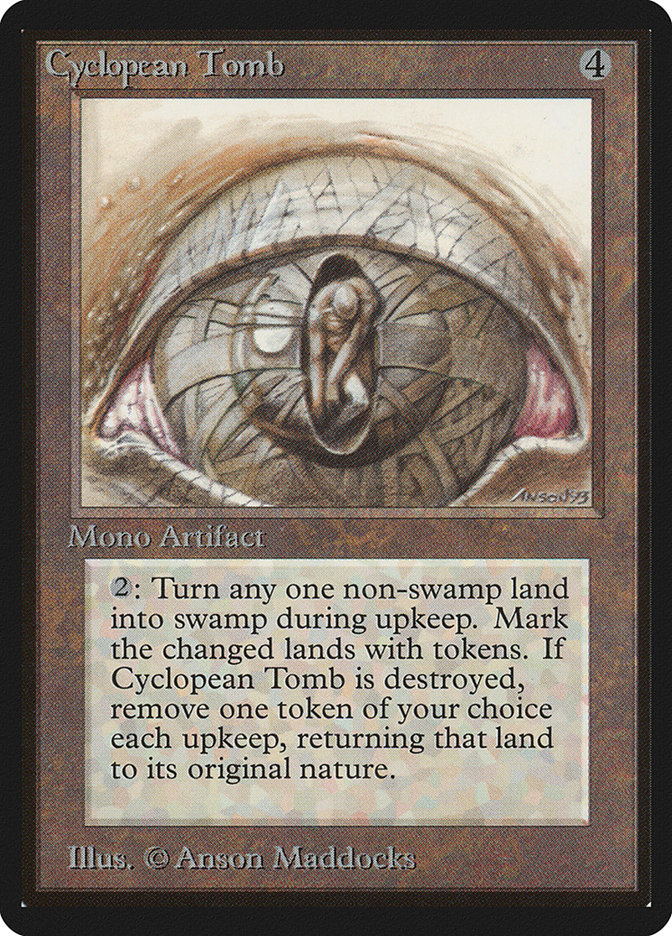

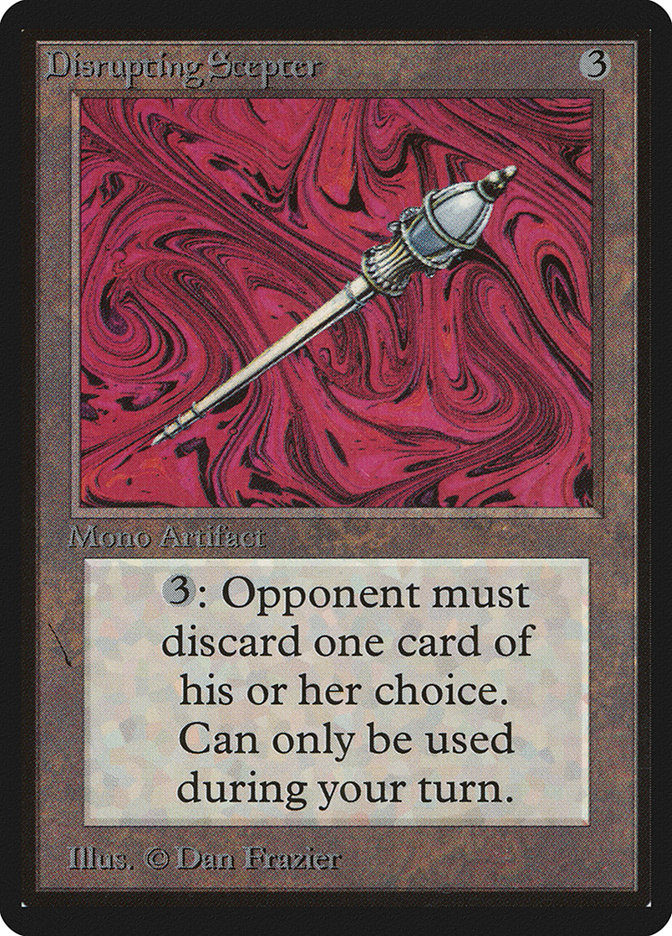


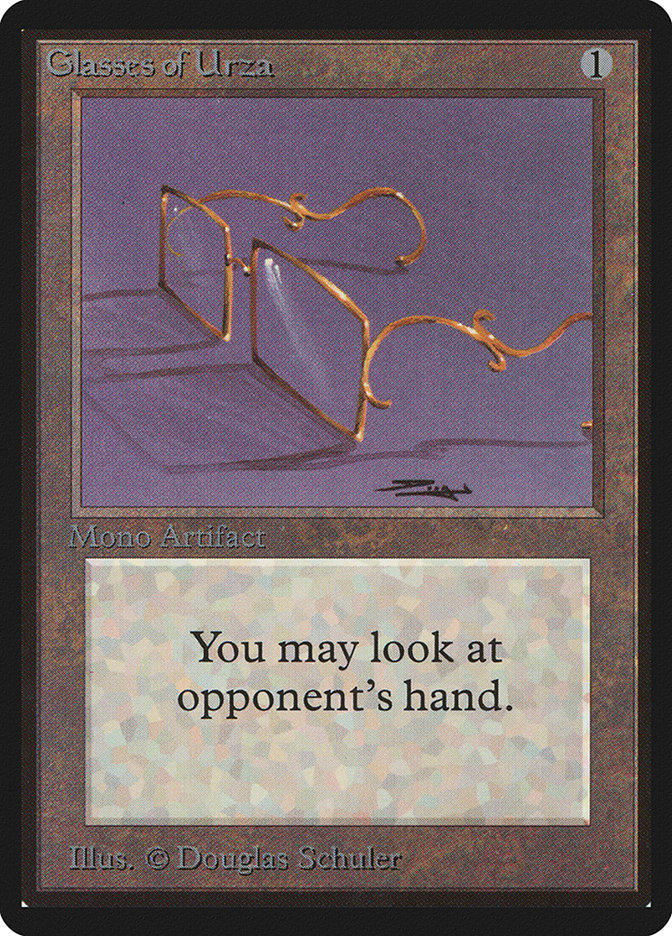


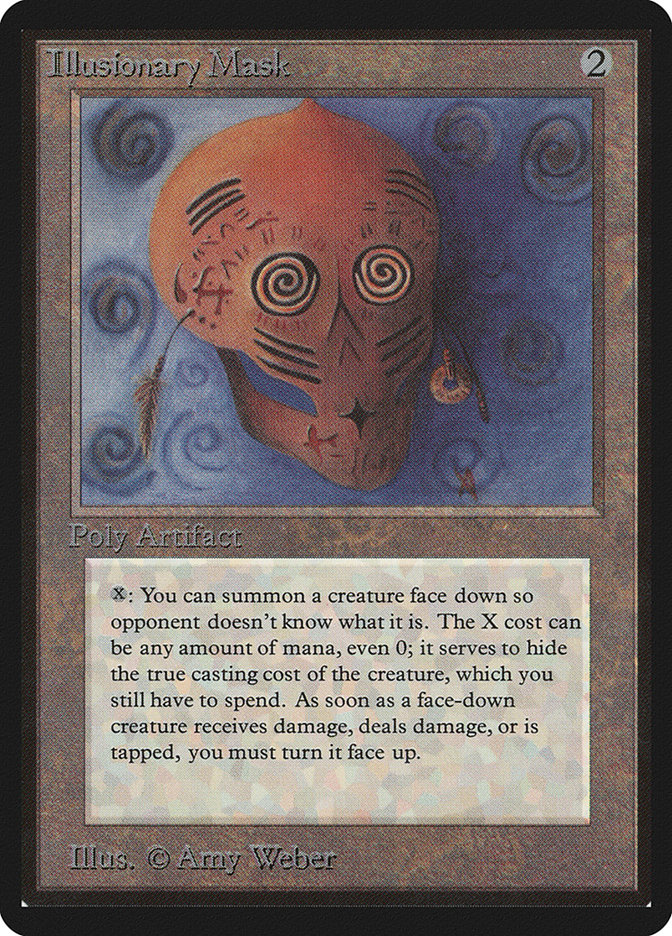
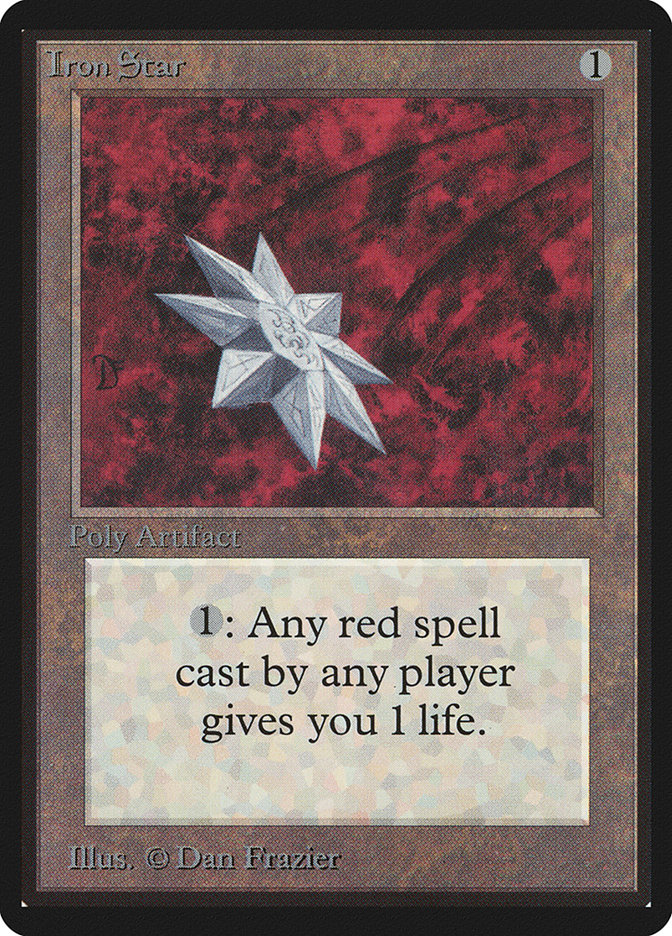

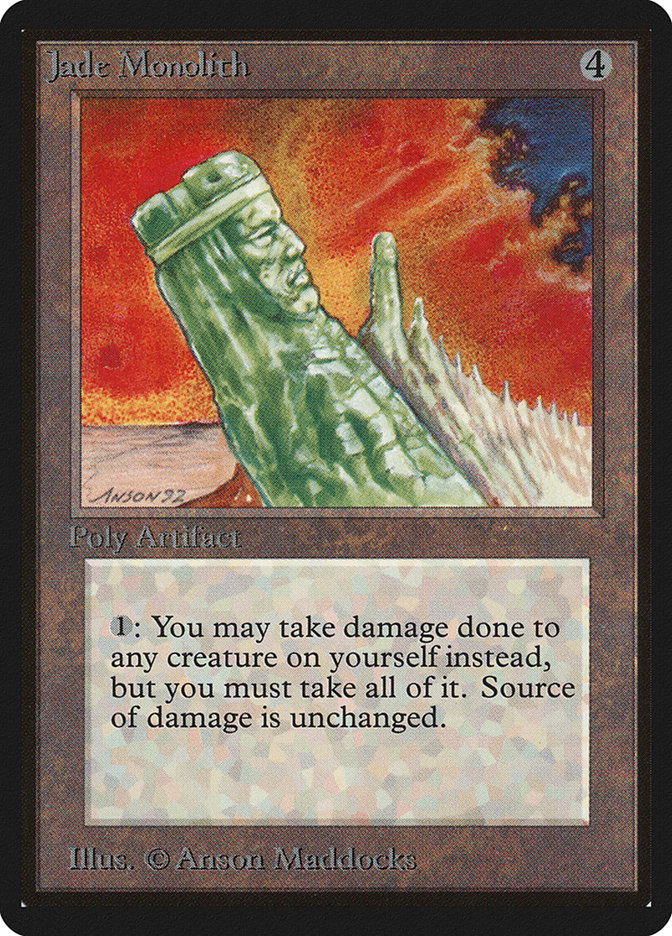
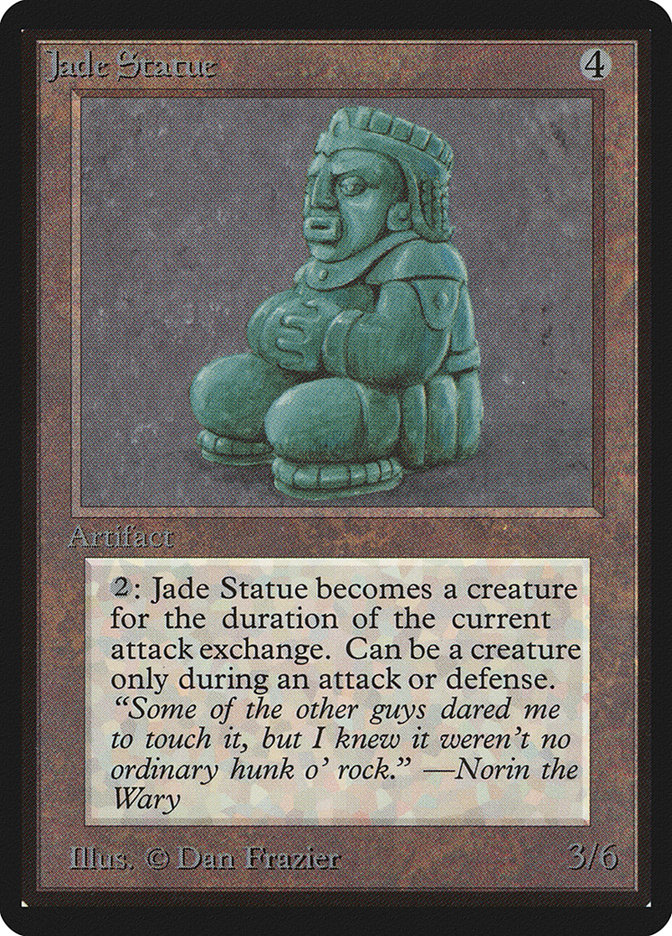
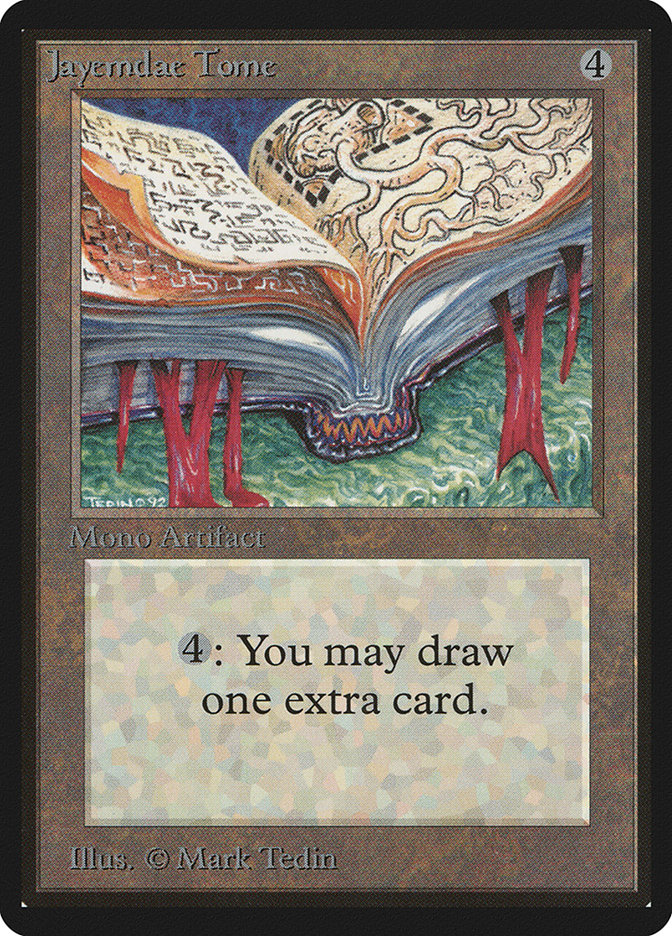
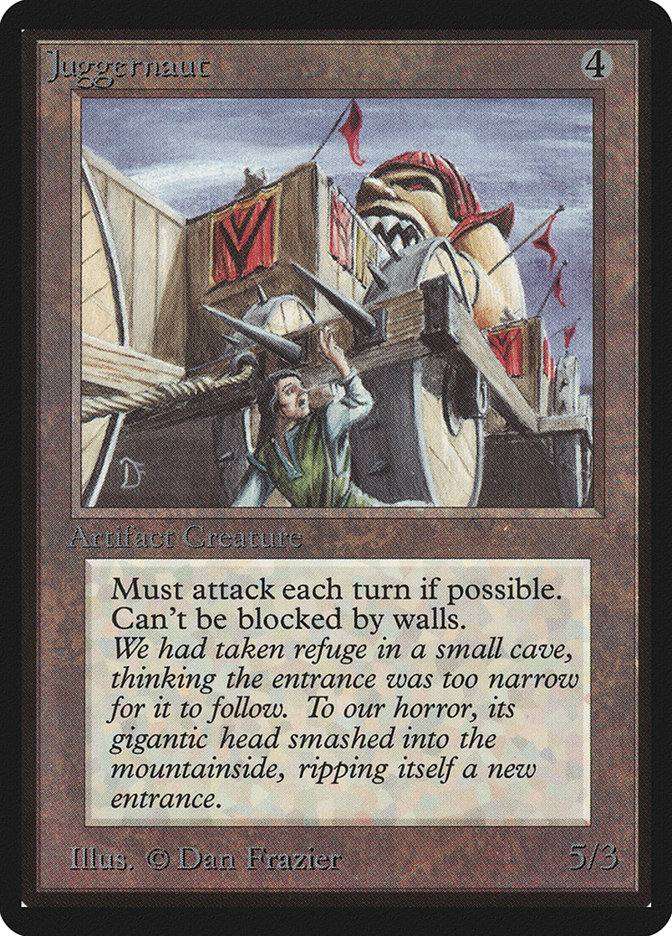
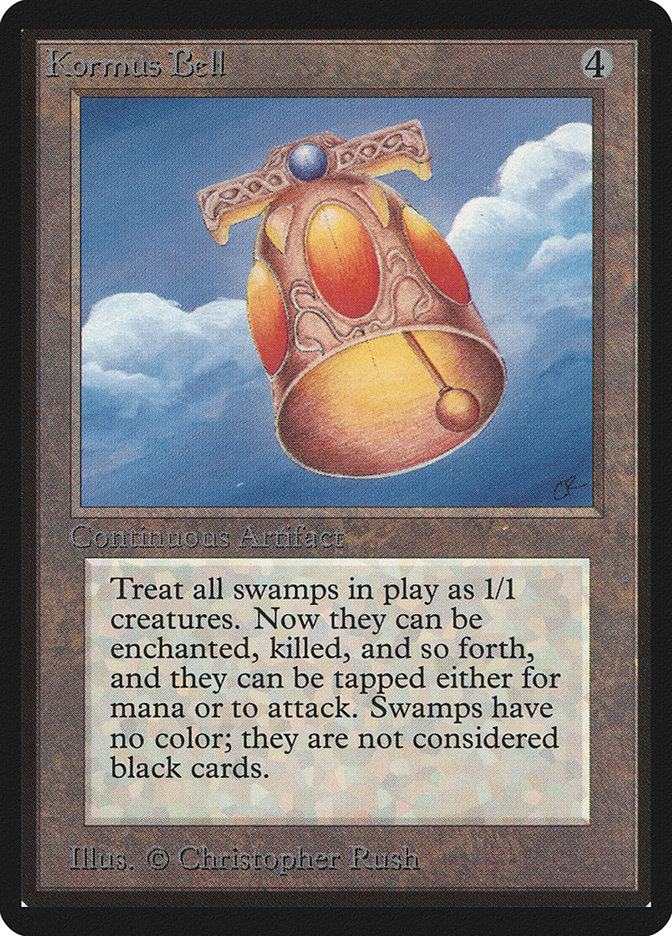
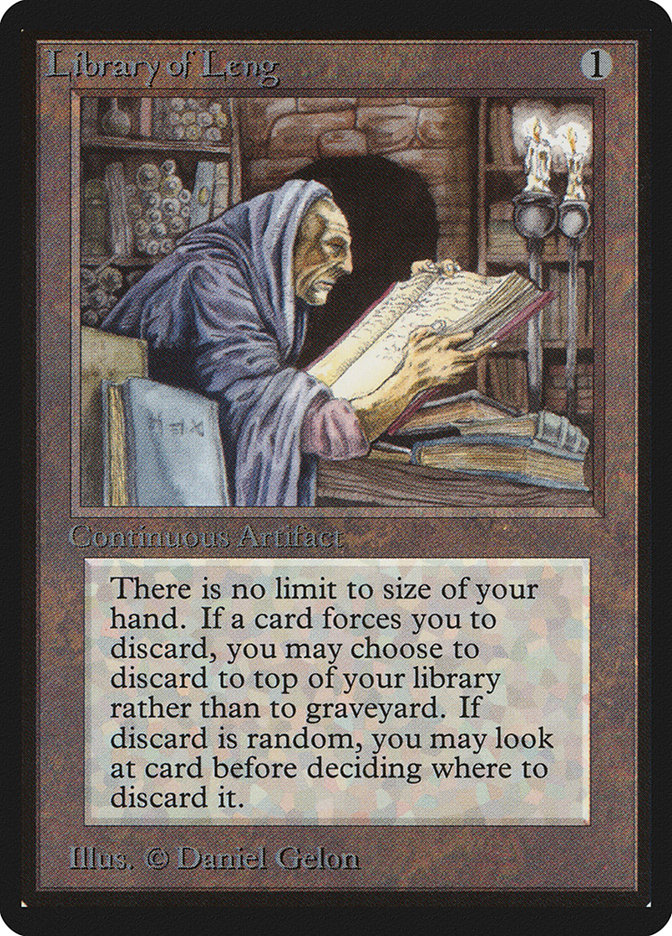

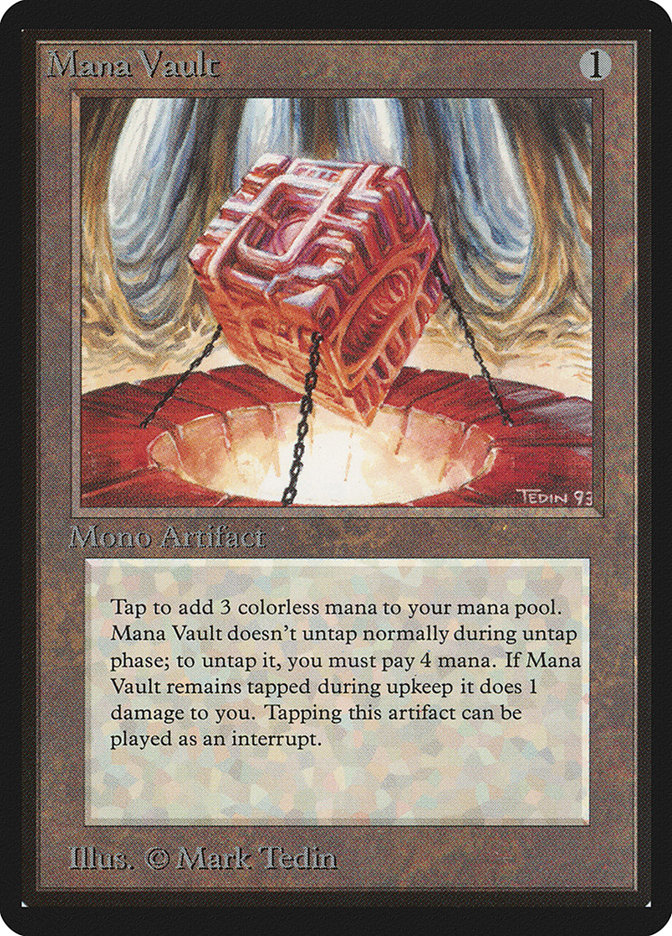


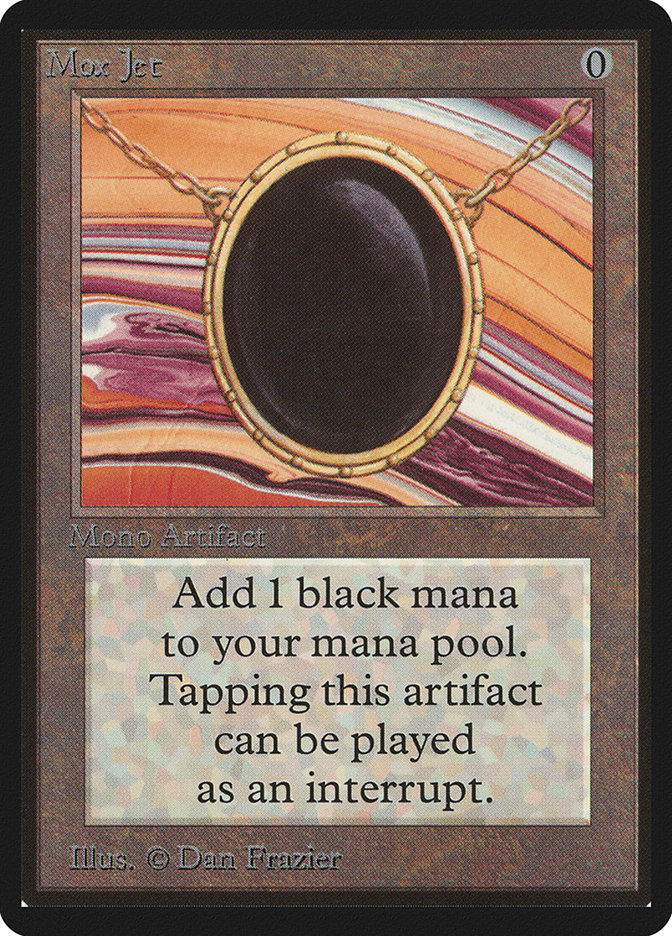
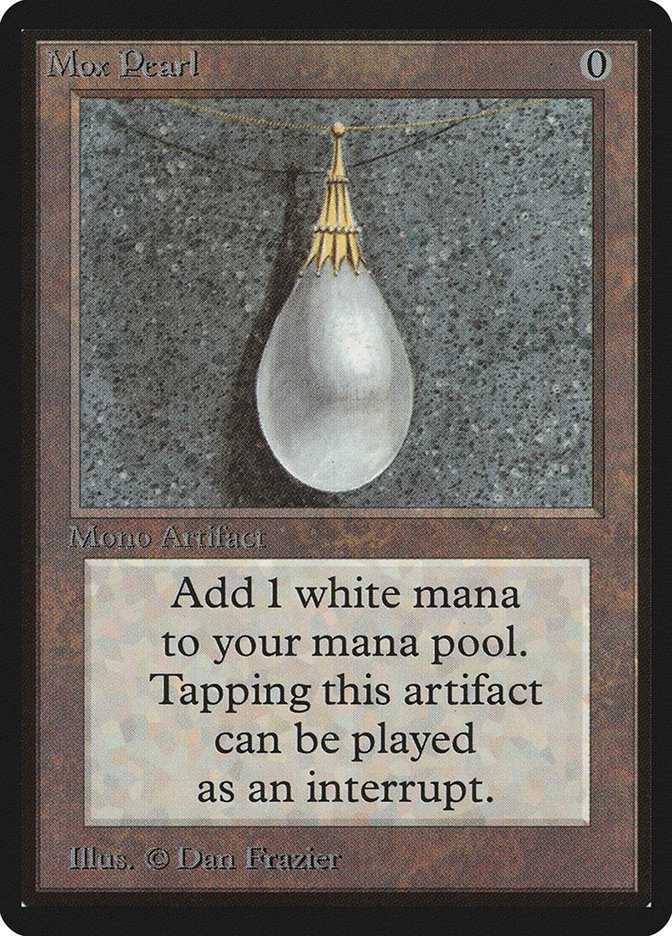
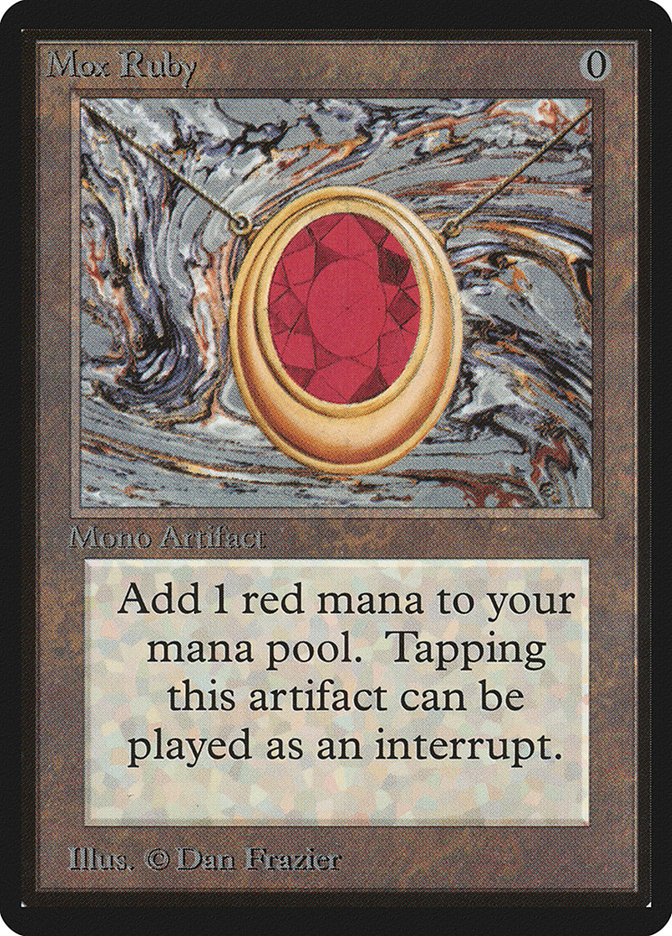

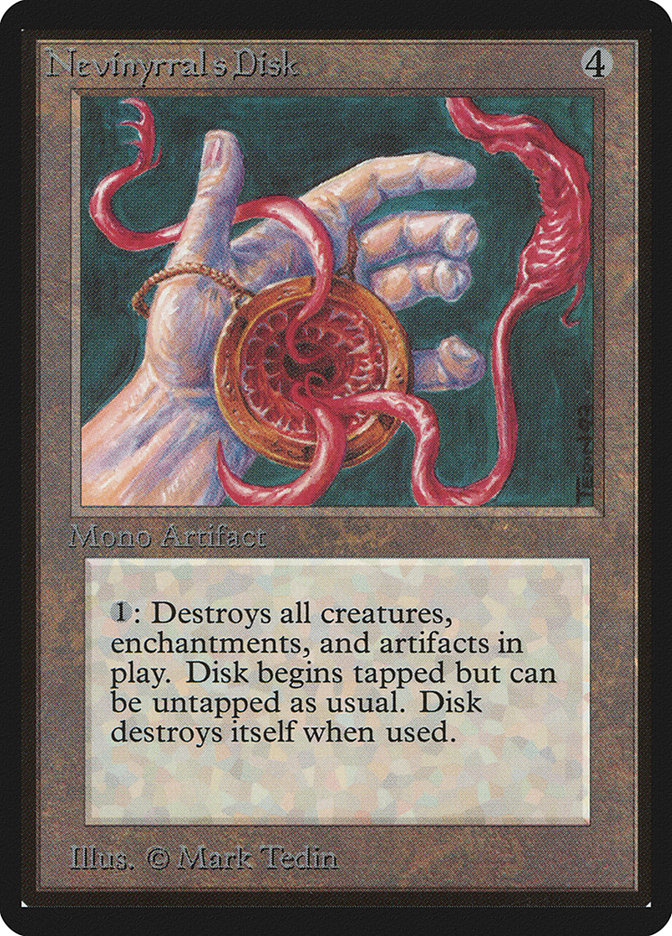
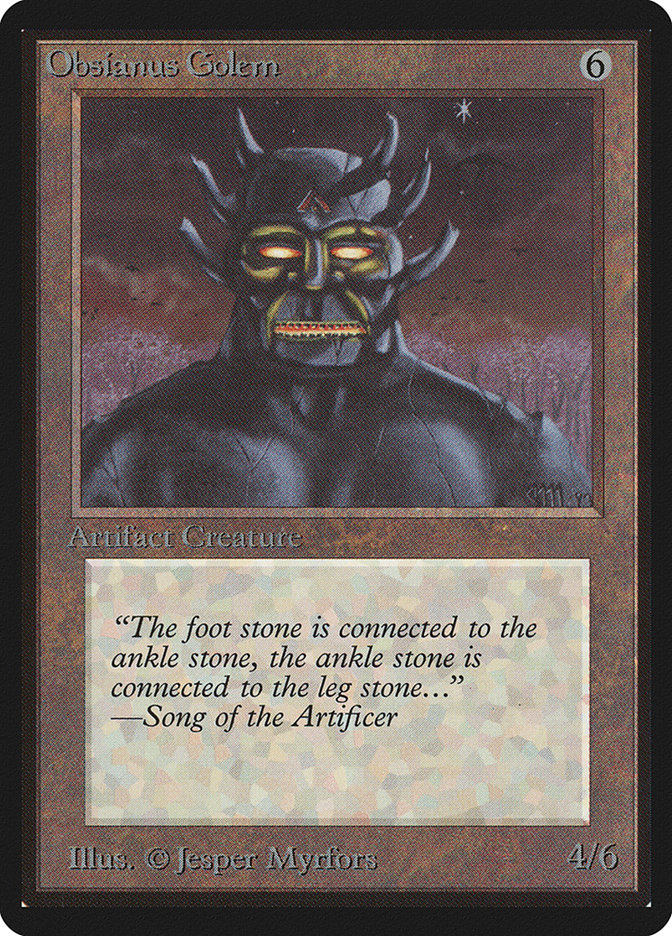
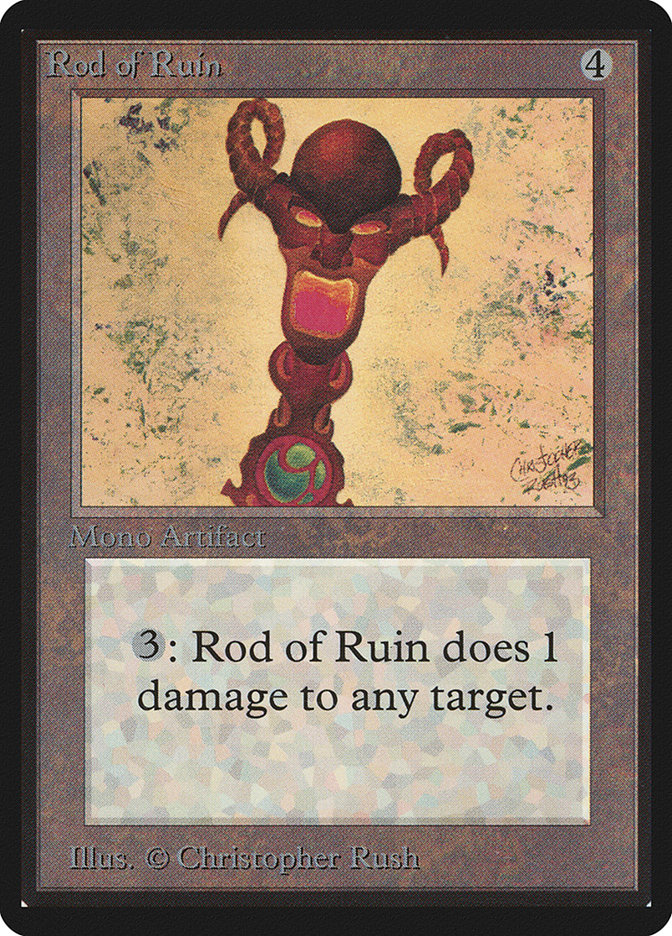

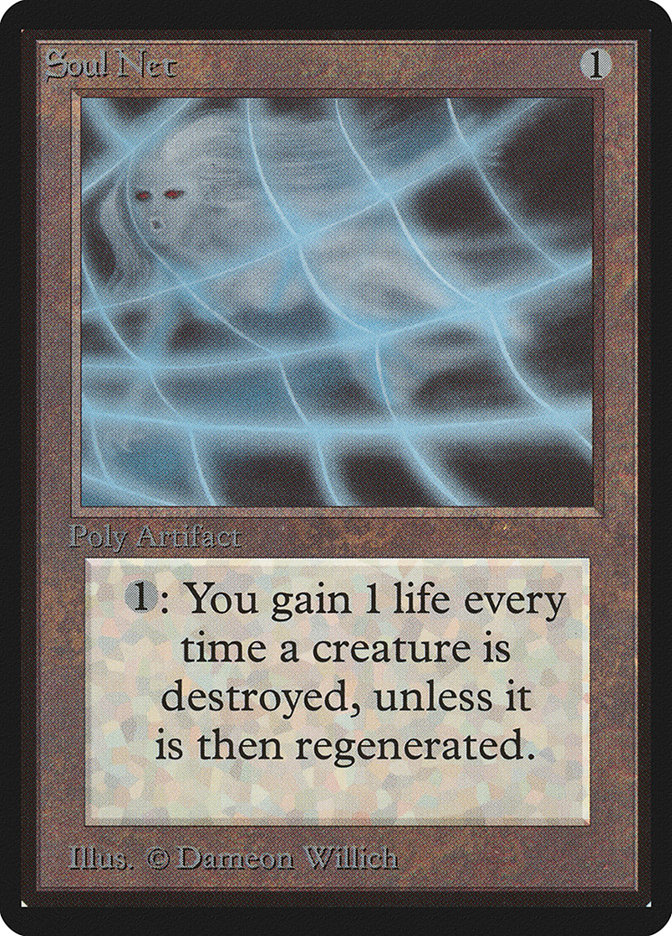
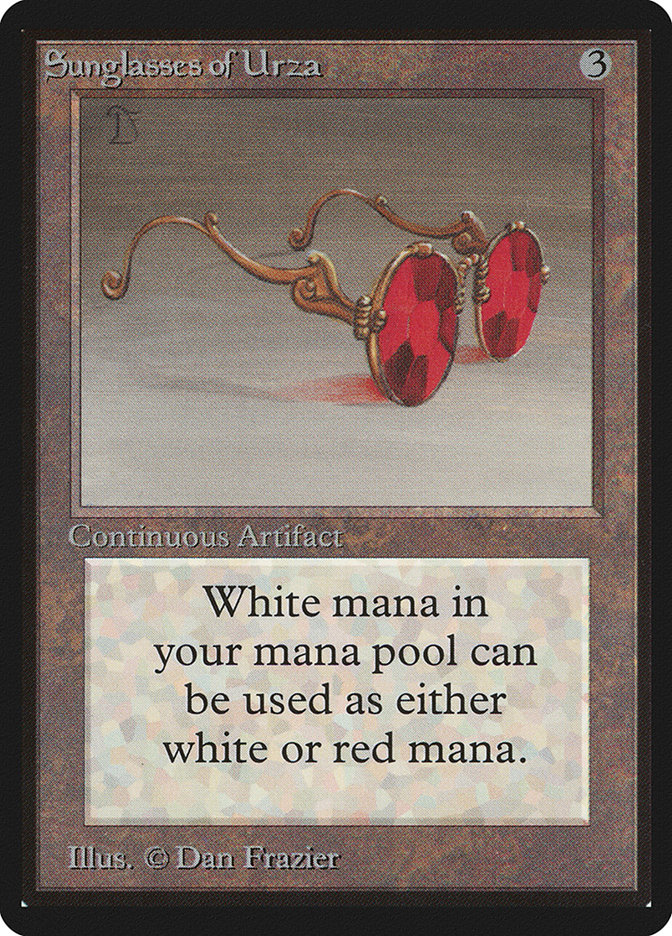
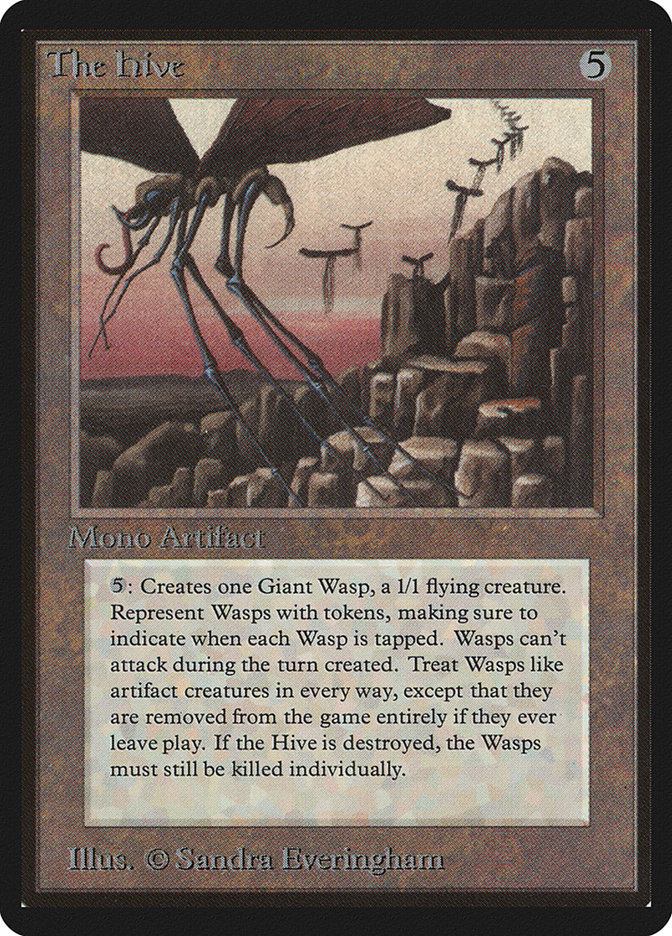
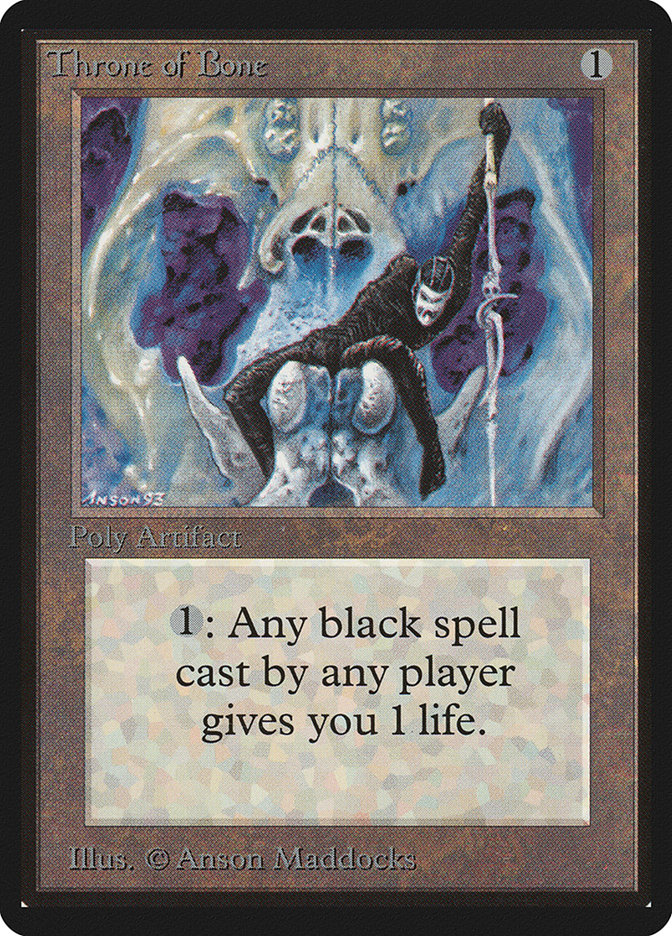

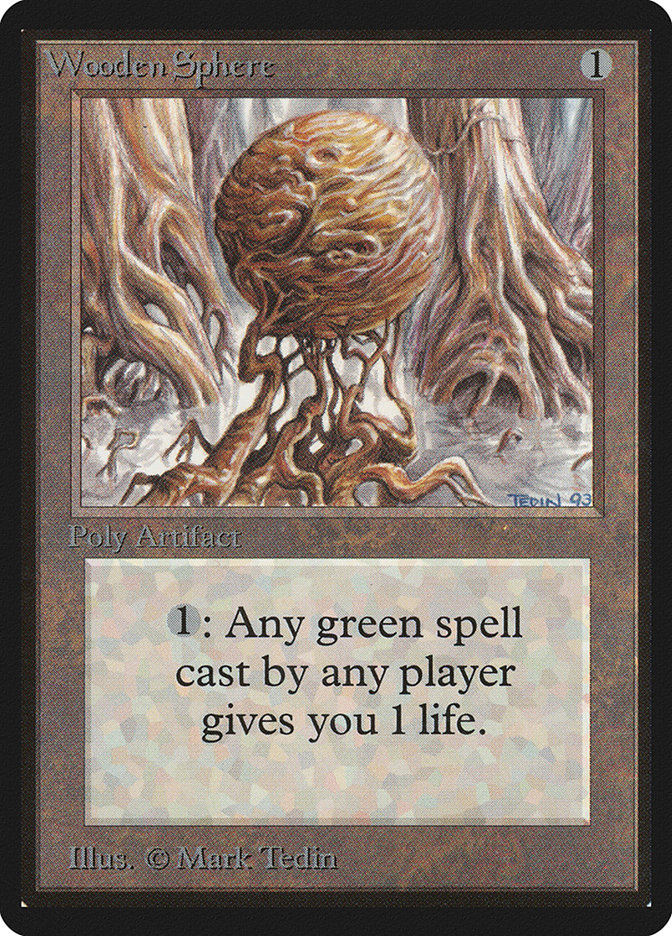
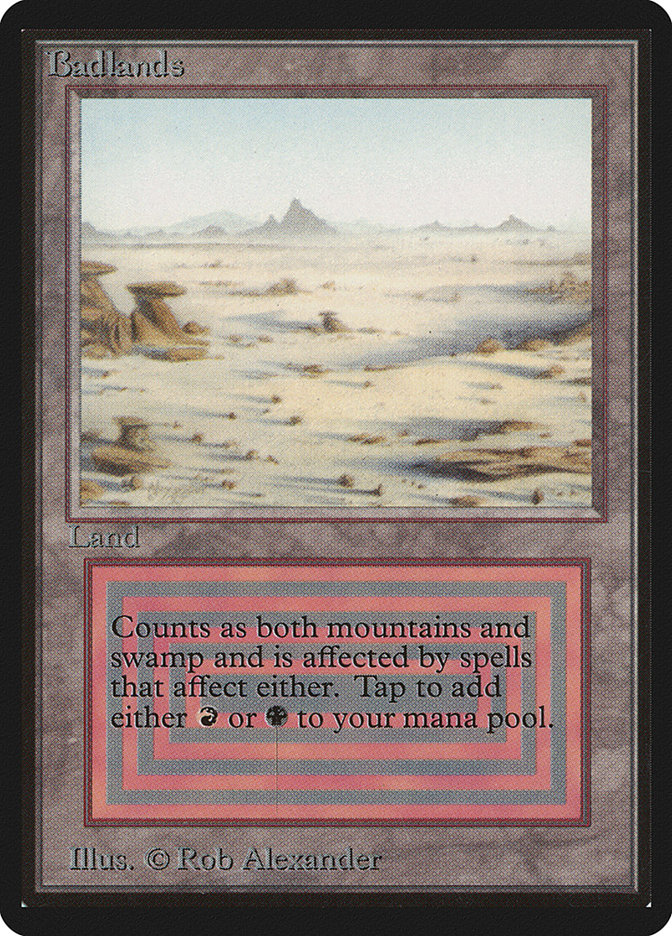
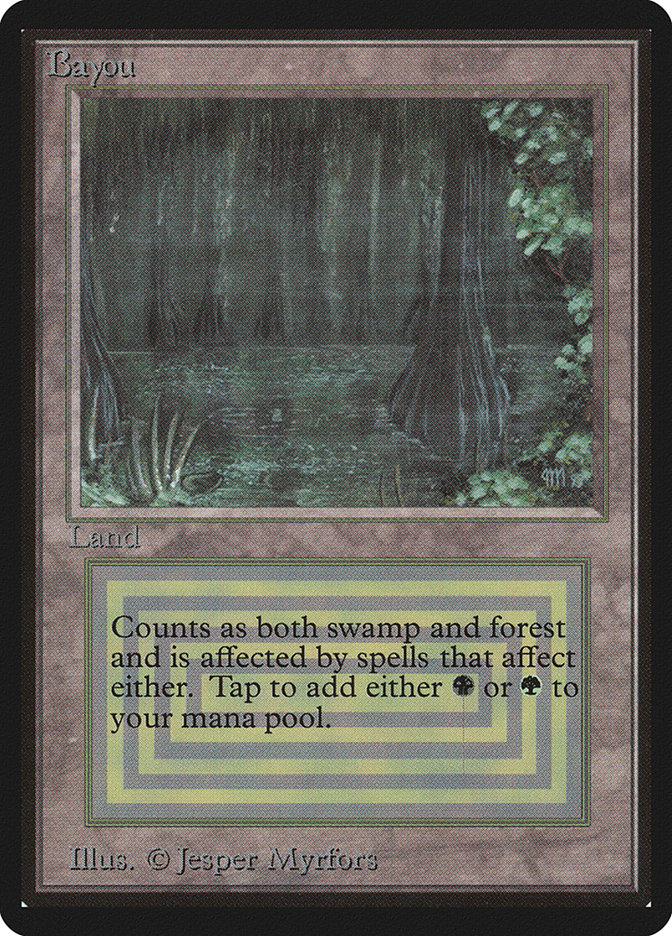
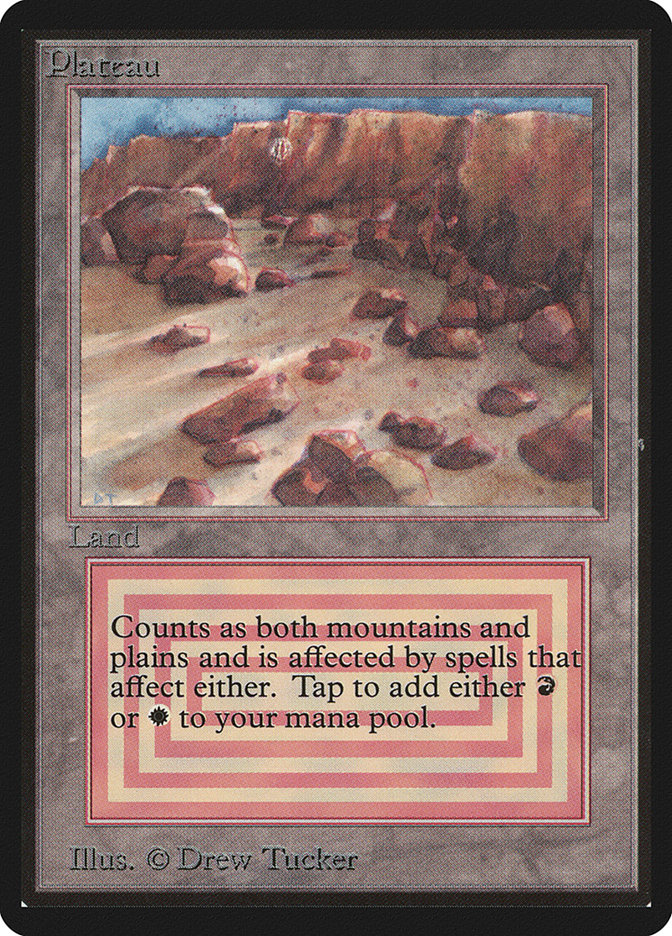
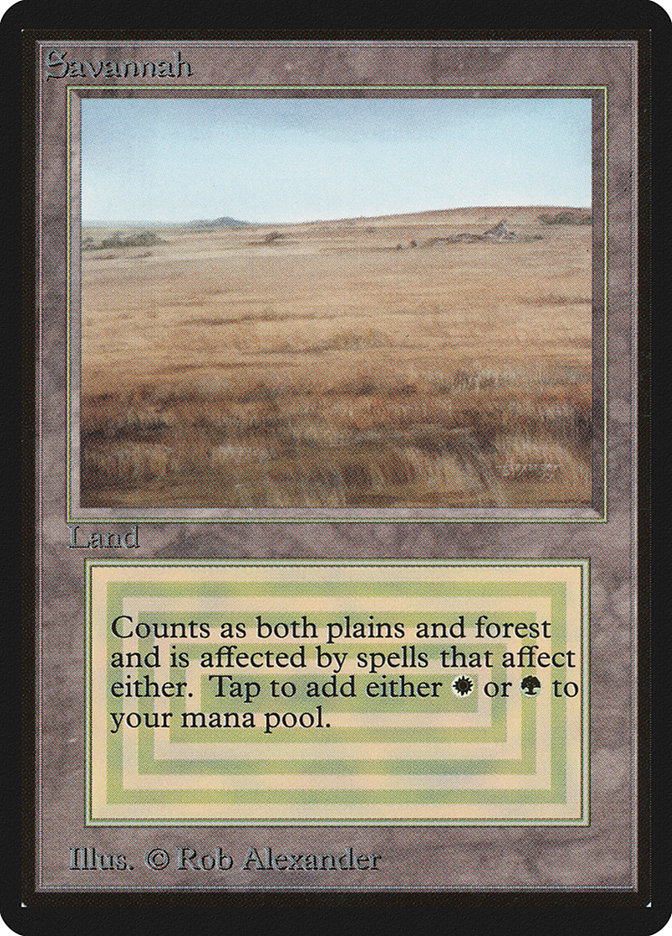


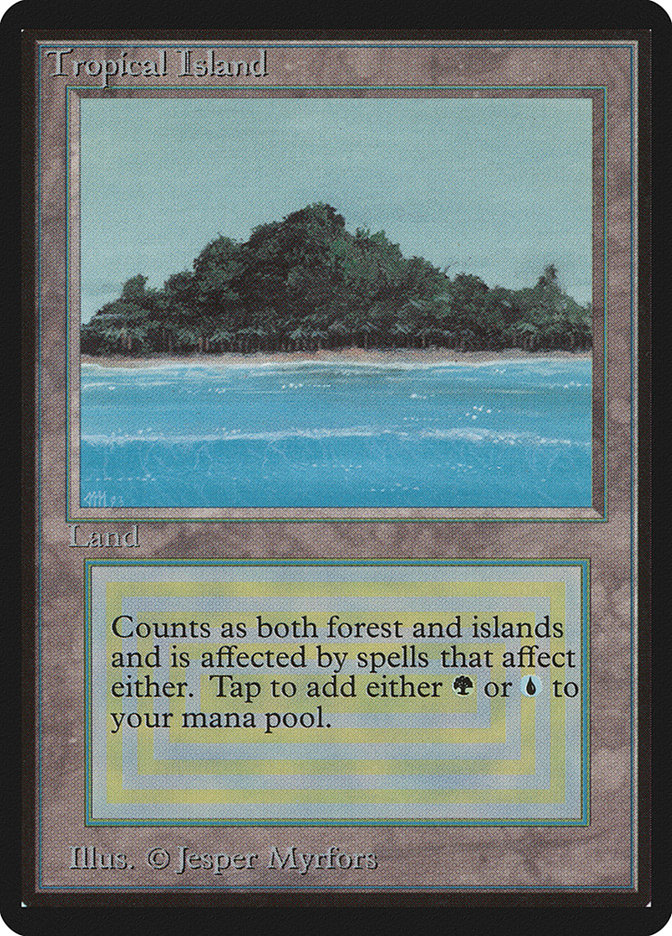


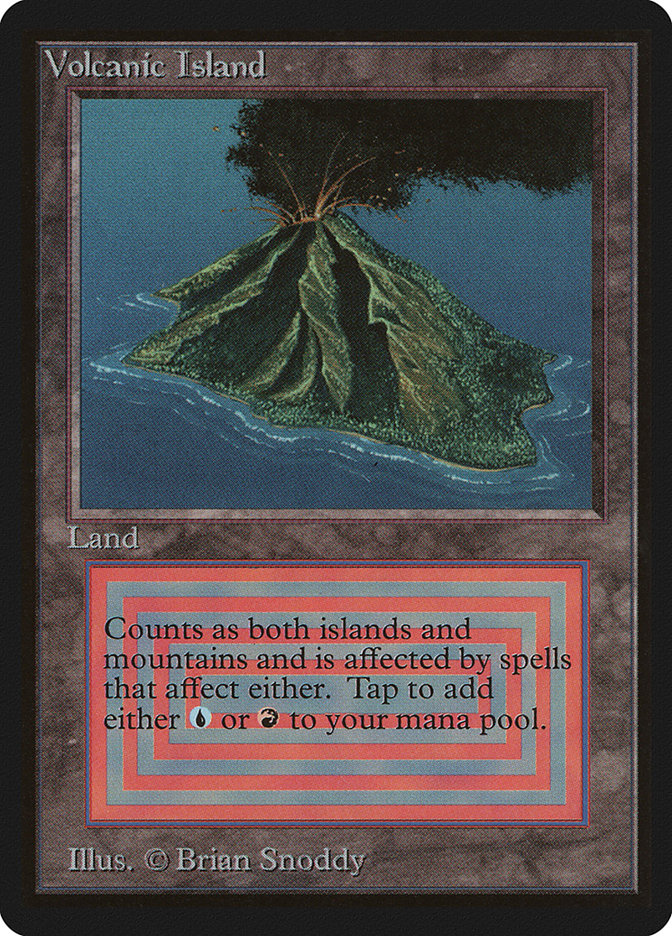

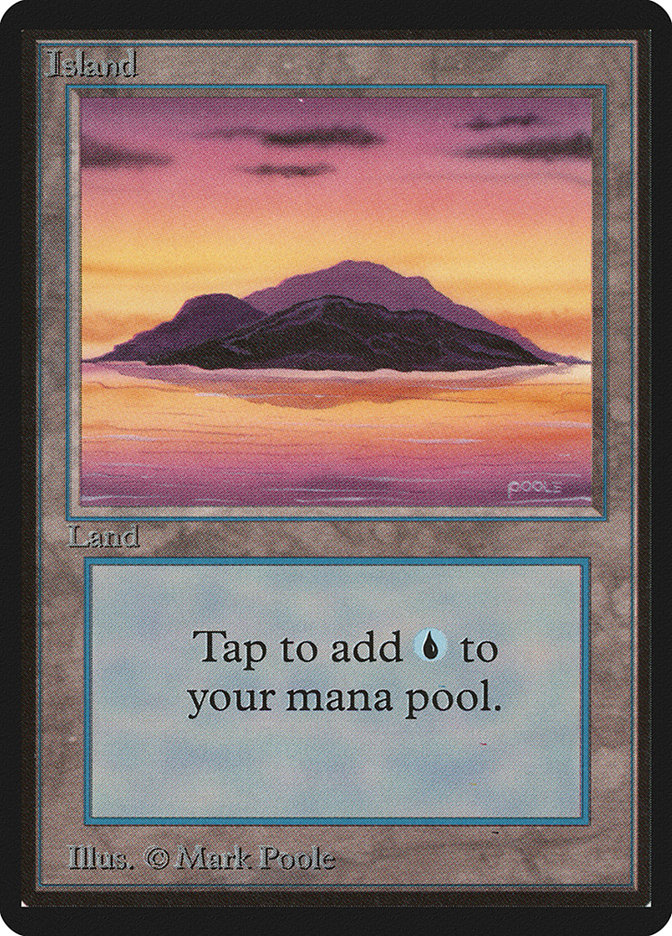
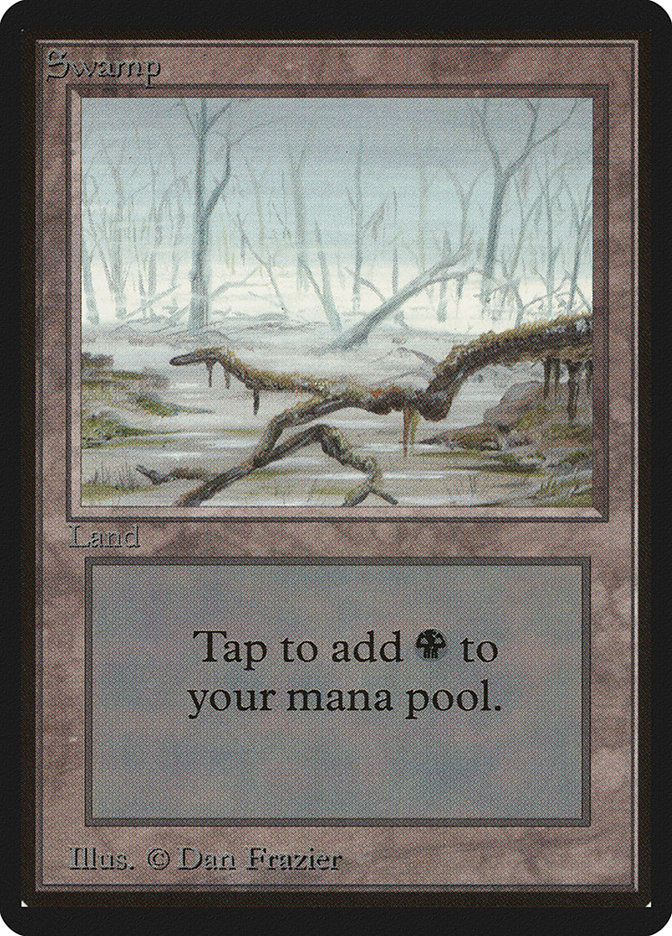


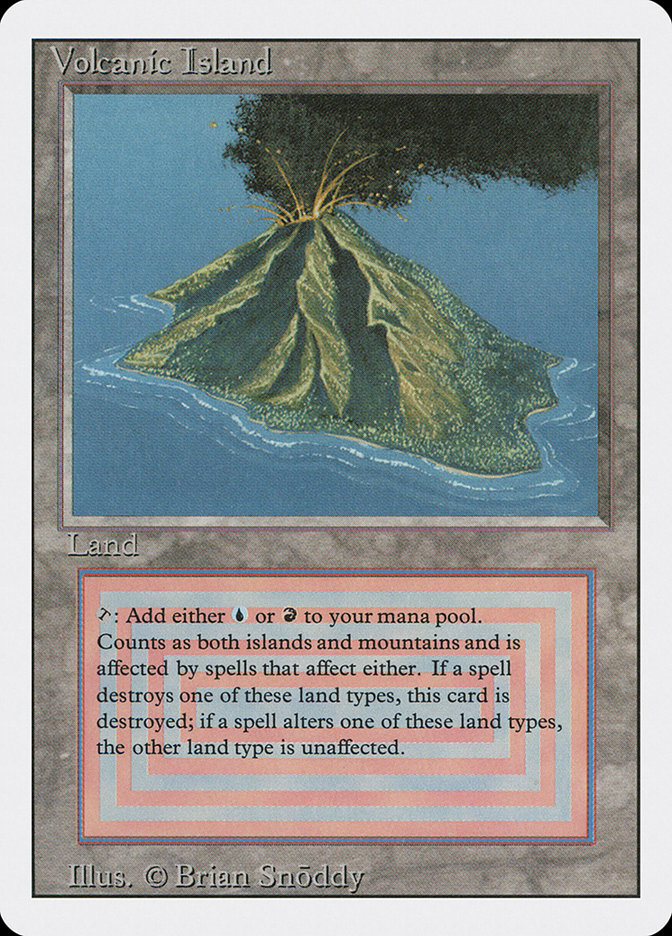
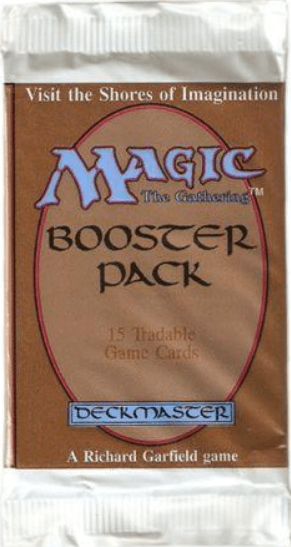



Add Comment